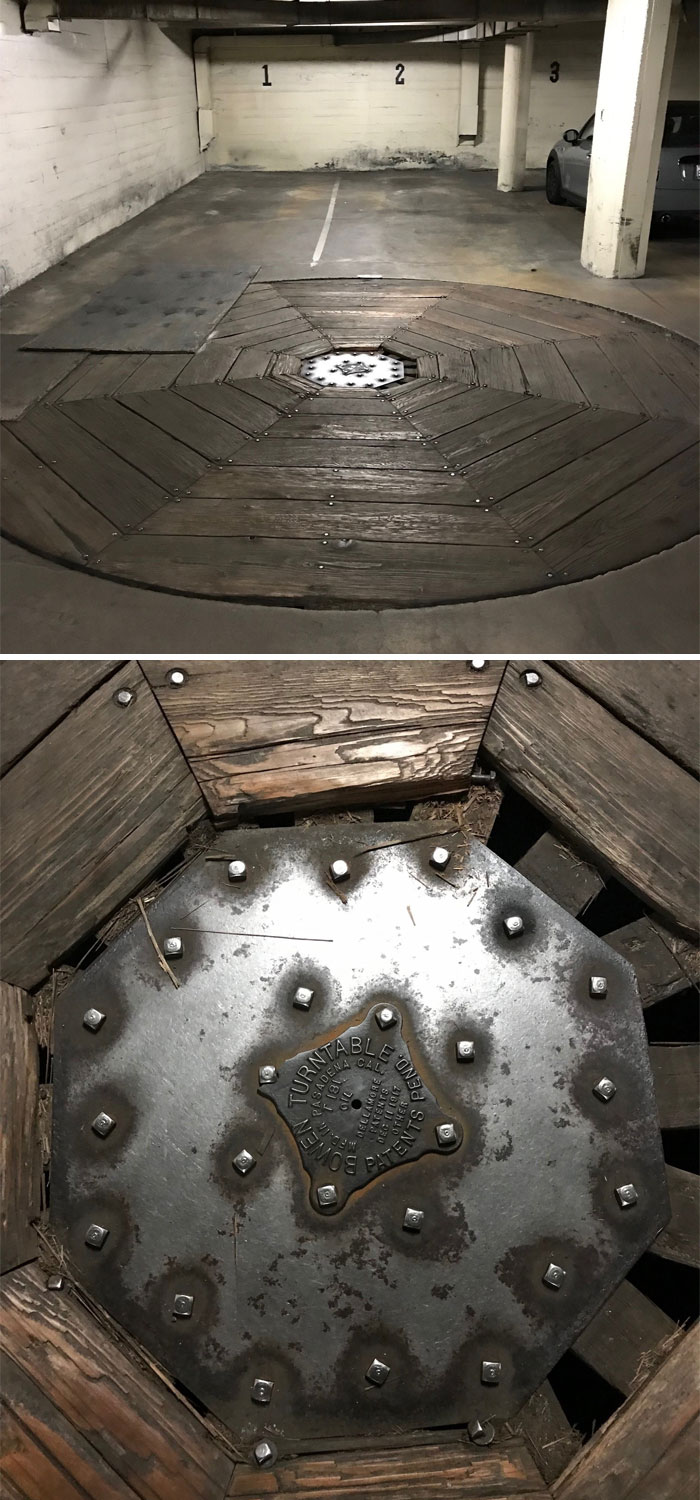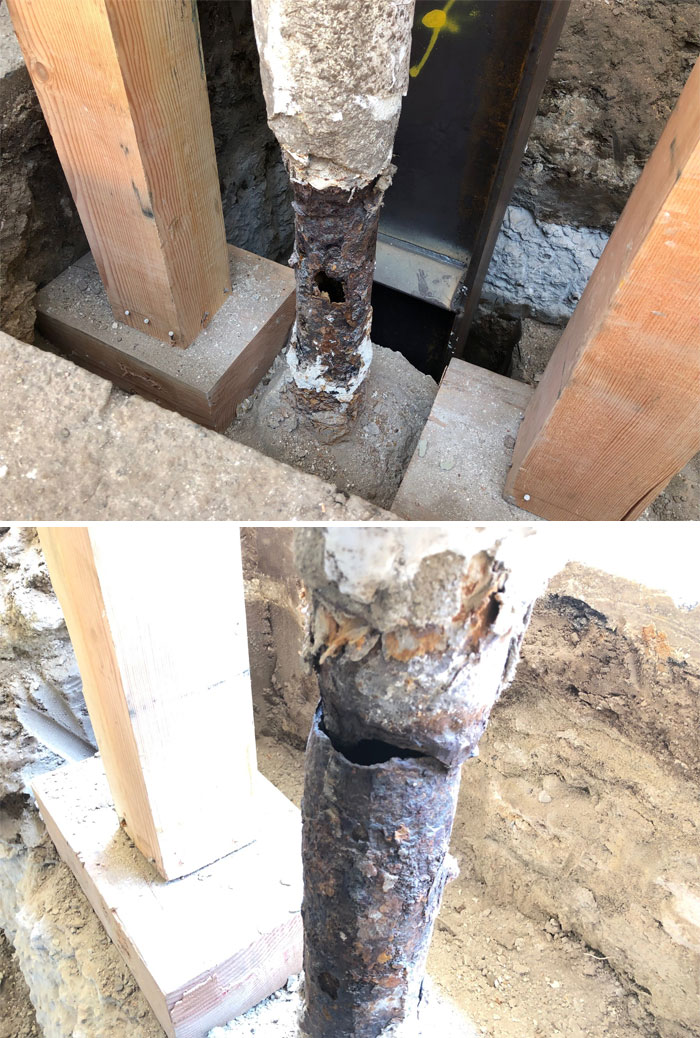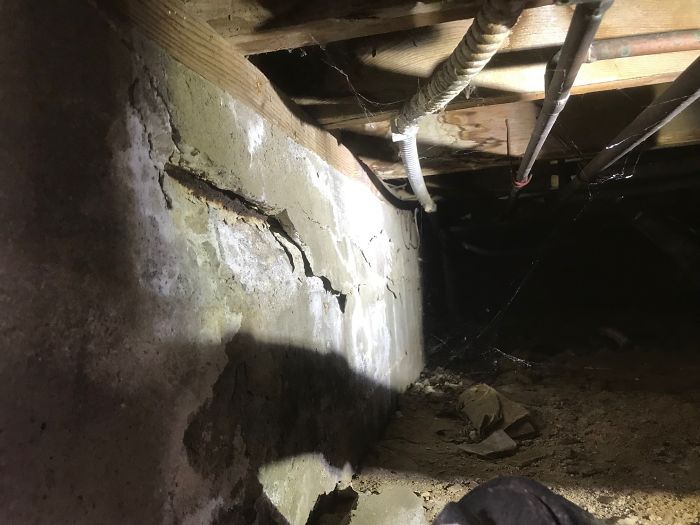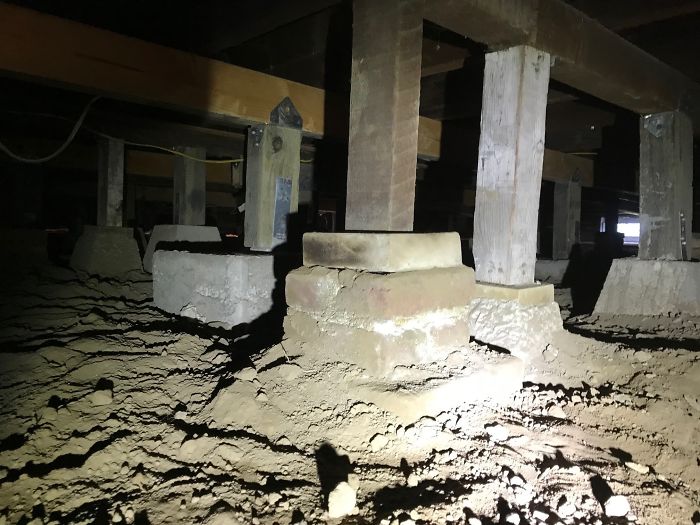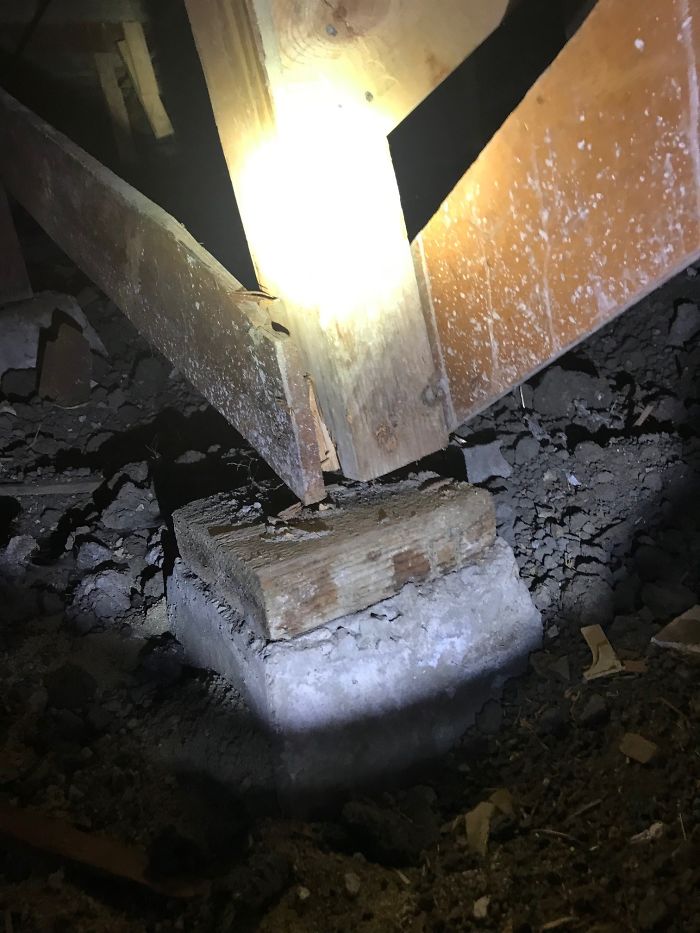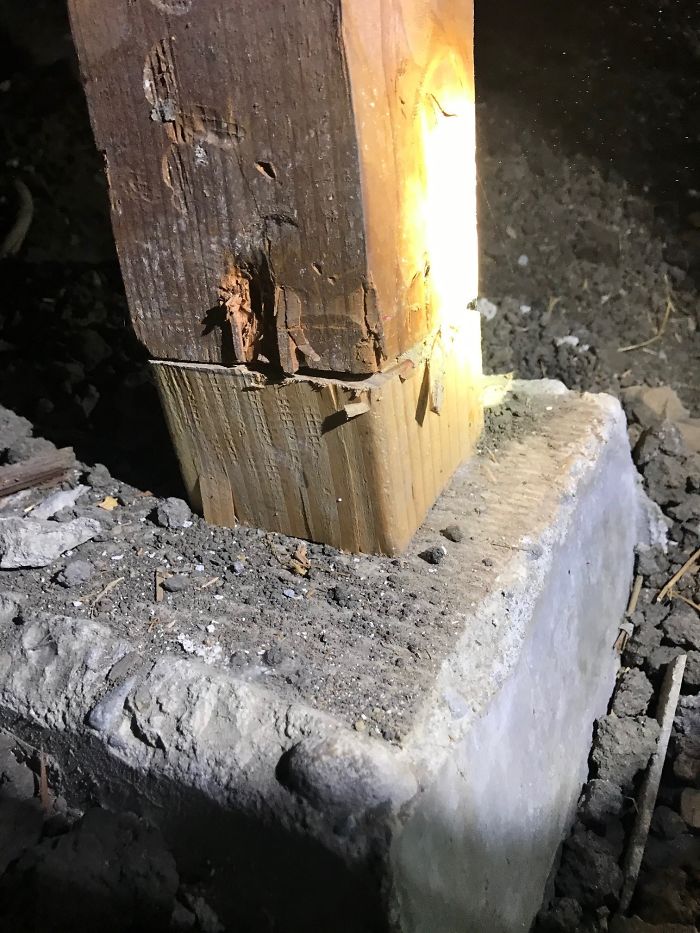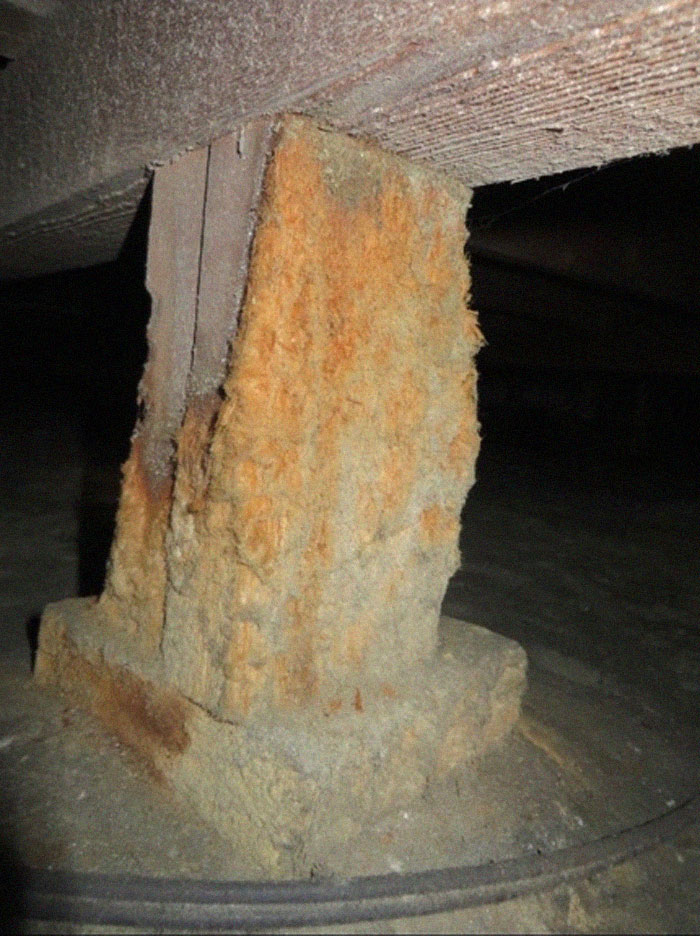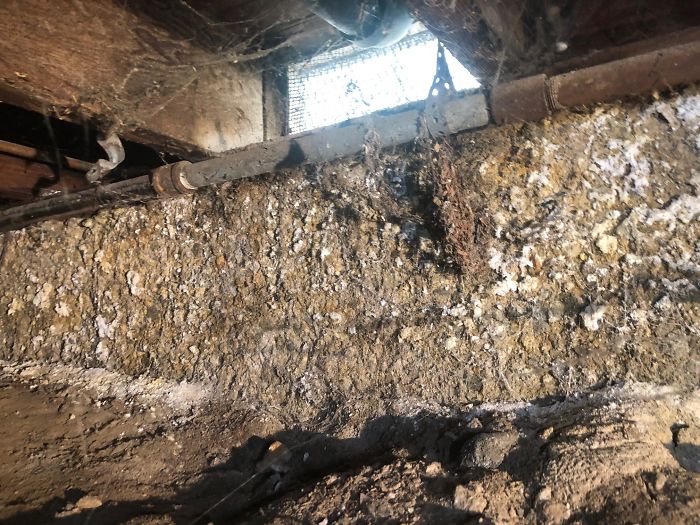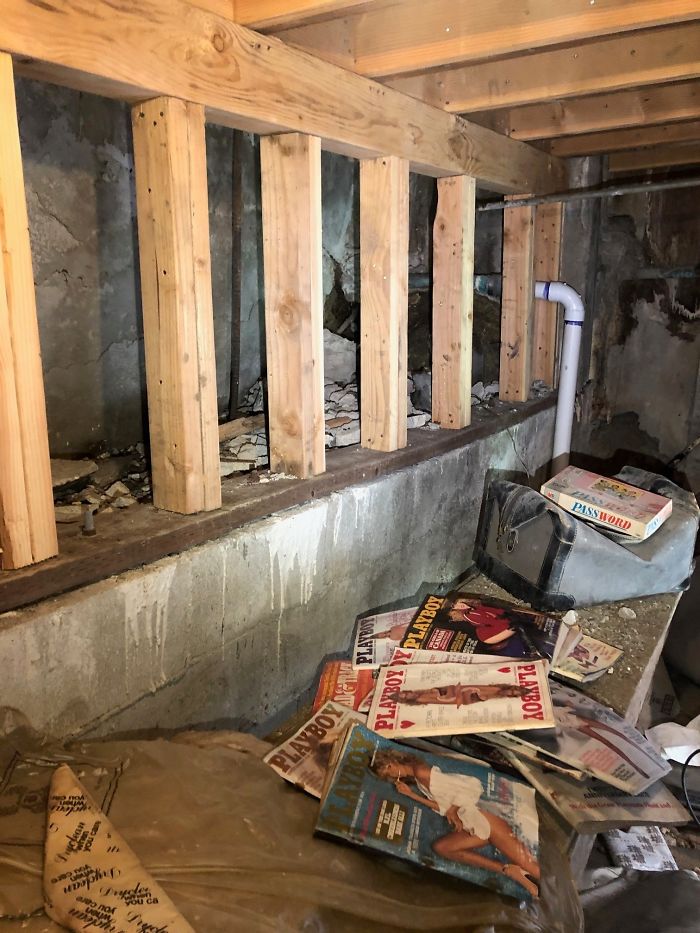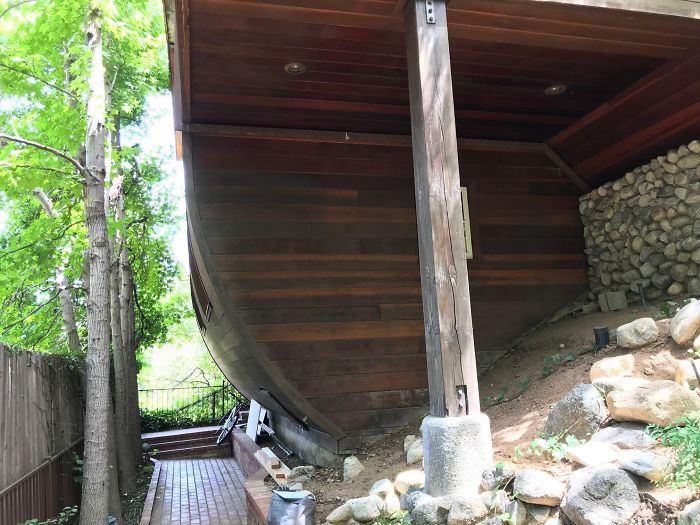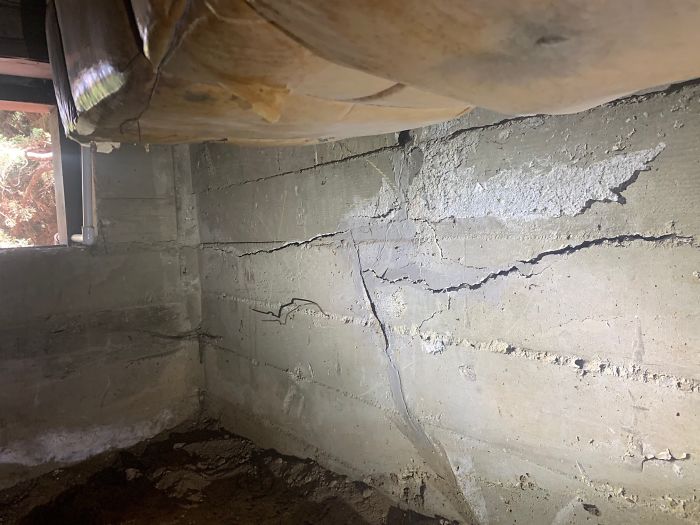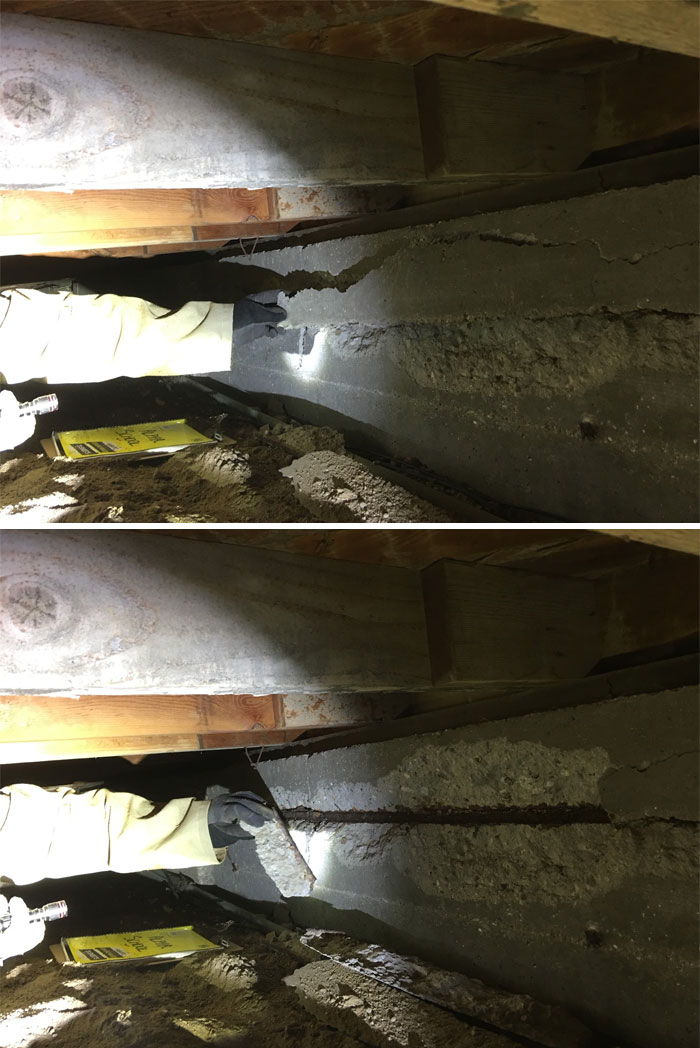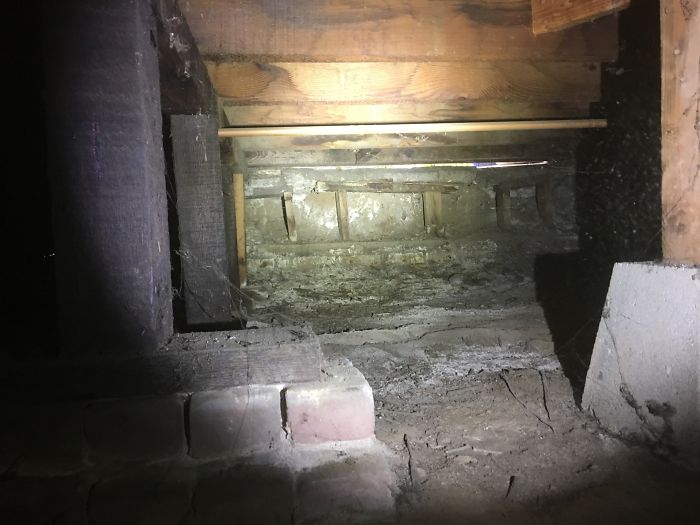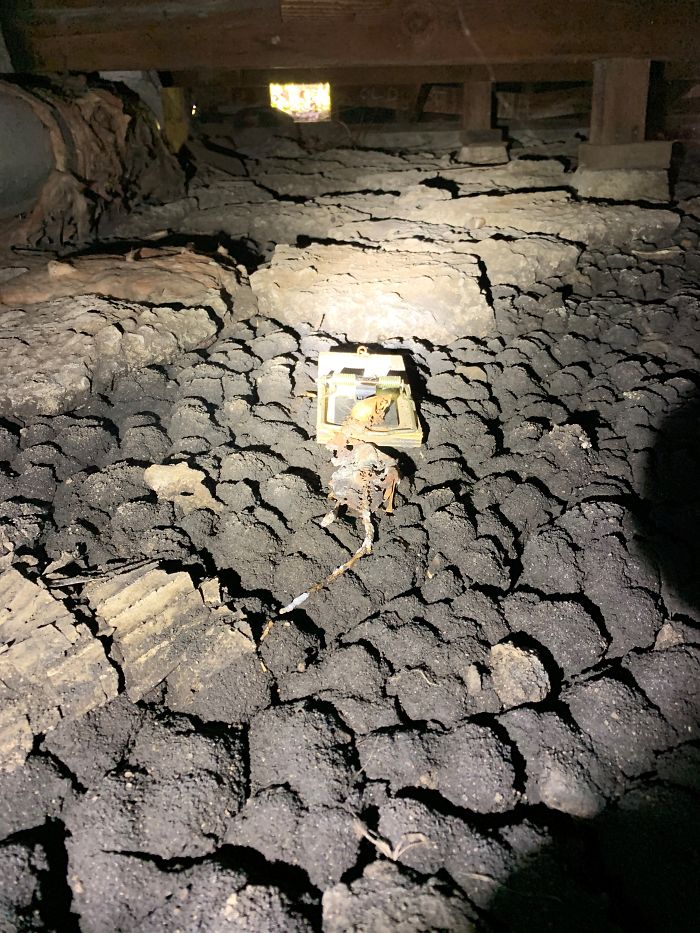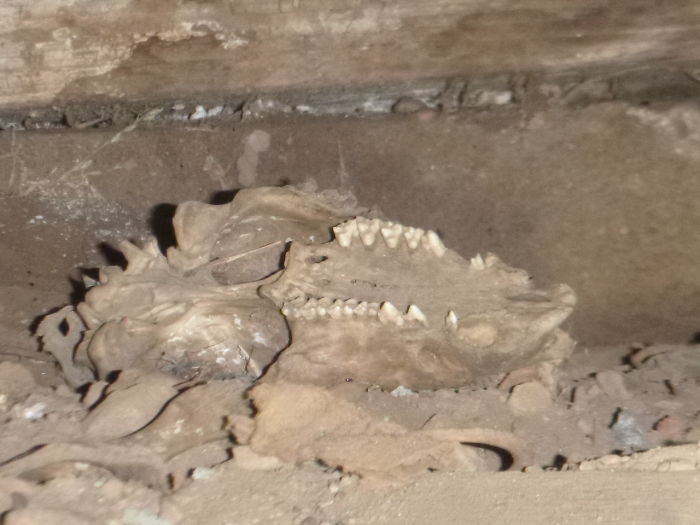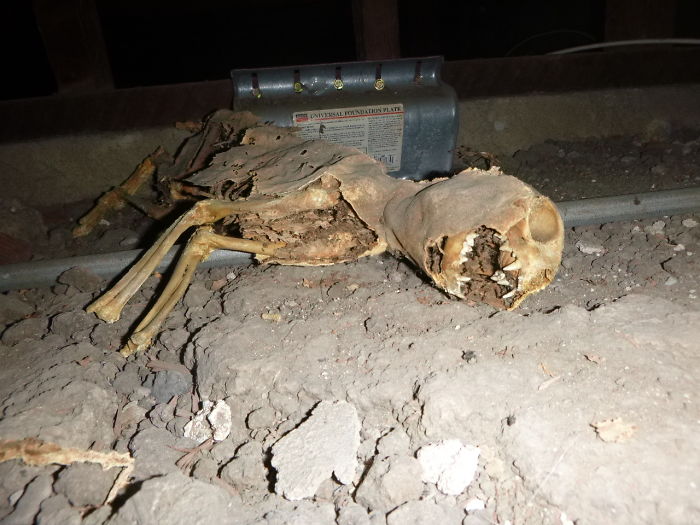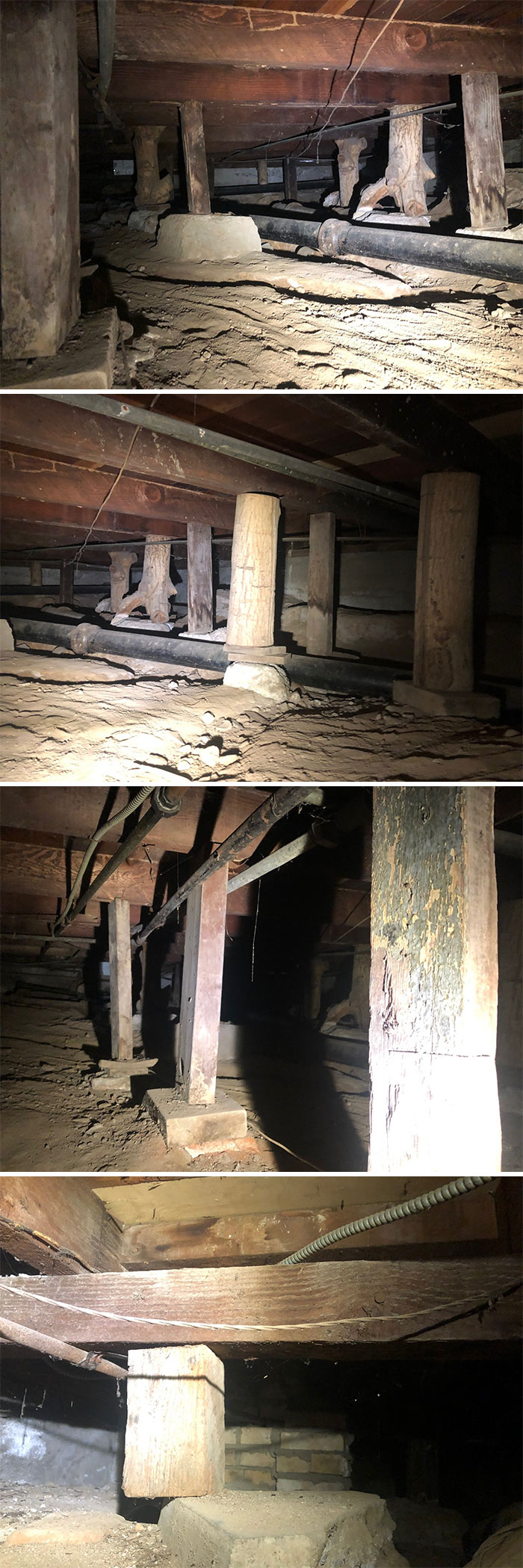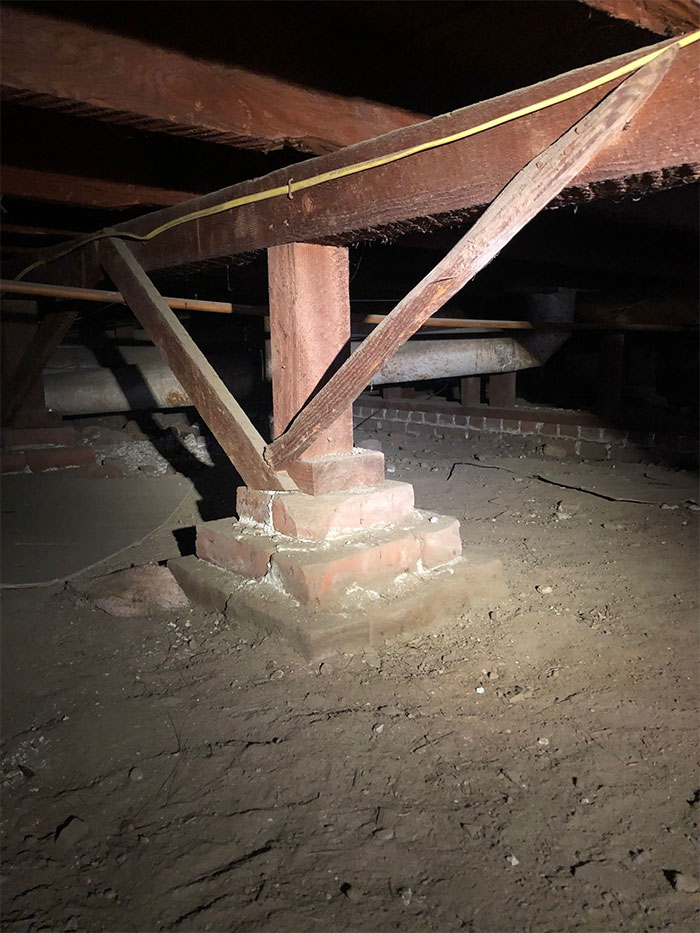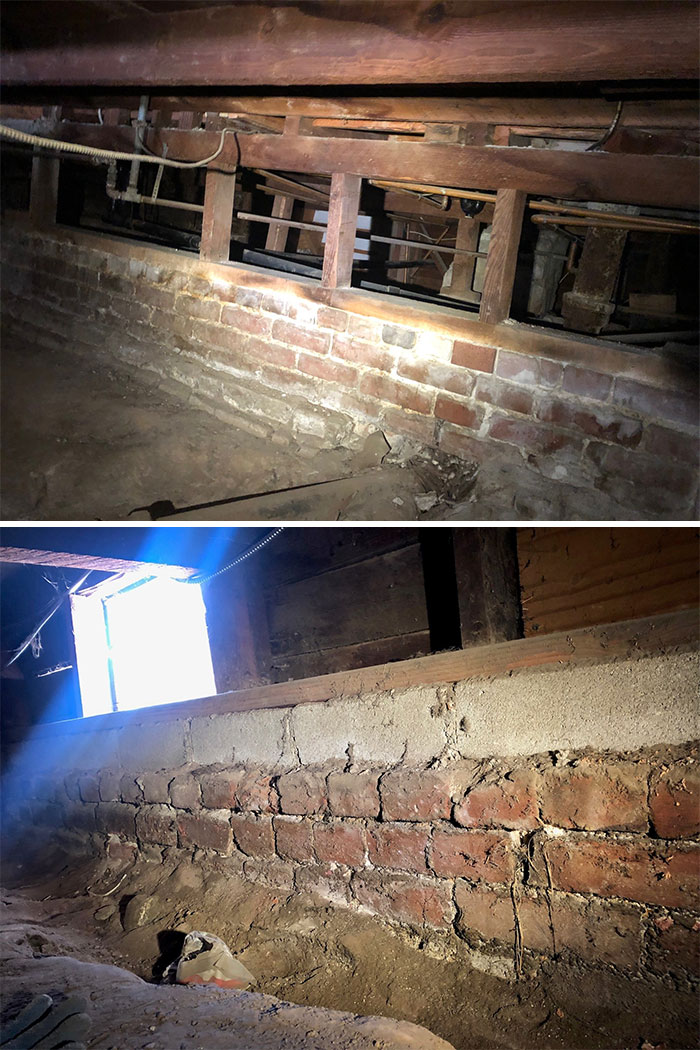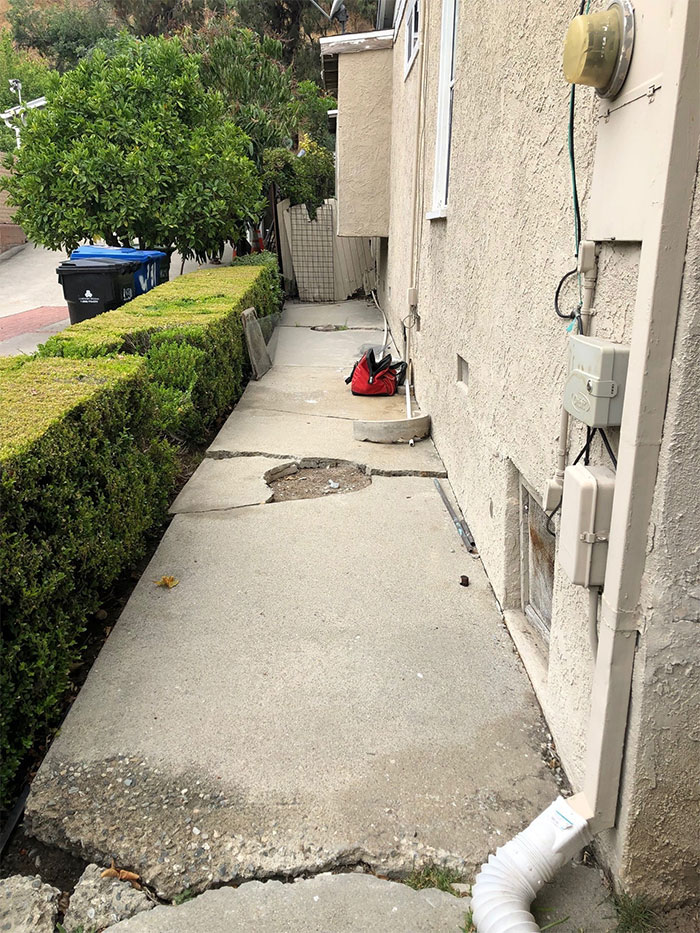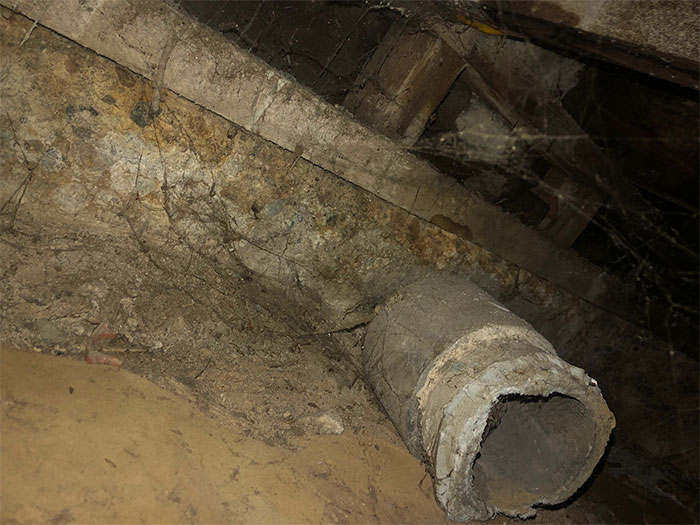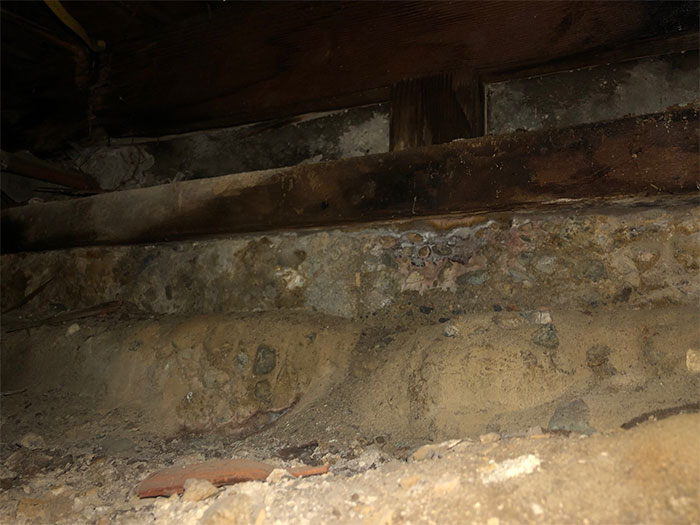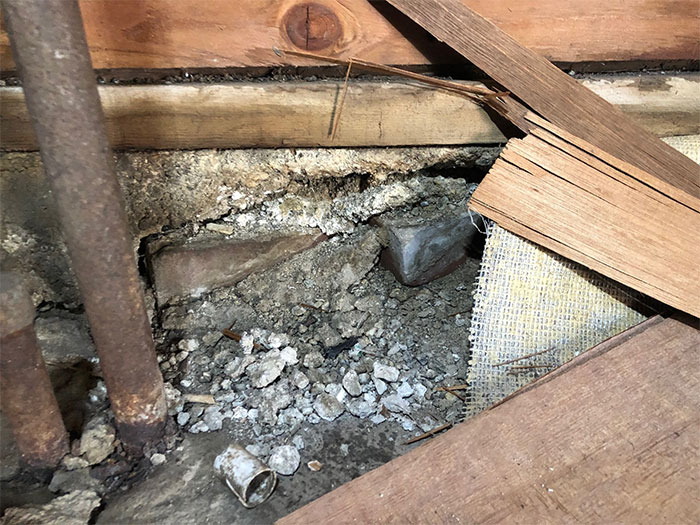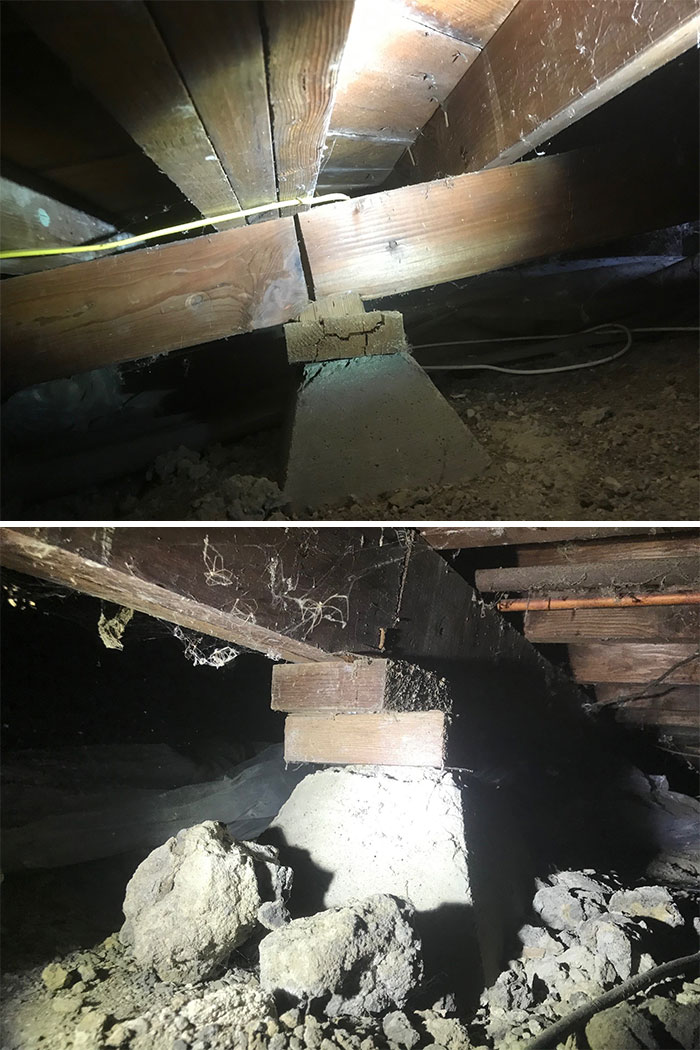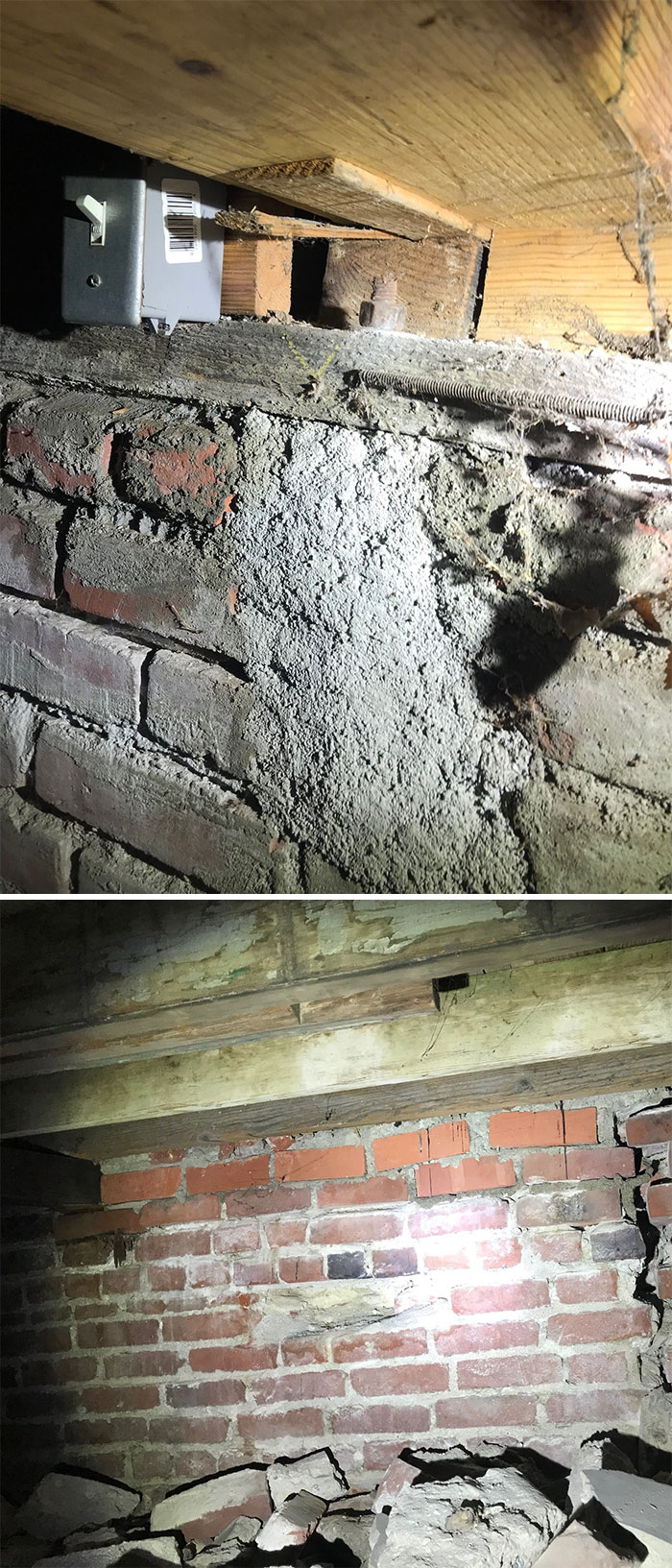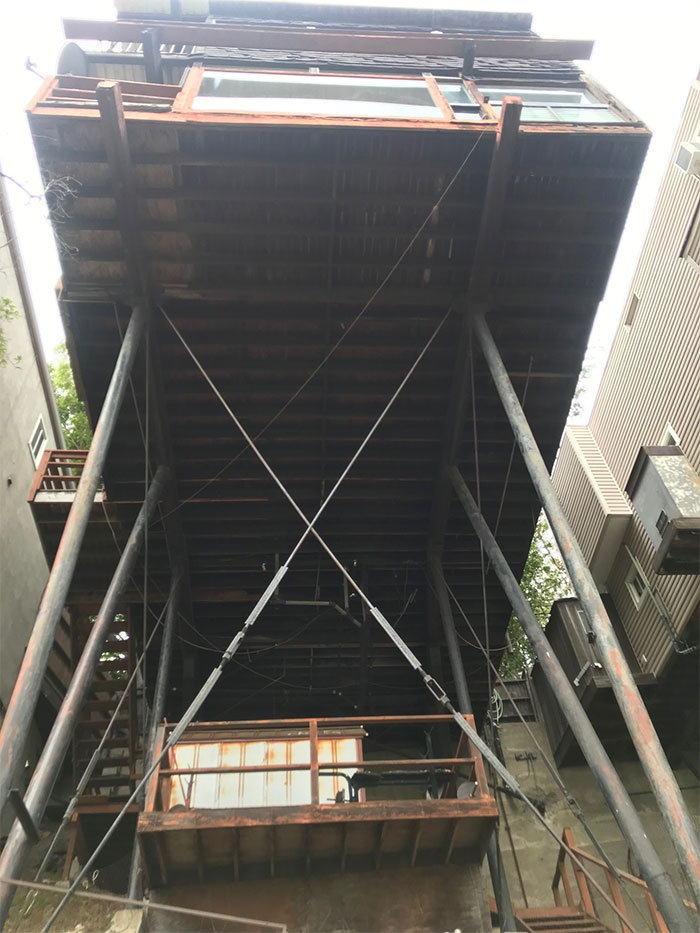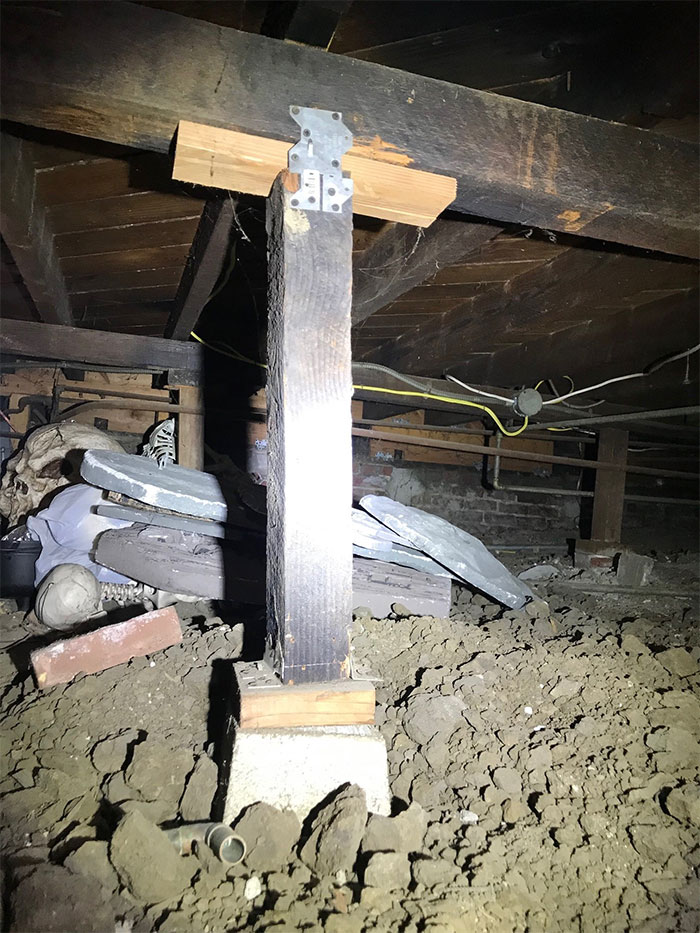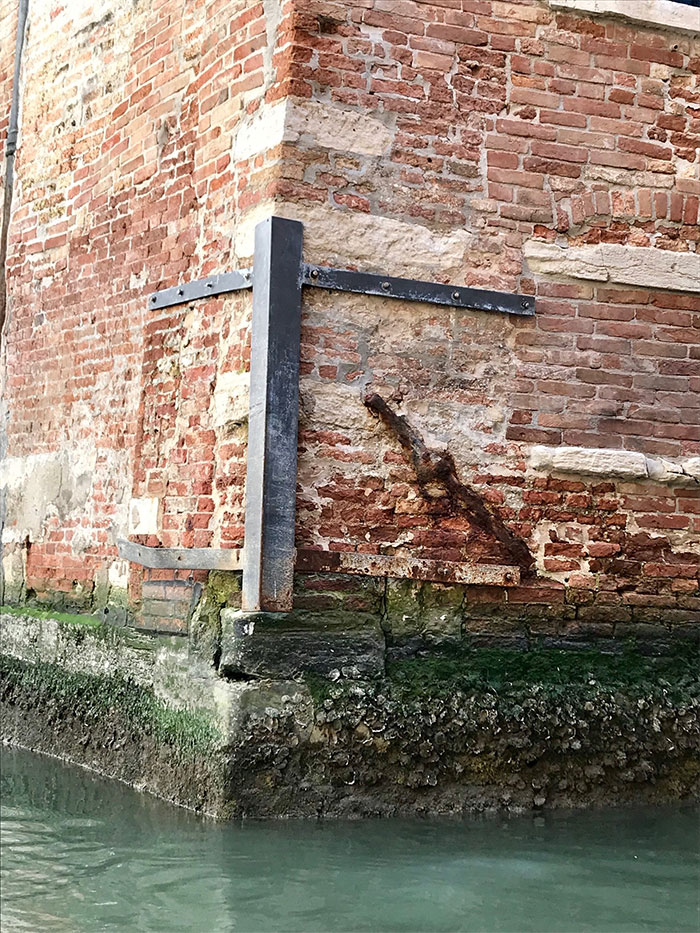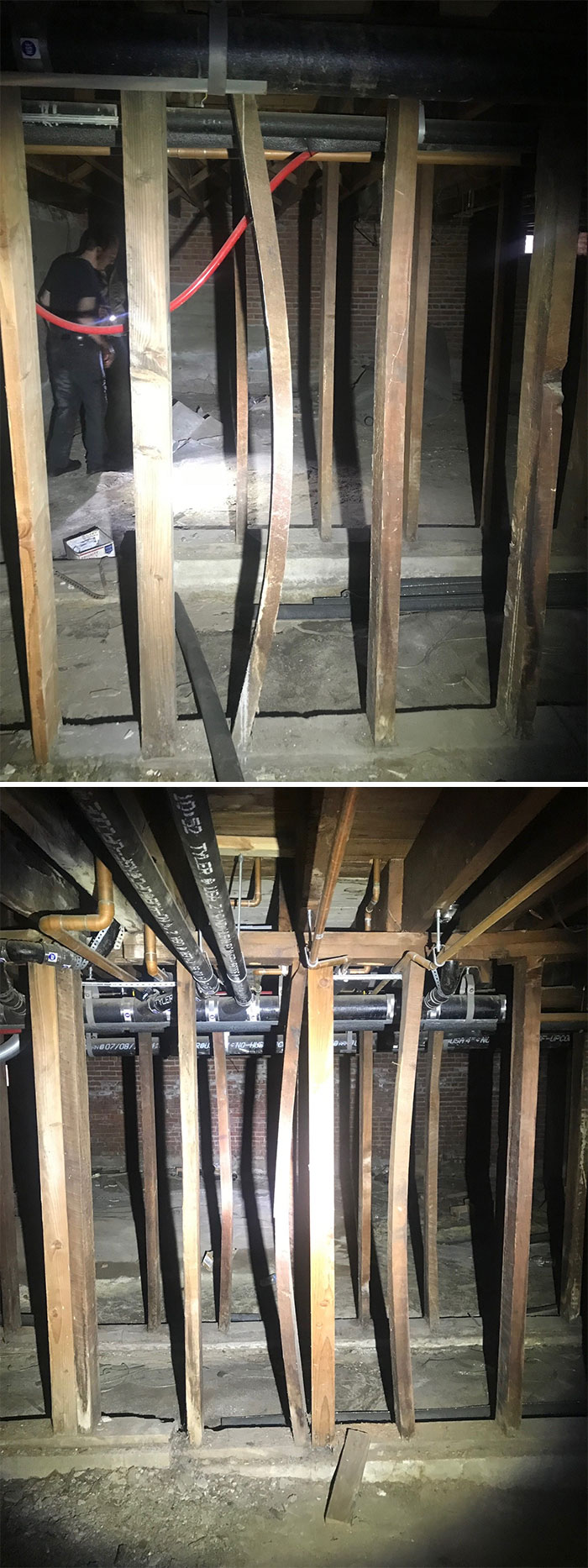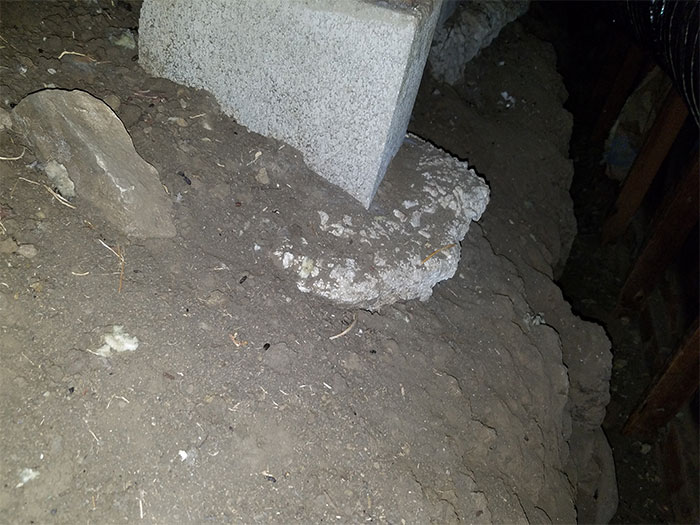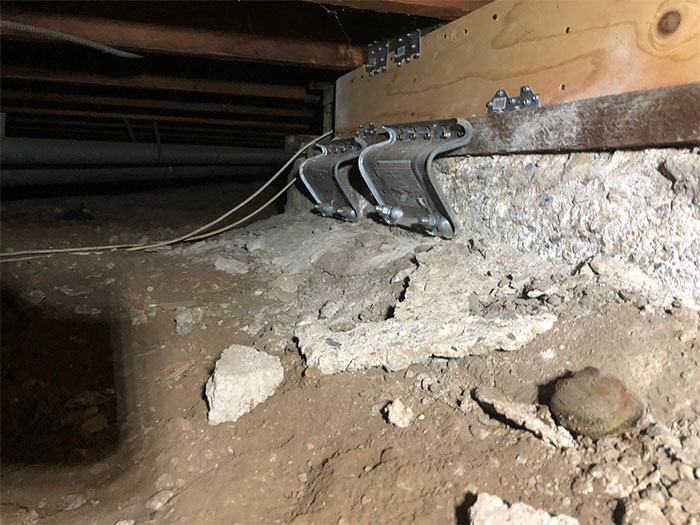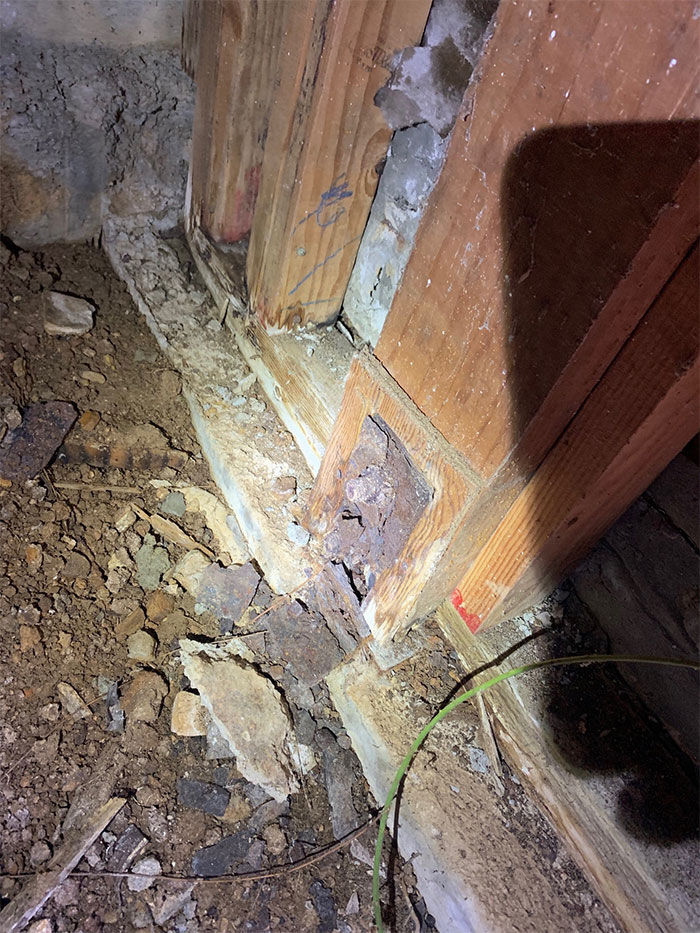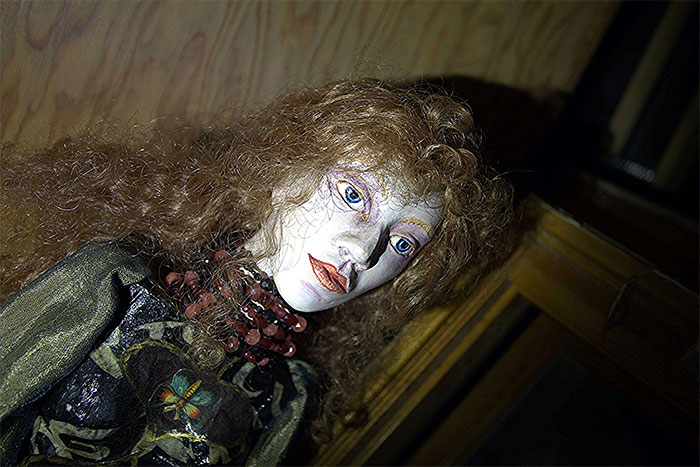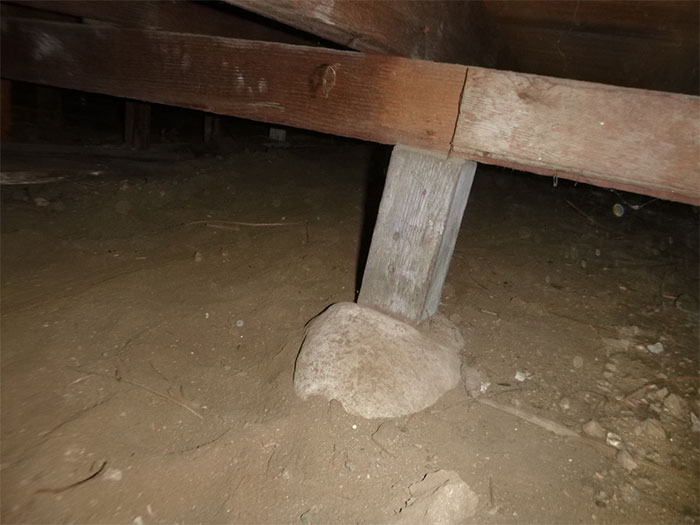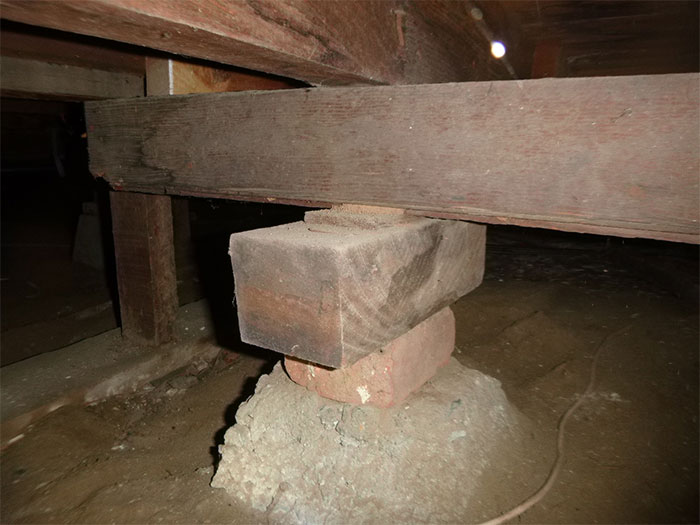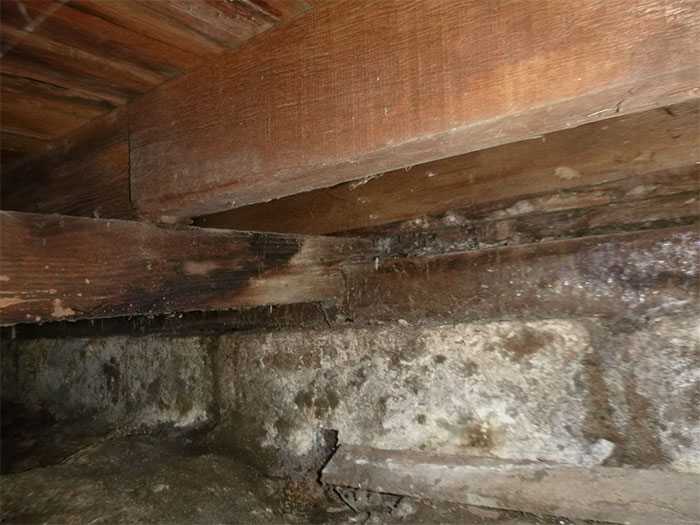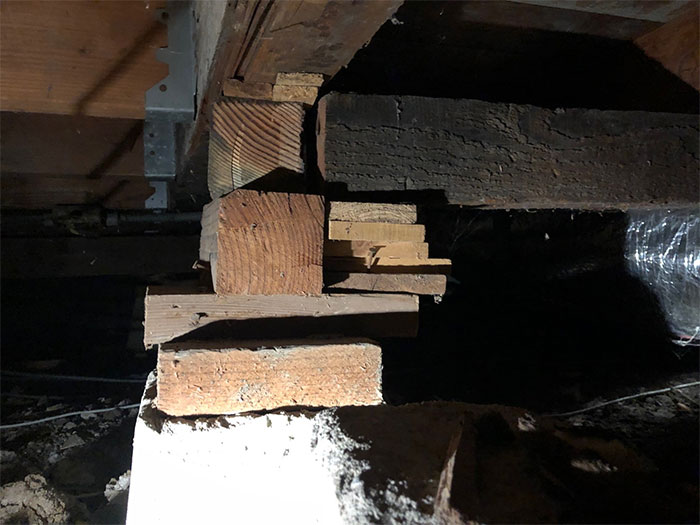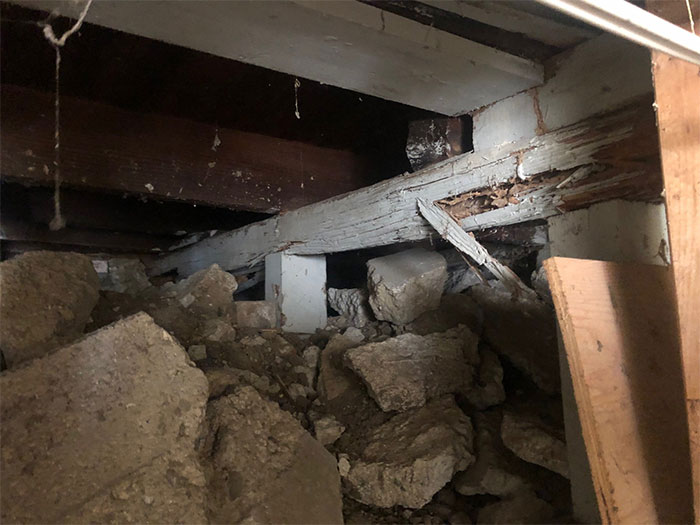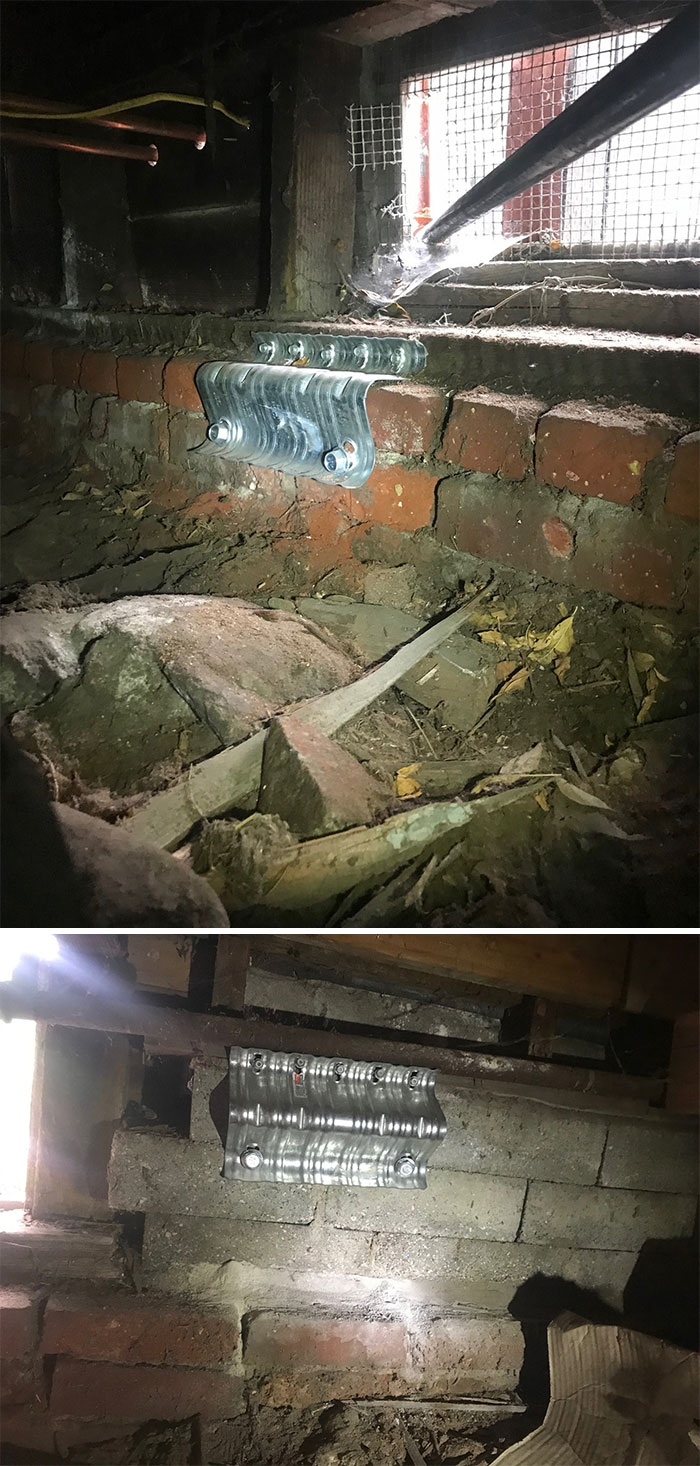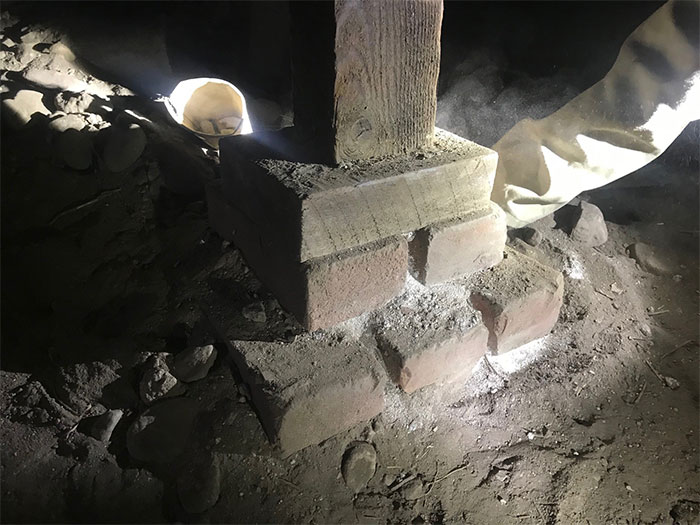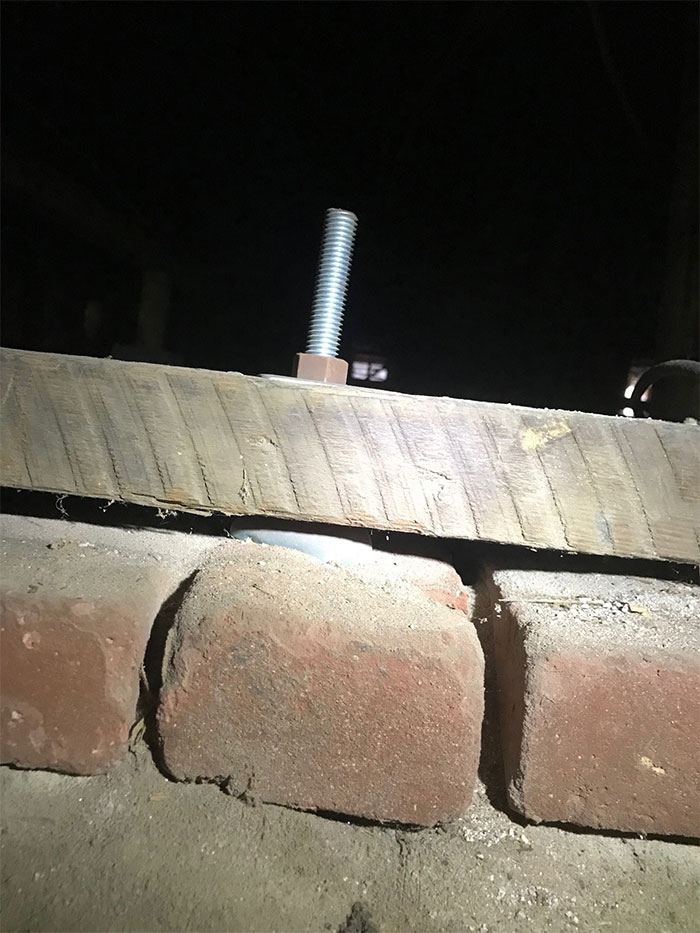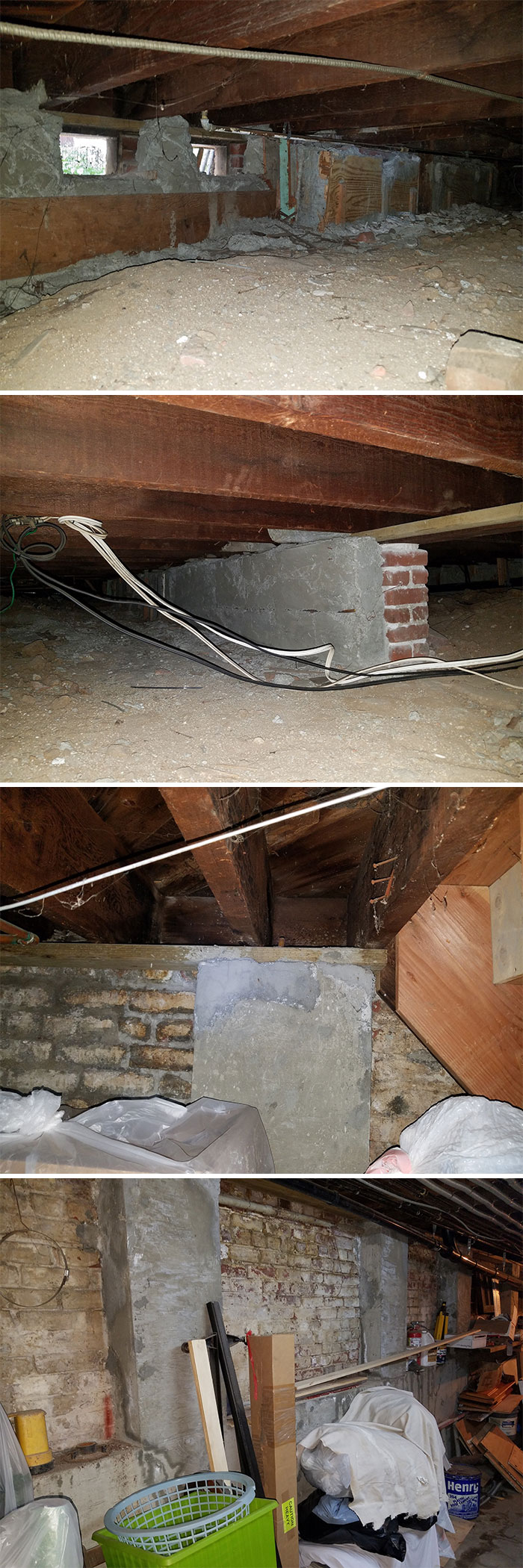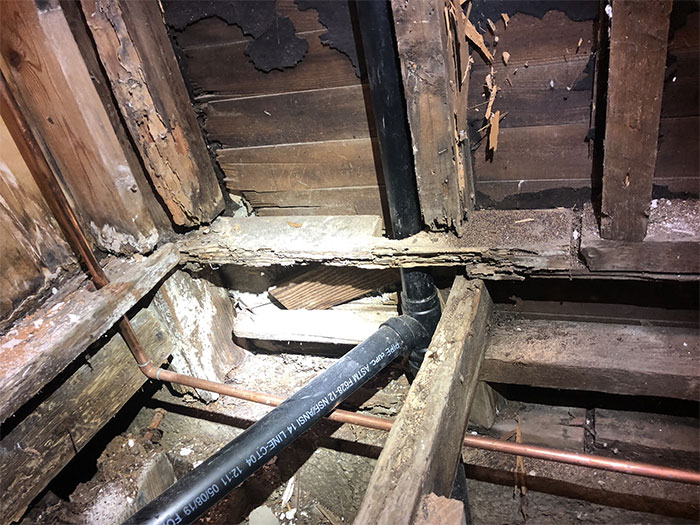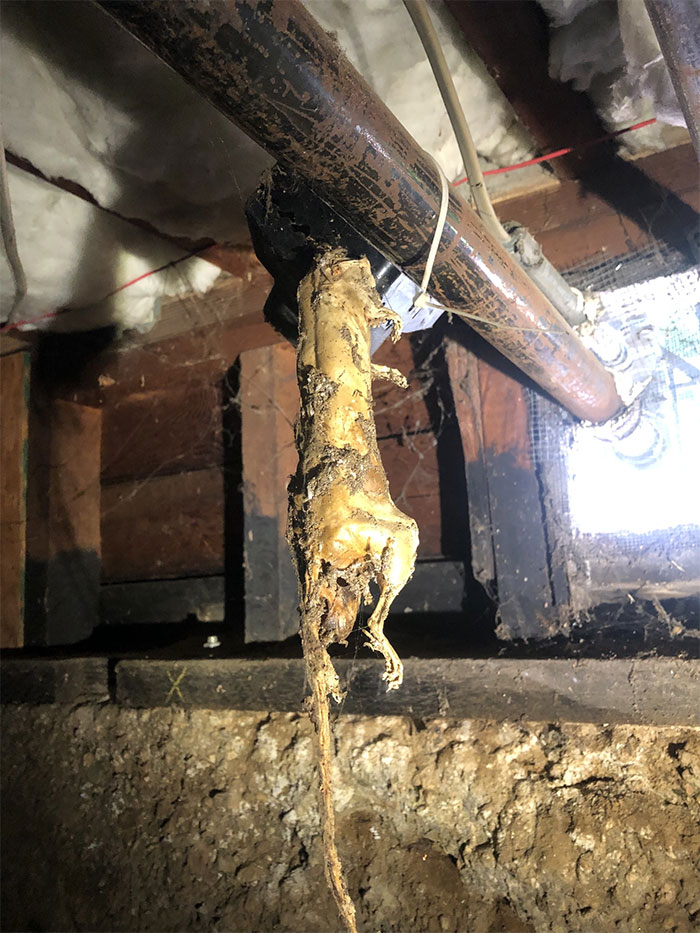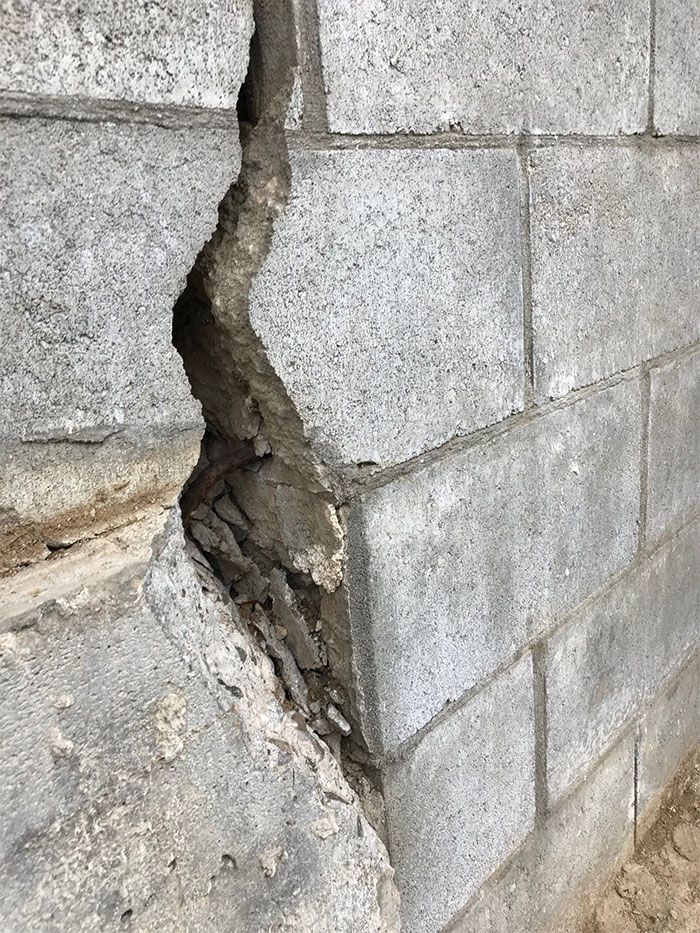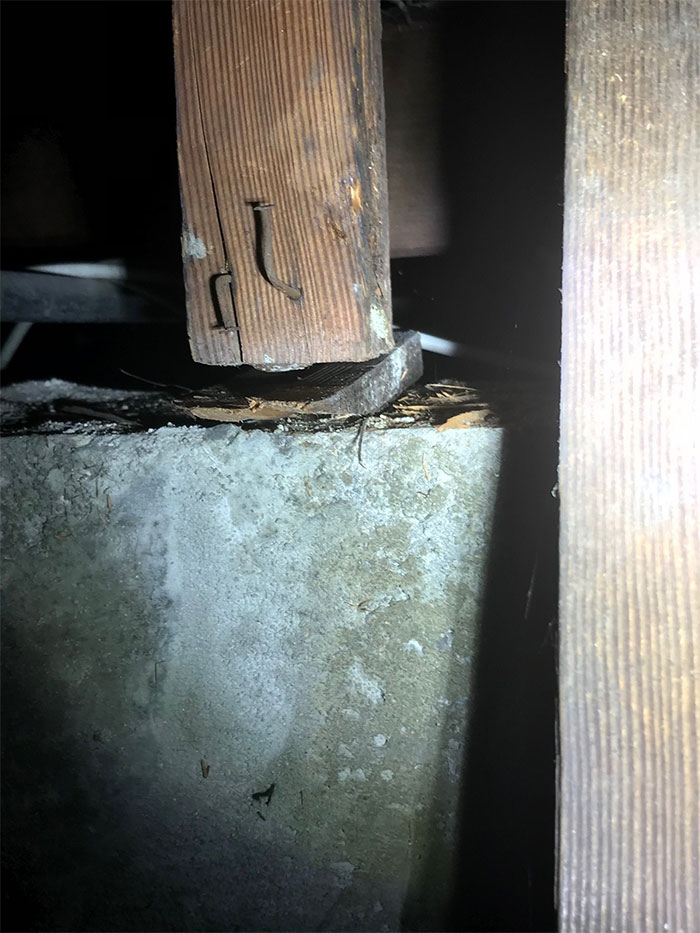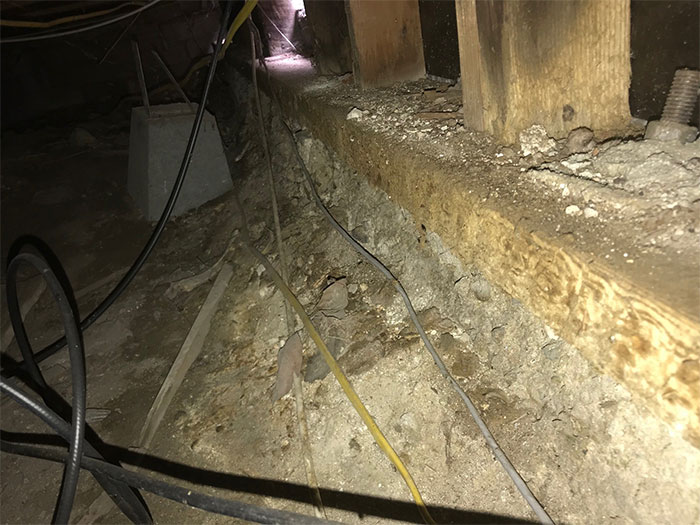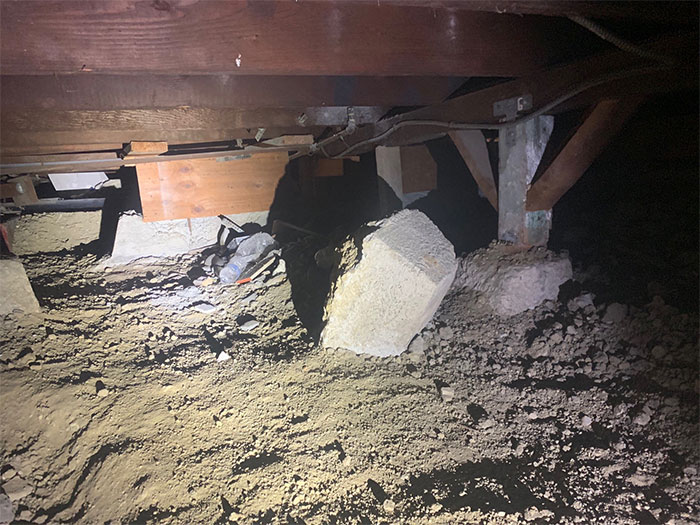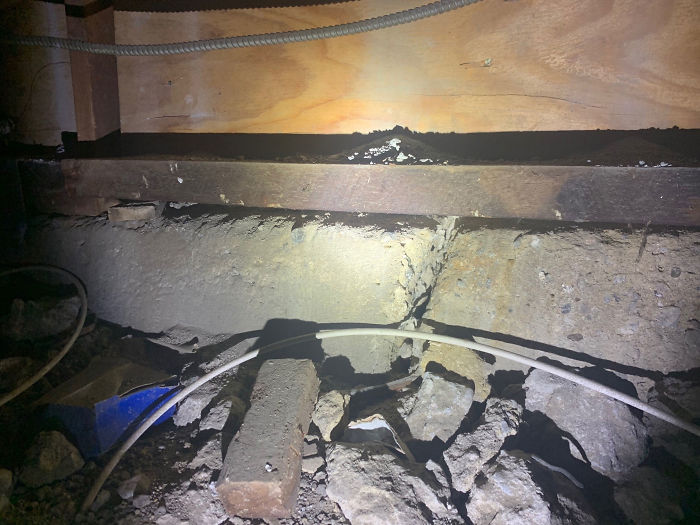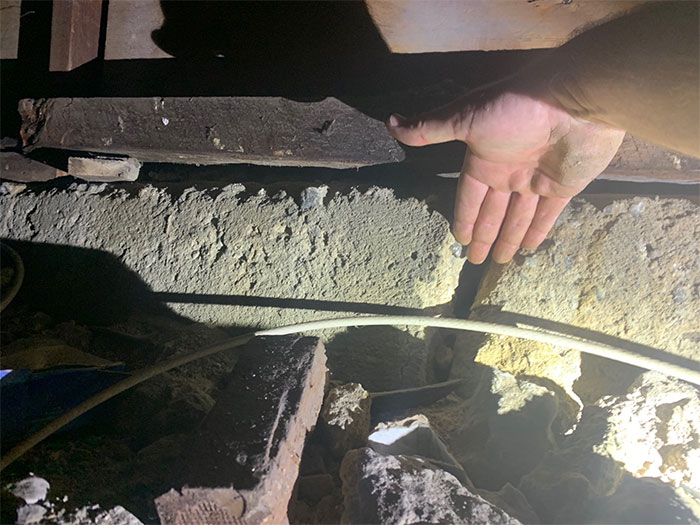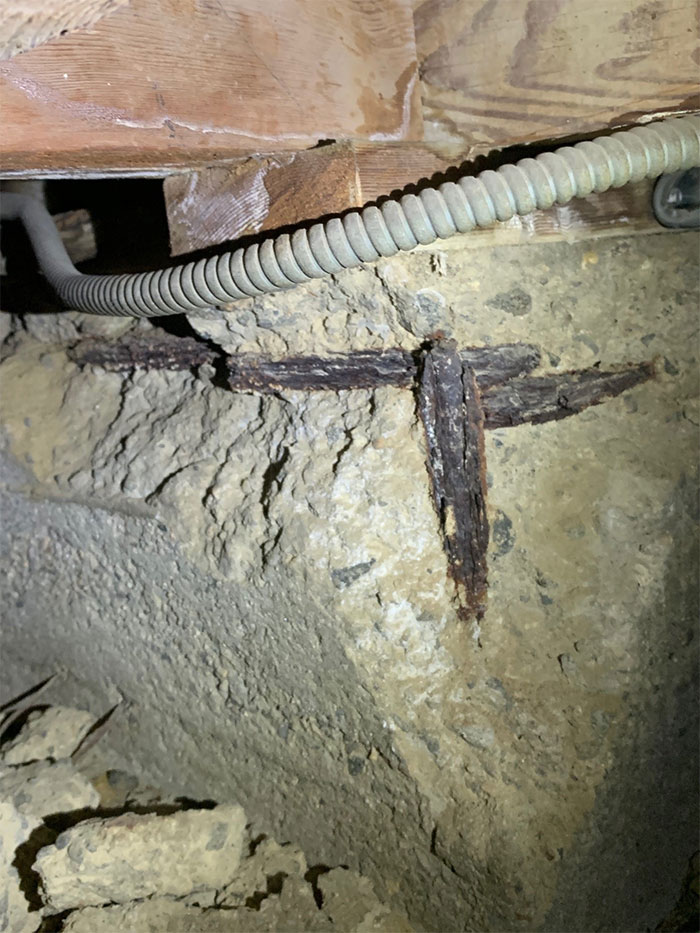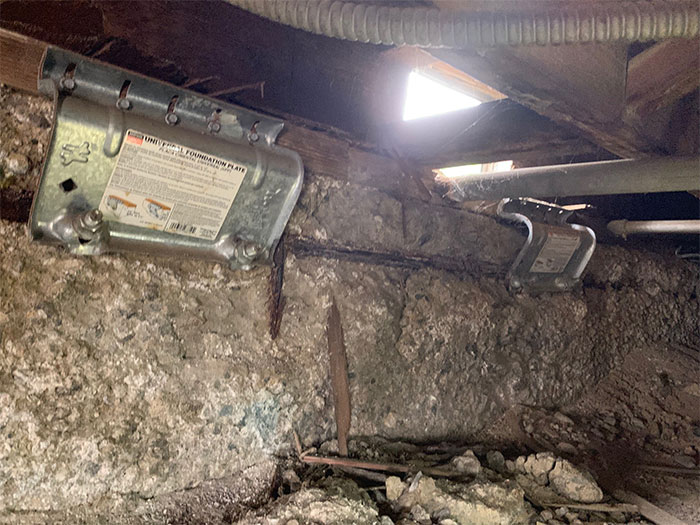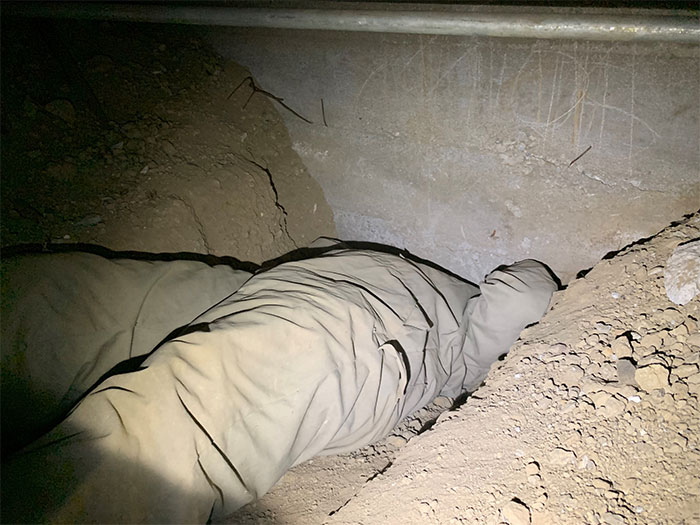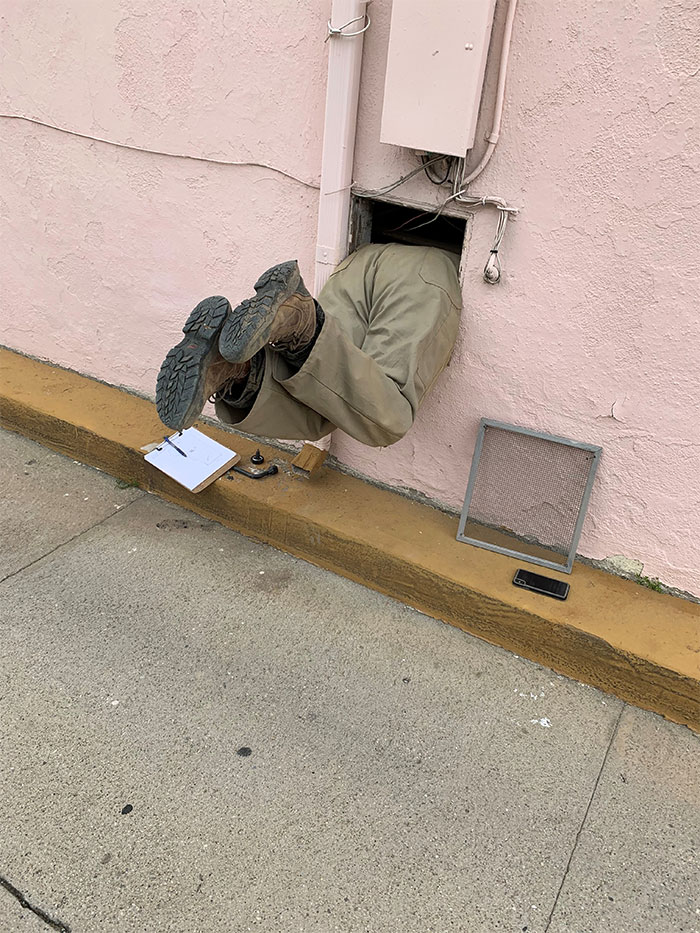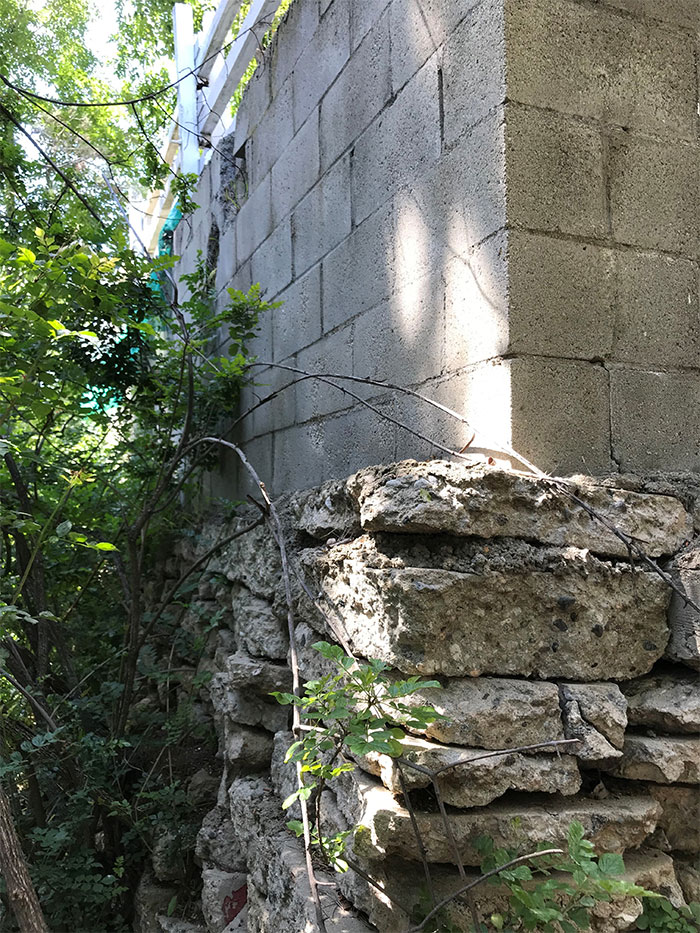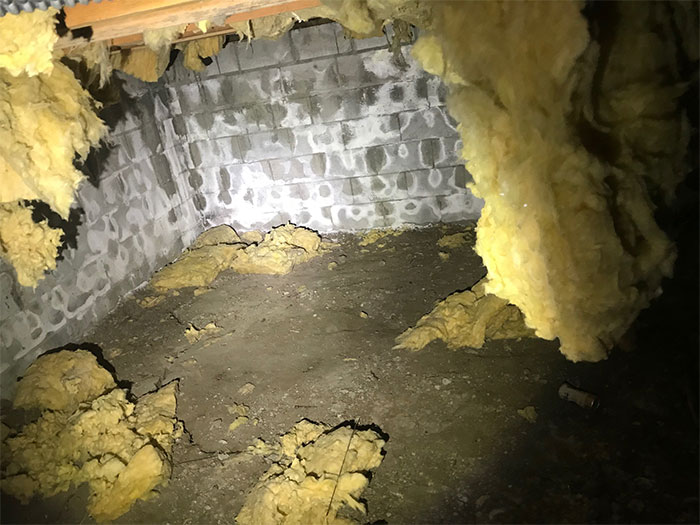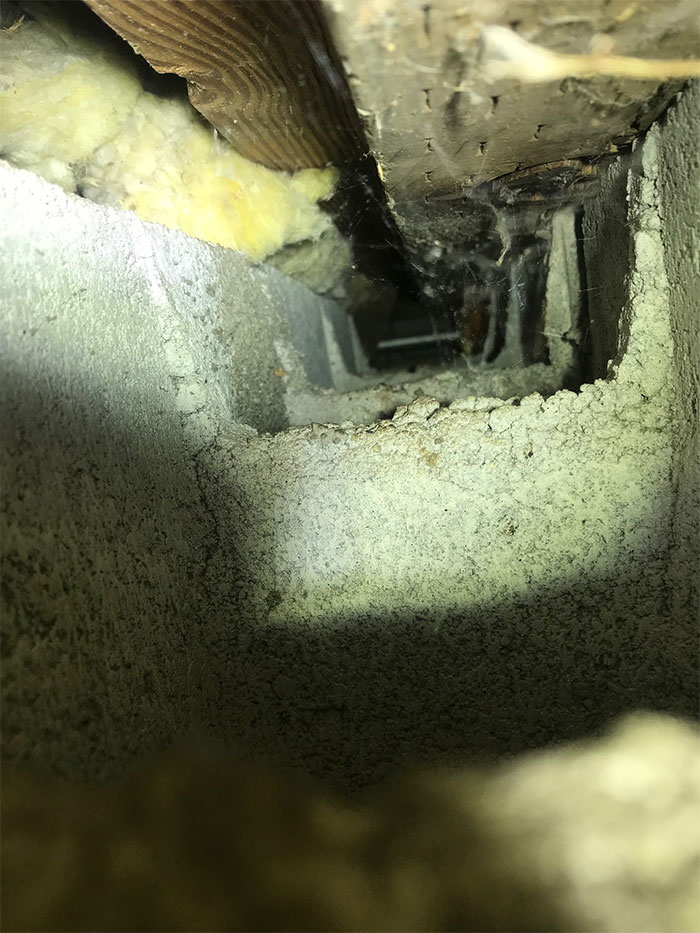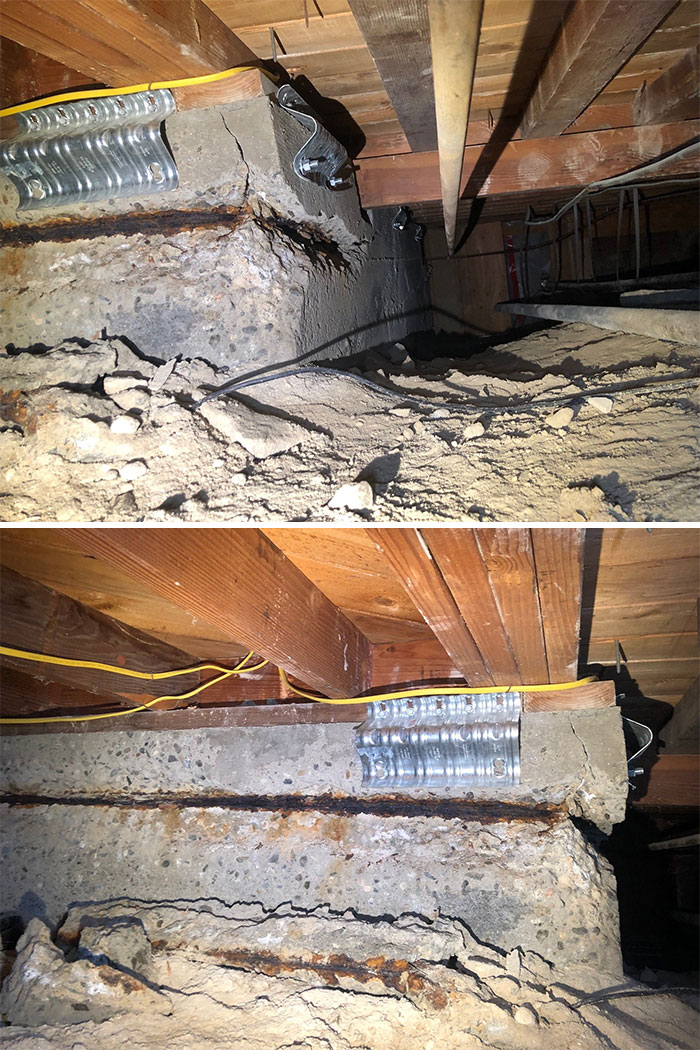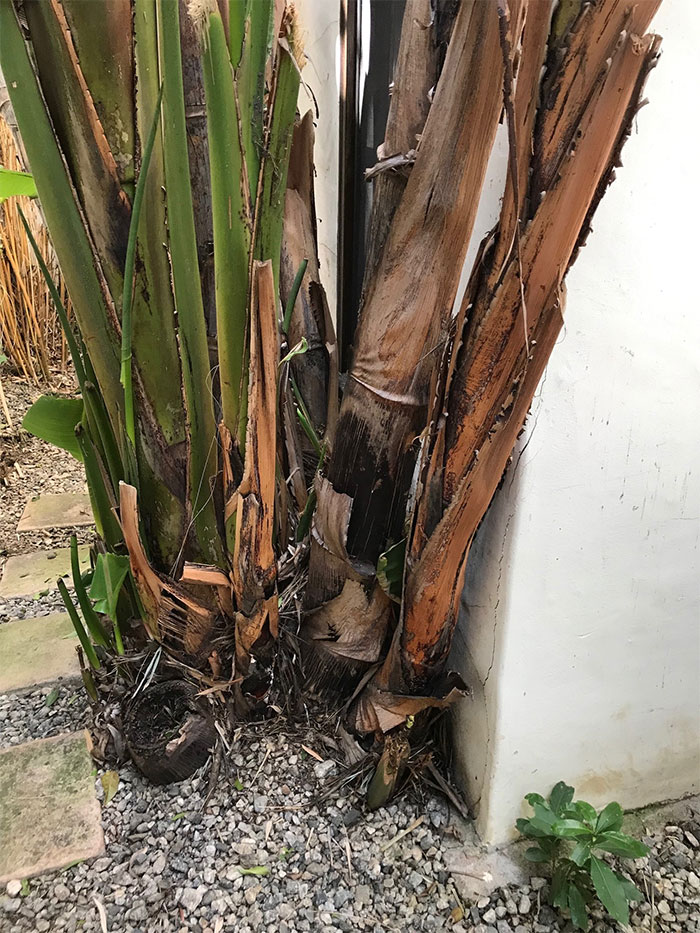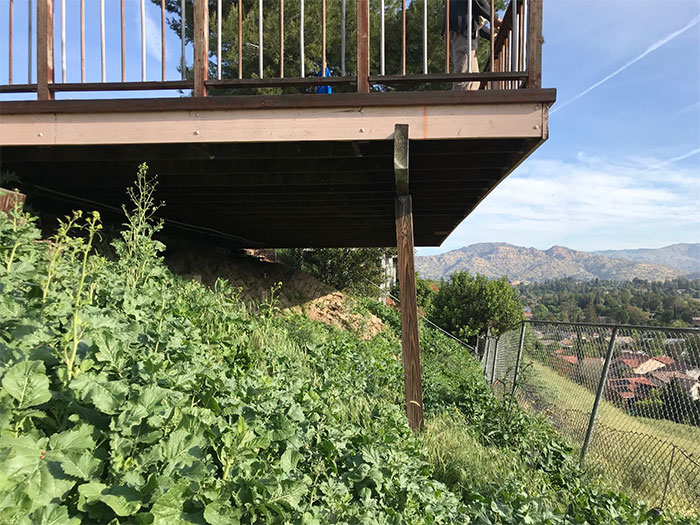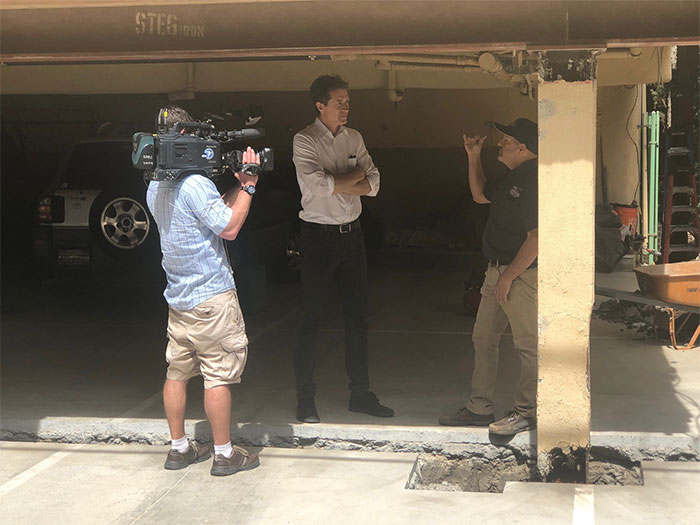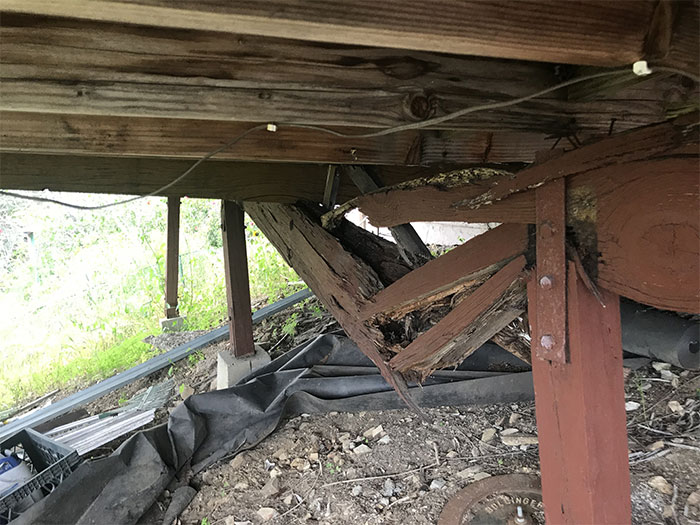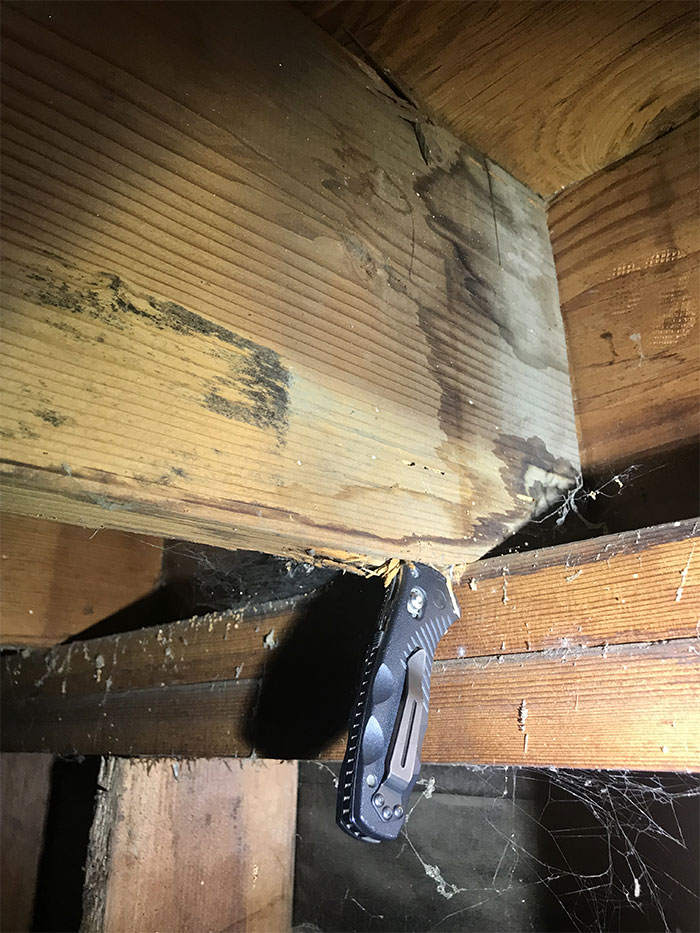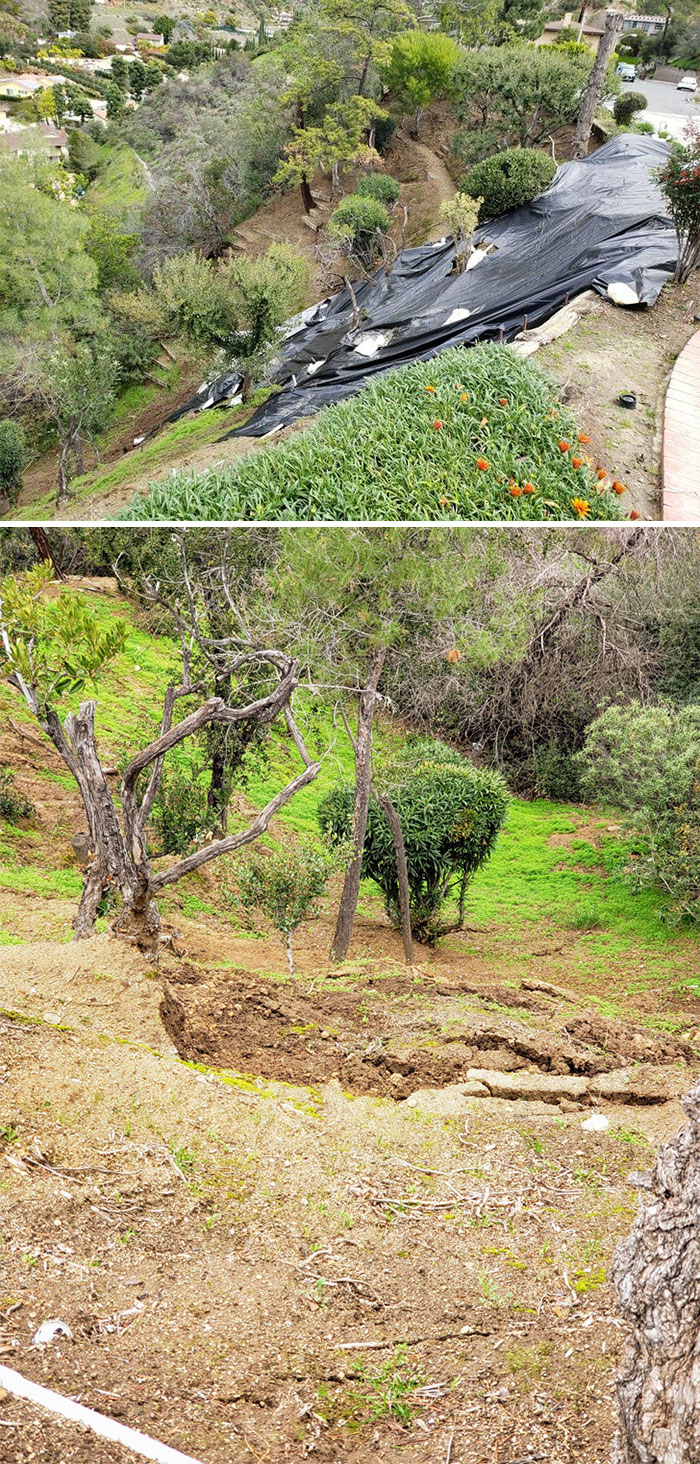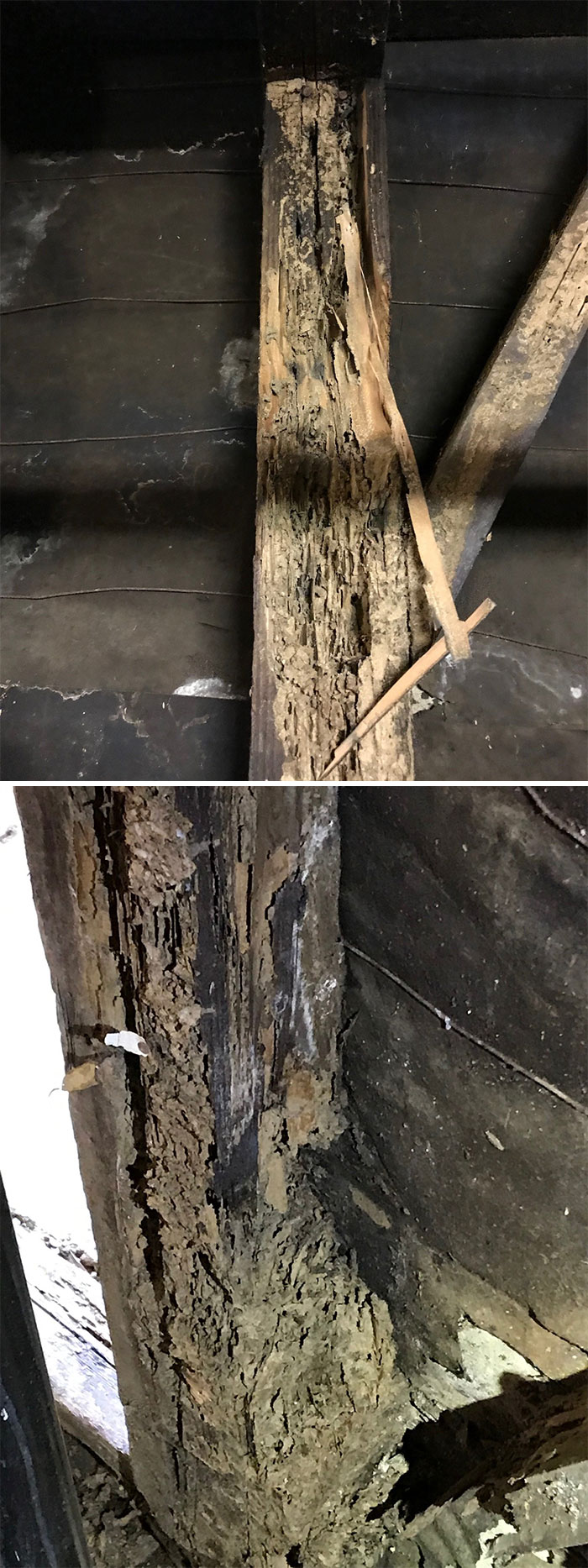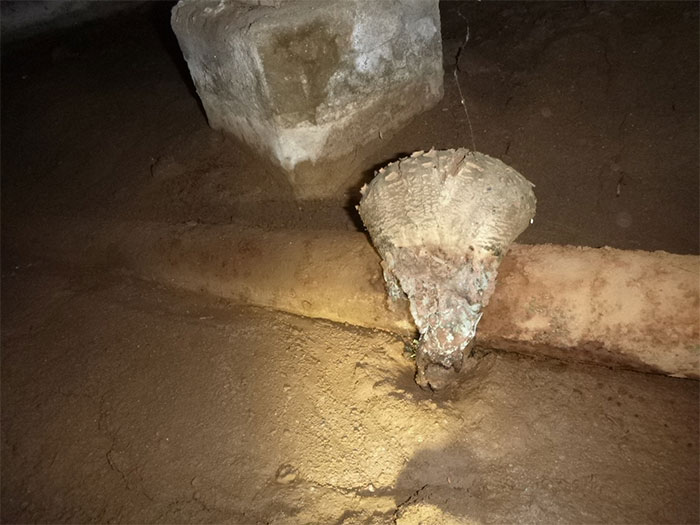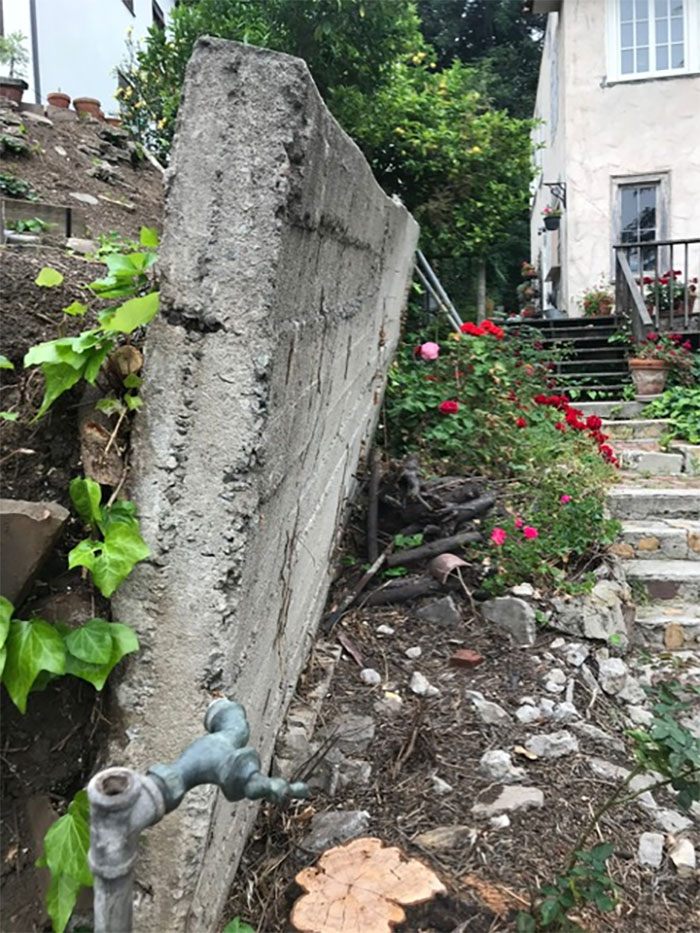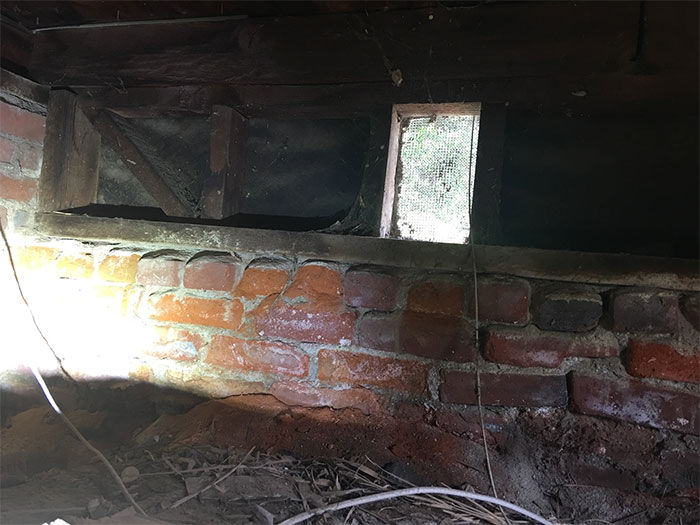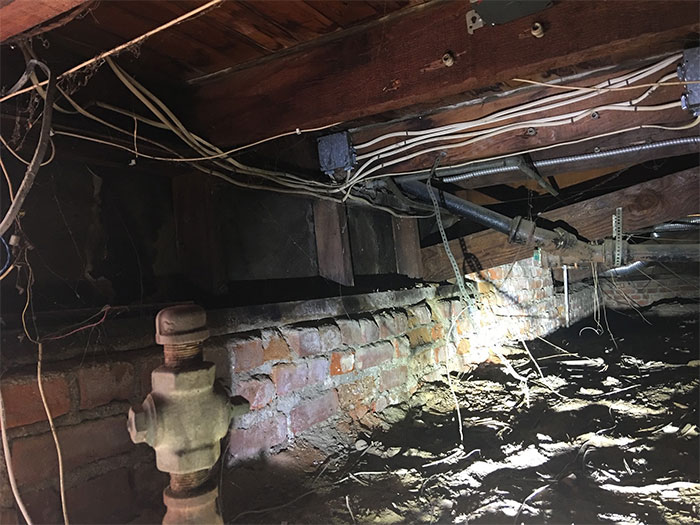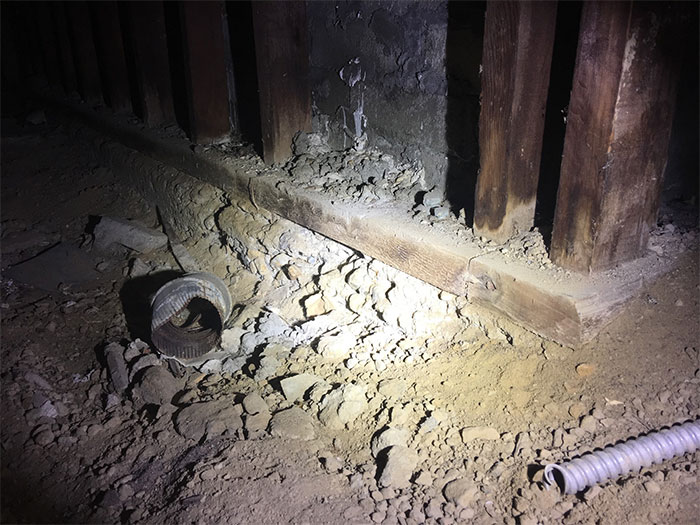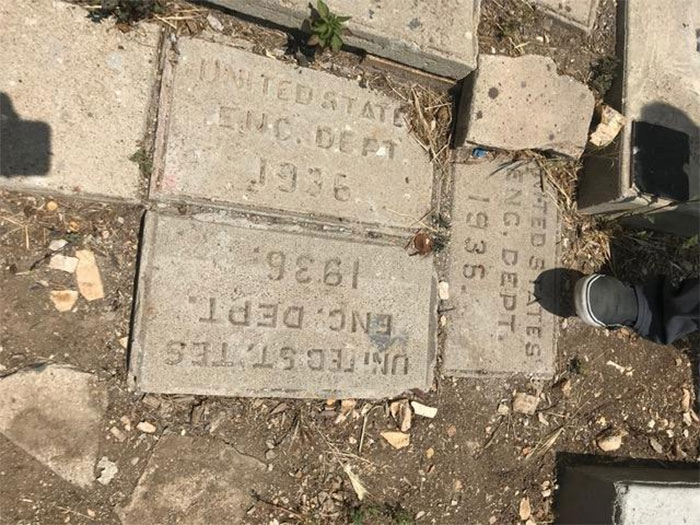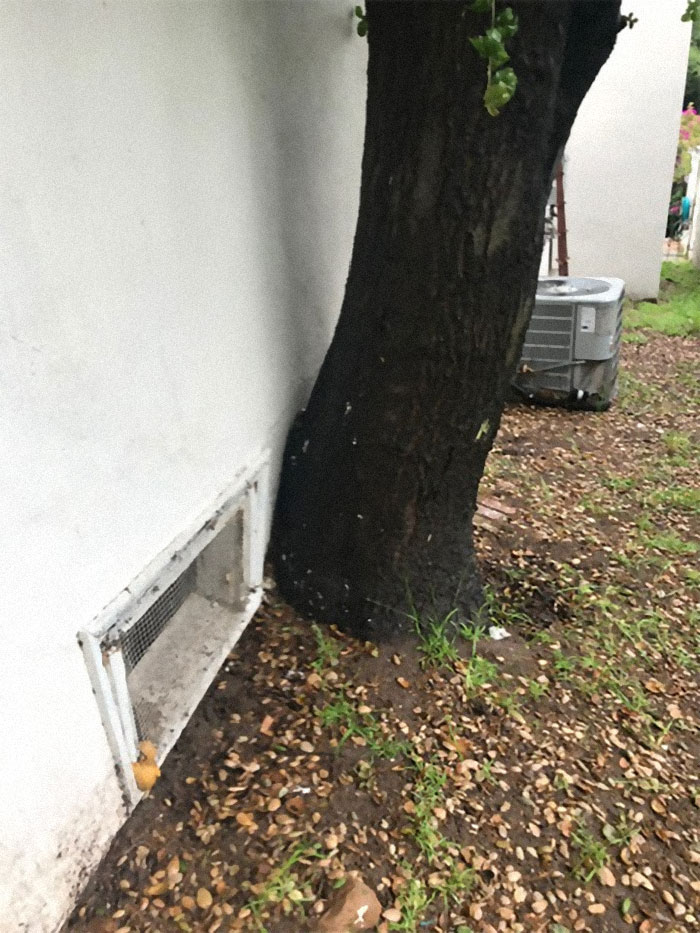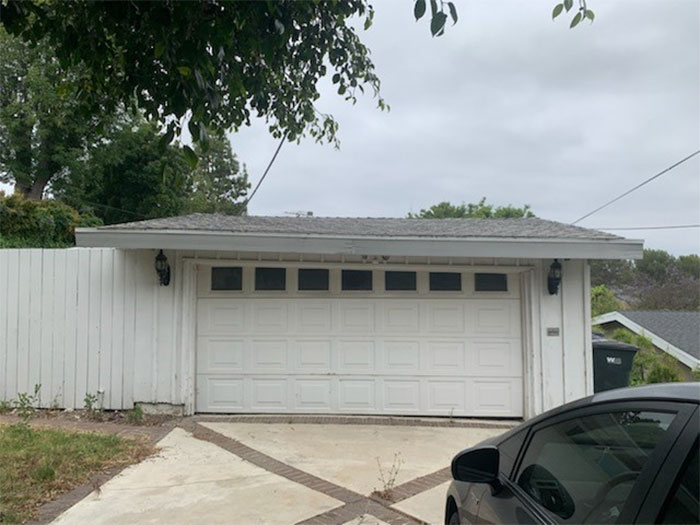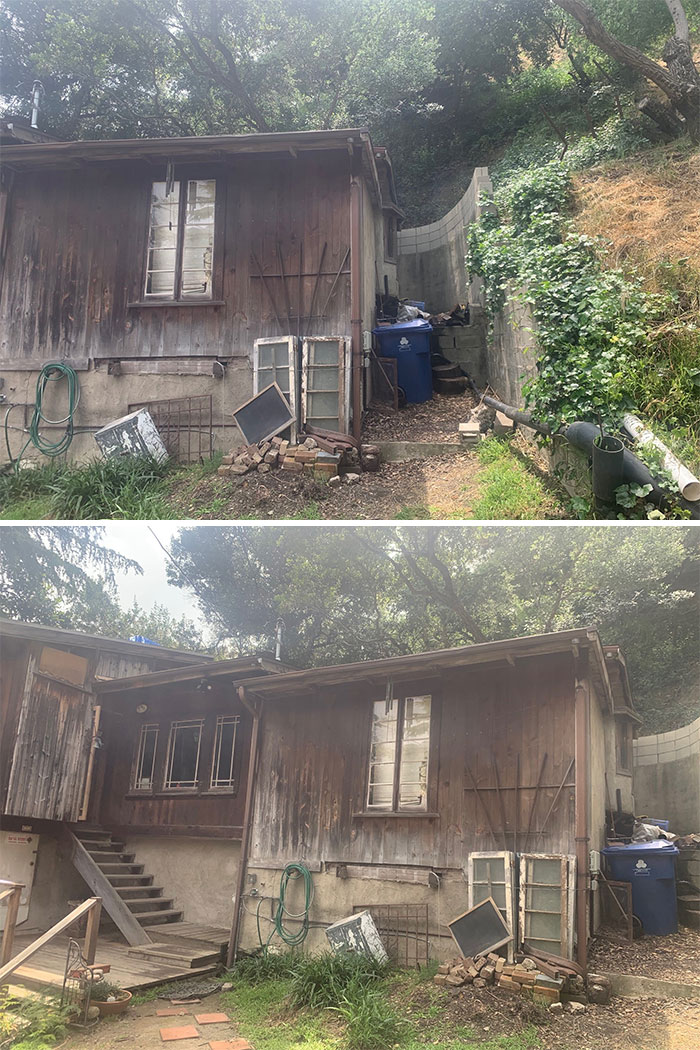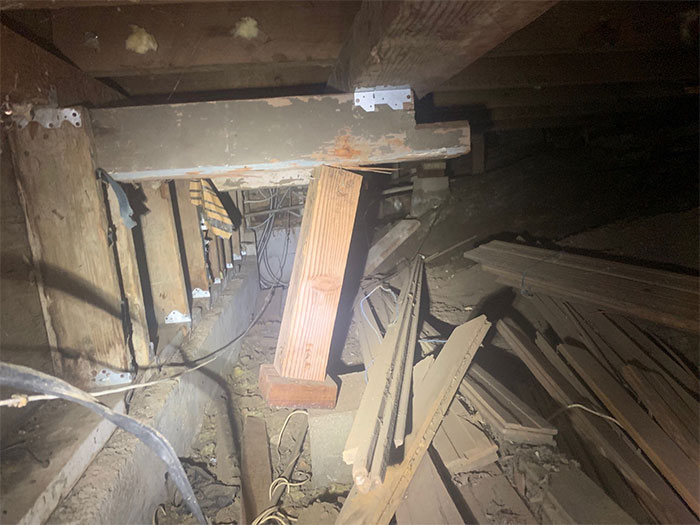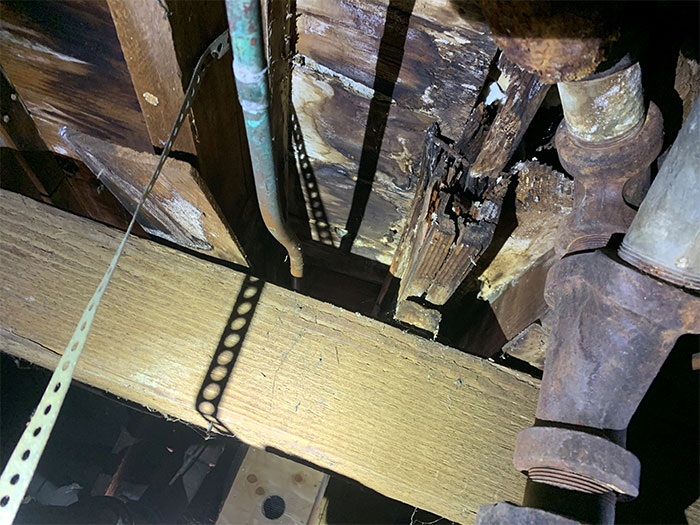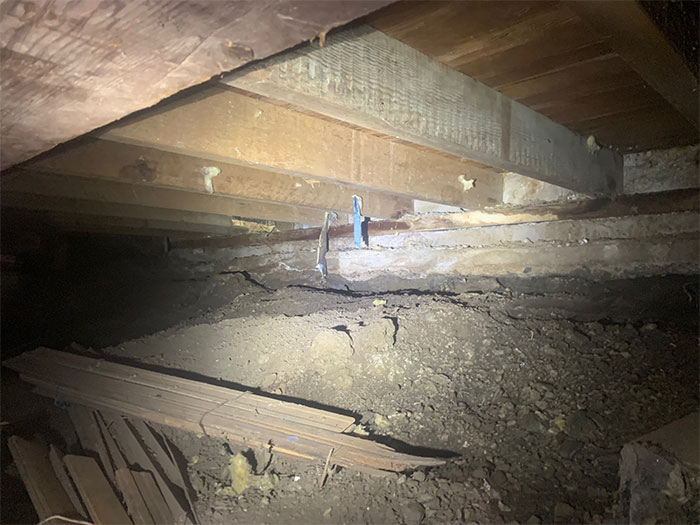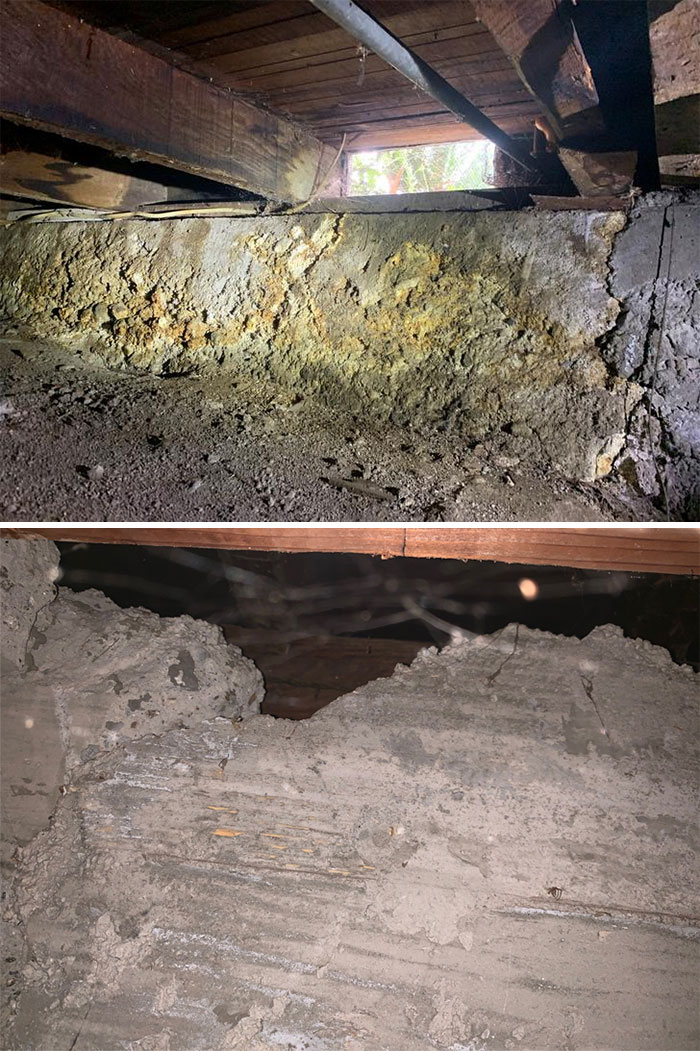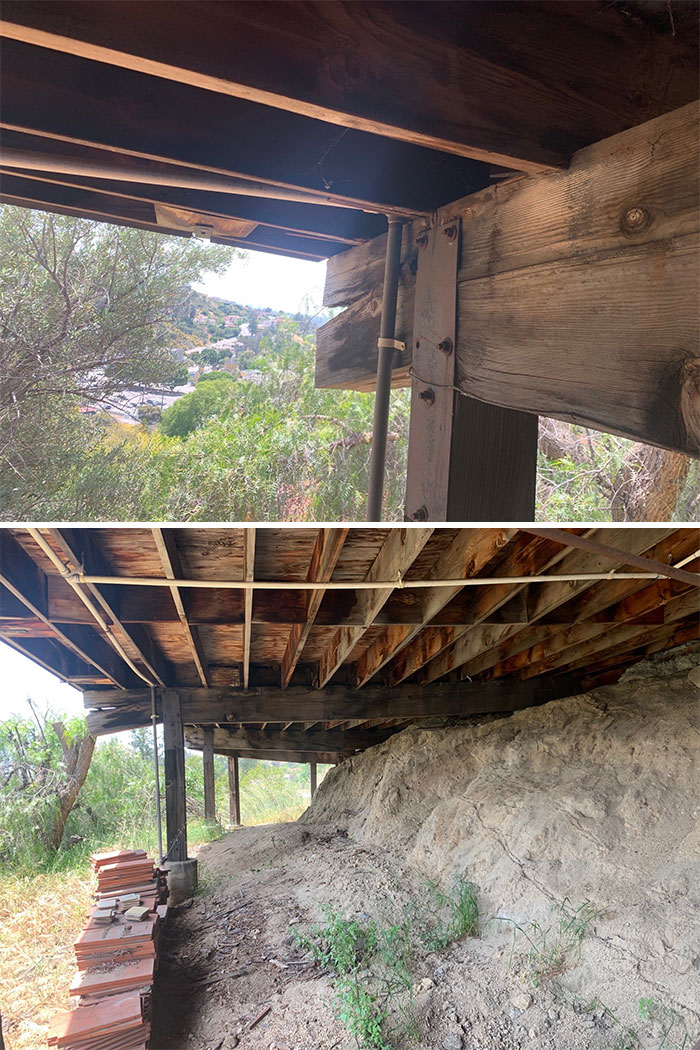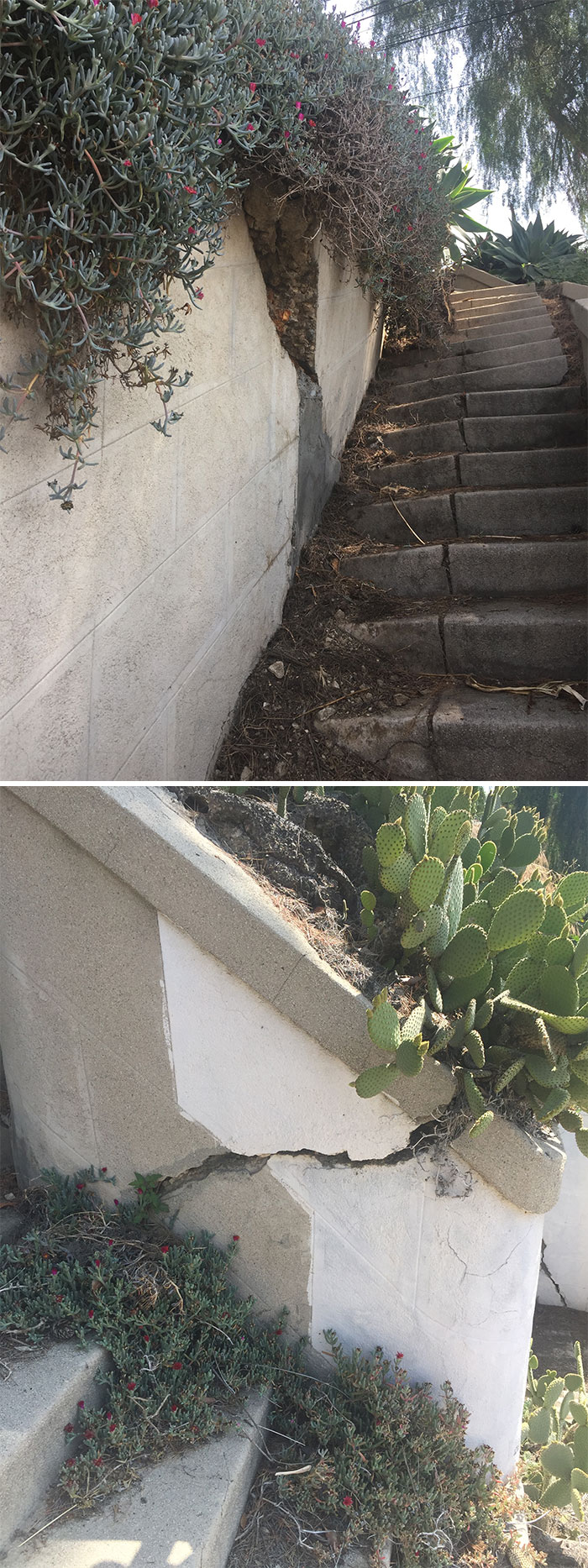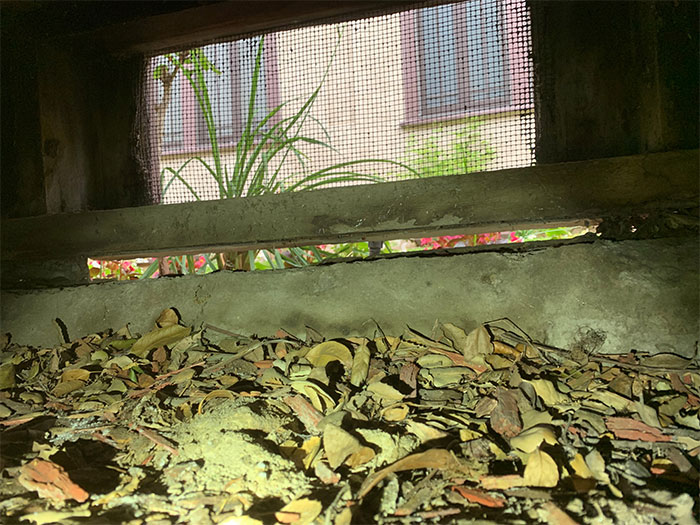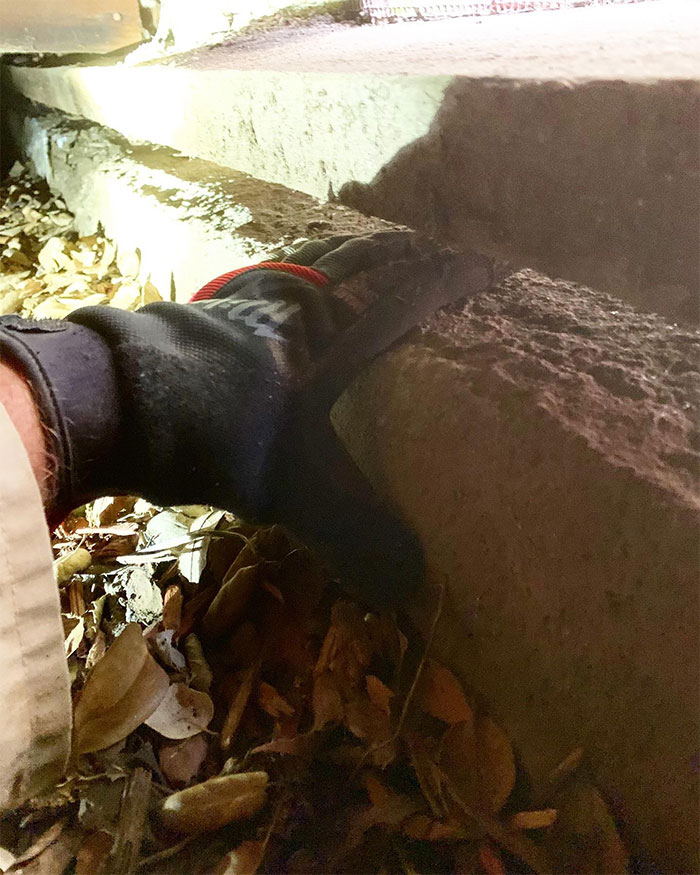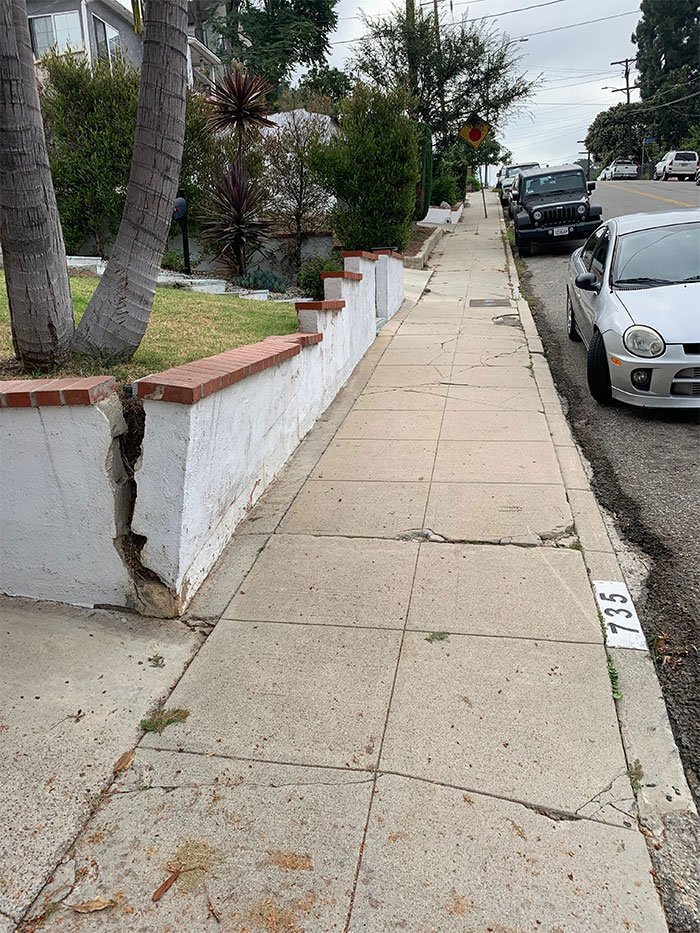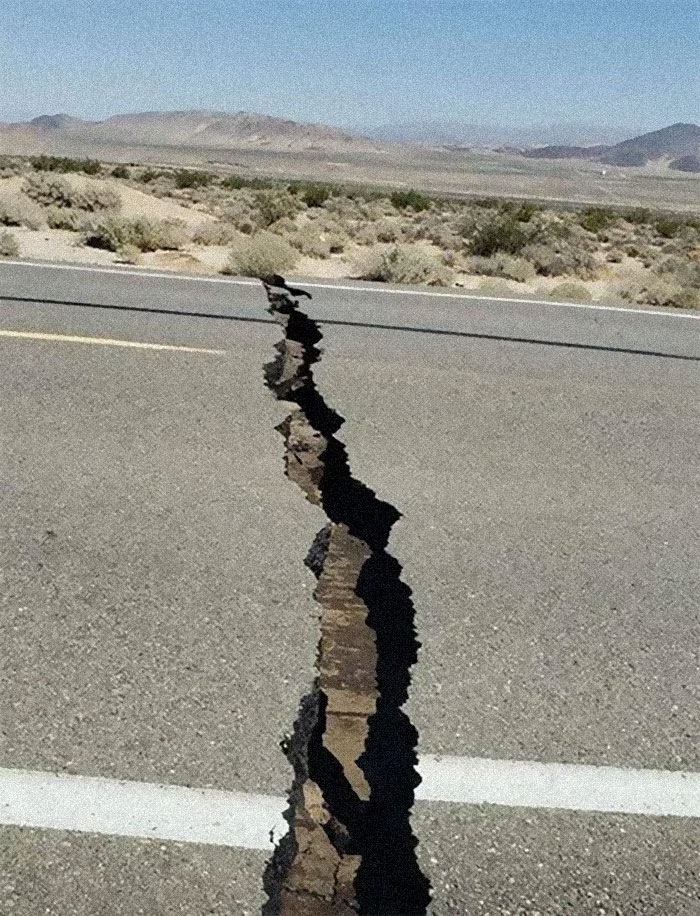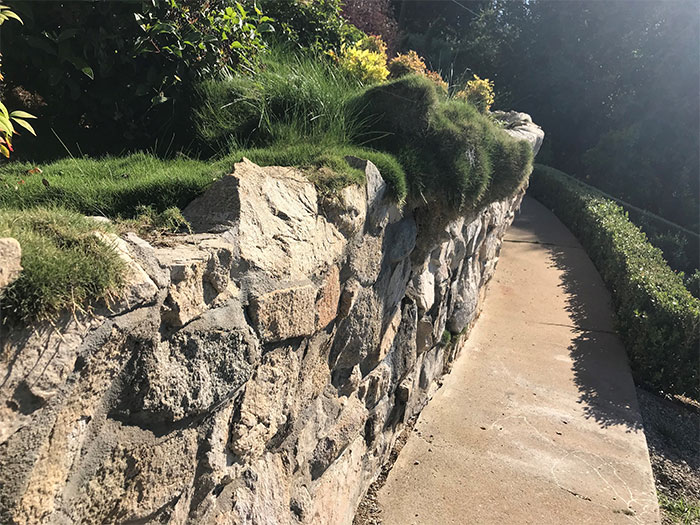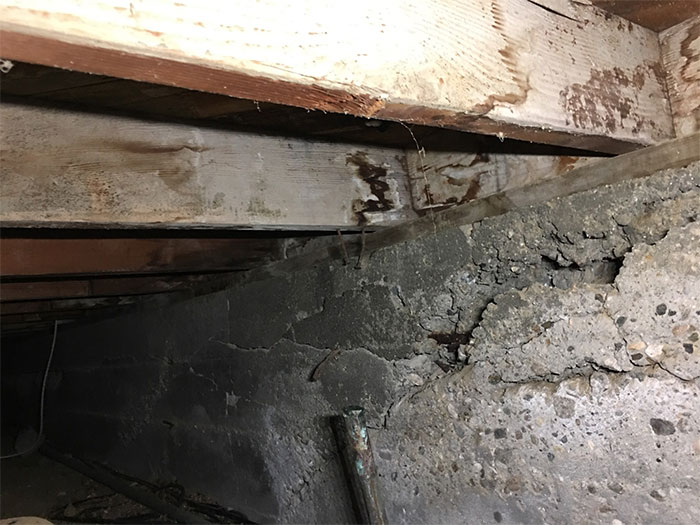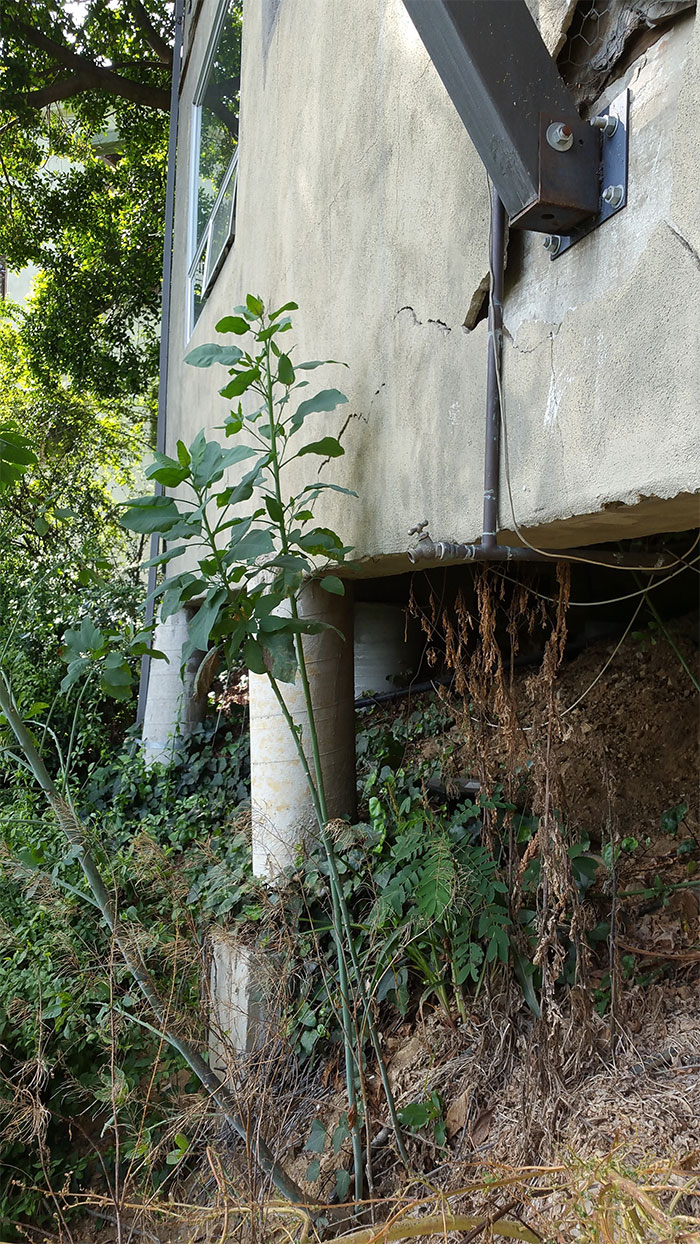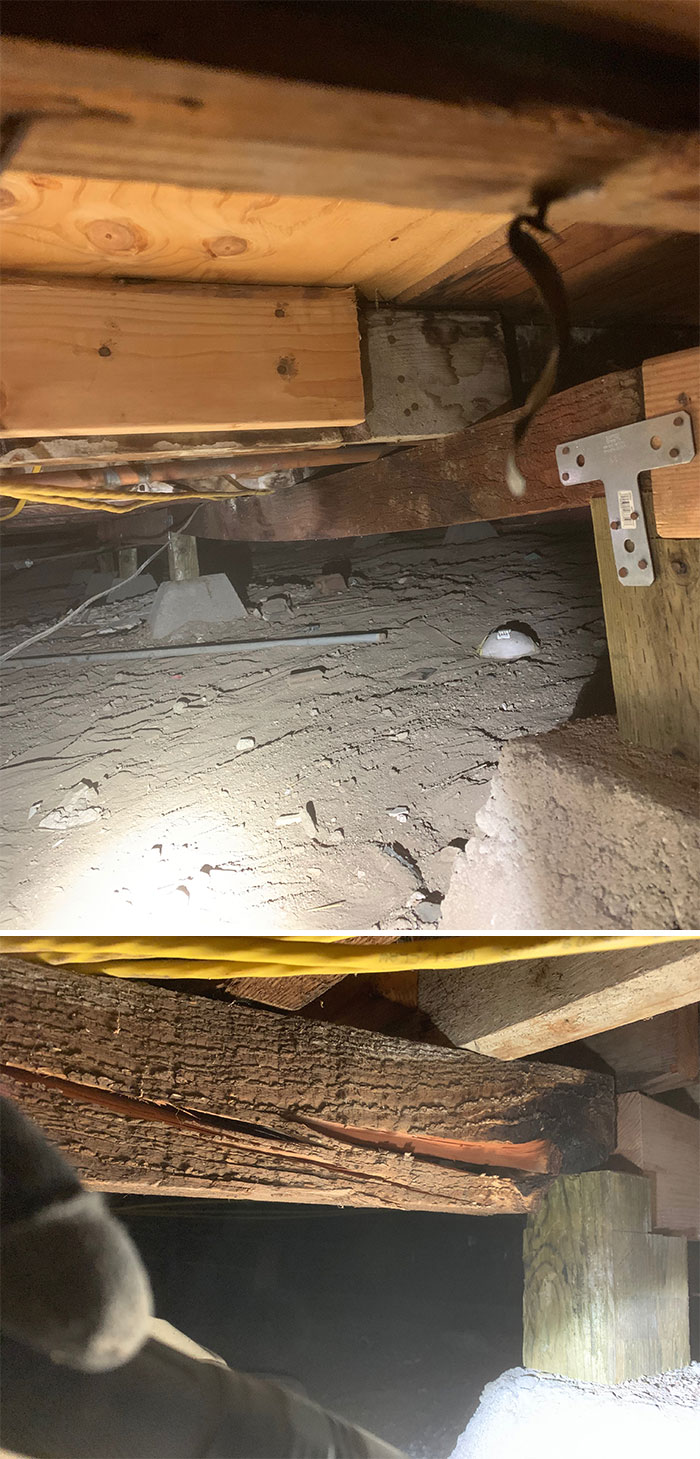Category: Architecture
50 Times People Encountered Such Over-Designed Things, They Just Had To Share
February 7, 2023
There’s good design. There’s bad design. And we can usually intuitively tell the two apart just by looking at it. But wait! There’s also ‘design design,’ a really weird category that straddles the line between quality aesthetics and truly awful taste. Some designers just don’t know when to stop designing their designy designs and go way overboard. Are we starting to sound redundant and over-complicated? Good, now you’re getting it!
The best (worst?) of these ‘designy designs’ end up being shared on the r/DesignDesign subreddit, an intriguing online community that both celebrates and criticizes these errr VeRy InTeReStInG aNd ArTiStIc ideas for products and furniture. We’ve collected some of the most bizarre and original pics to share with you, Pandas.
Scroll down, upvote the designs that really had an impact on you, and if you love what you see, consider becoming a member of the subreddit.
Bored Panda reached out to Matt Johnson, Ph.D., the host of the Consumer Psychology Blog and the Human Nature Blog, for a few insights on the importance of finding the right balance between the designer’s vision for their product, as well as what would appeal to consumers. He told us that, at its core, user experience is about empathy. Johnson is a professor of consumer psychology at Hult International Business School and Harvard University, and the author of ‘Branding that Means Business.’ Read on for our interview with him.
#1 Wall Outlets With Extension Cords Built Into The Wall
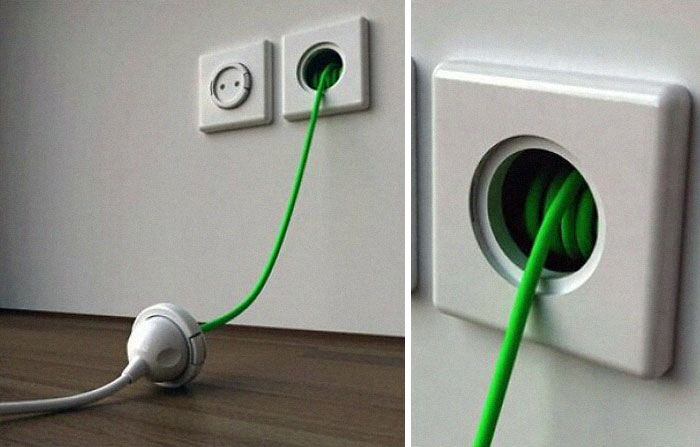
Image credits: joeepeterson03
#2 Stacked Seating At A Restaurant
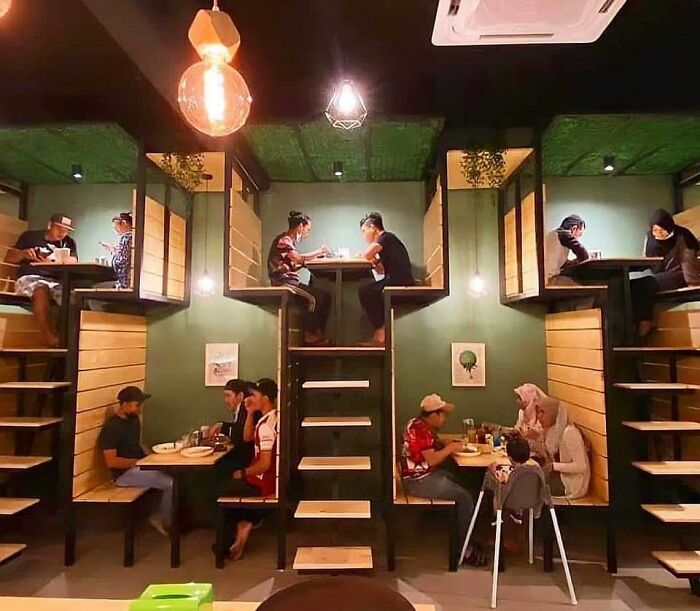
Image credits: Xerxes2004
#3 Found On The Designp**n Frontpage
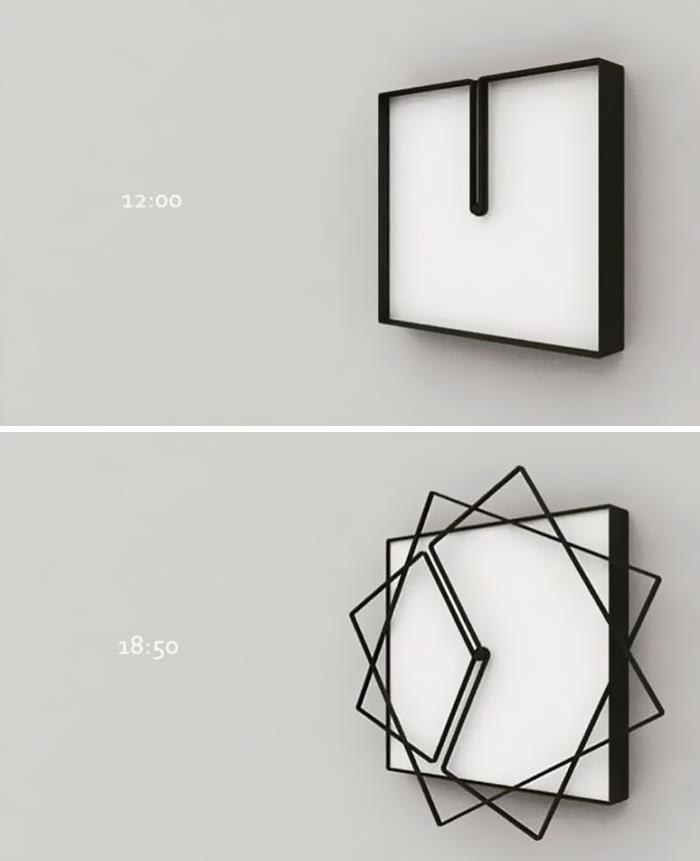
Image credits: Ryzasu
We were interested to learn more about the balance between what a designer wants from their product and what consumers look for. We asked Professor Johnson about what can help designers maintain a more grounded, user-friendly perspective.
“Ultimately, good UX is an act of empathy. You have to filter your creative vision for the product through the lens of the consumer’s needs, unique preferences, and tendencies. This means creating a balance between your own aspirations for the product (e.g. what you think it could be), and how it will intuitively seem to the end user (how the user will actually be used),” he explained to Bored Panda.
“Practically speaking, by inviting the consumer into the design process and getting feedback along the product development journey, the end result is much more likely to strike this balance.” However, if there’s only poor communication, you might end up with a disconnect between the two. Something that Piterskii-Punk-Wall accurately showed in their comic right over here.
#4 Hidden Fire Extinguishers
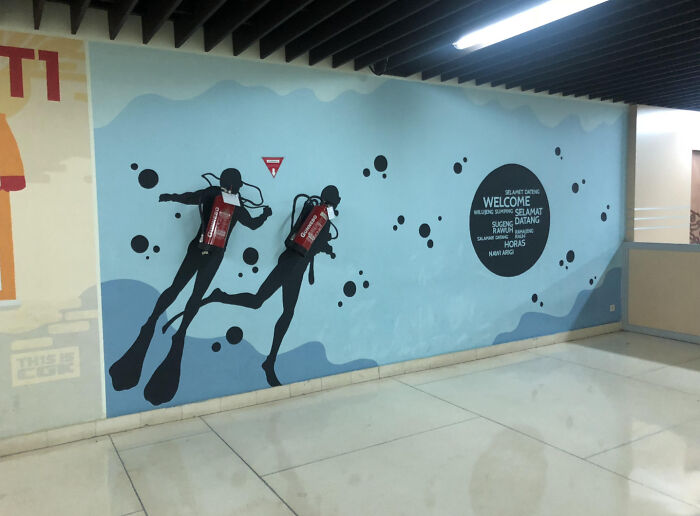
Image credits: peter-s
#5 A Nature Inspired Bathroom
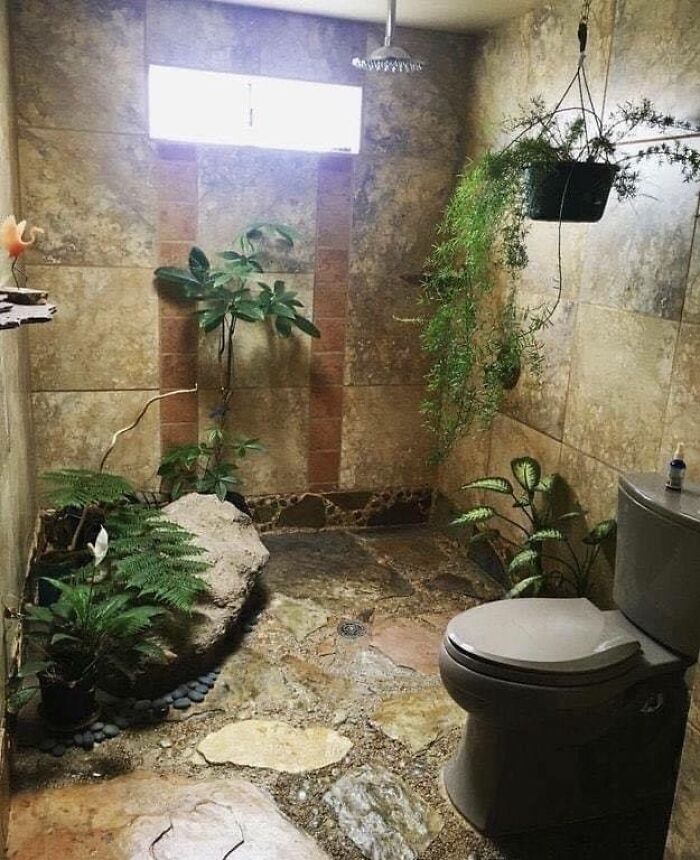
Image credits: TheBrontosaurus
#6 Ok I Think I Found The Ultimate Decanter. This One Keeps Me Awake At Night
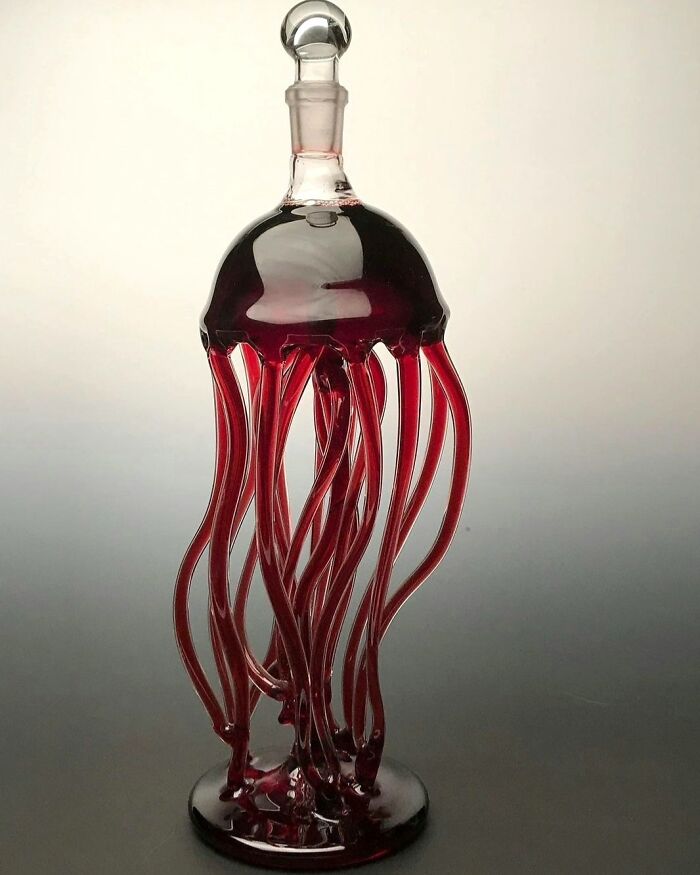
Image credits: living_legend6
Johnson, the host of the ‘Neuroscience Of’ blog, told Bored Panda that the best and most beloved products integrate both perspectives: that of the designer, as well as of the consumer.
“If the balance is tilted too far in the direction of the creator’s vision, as opposed to the user’s intuition and needs, it comes off too much as a standalone work of art, and not as a functional product,” he said.
“This feels immediately obvious to the consumer: it’s something that reflects an idea from a specific individual, but lacks the necessary translation to the broader world. In a word, it feels too much like ‘art,’” the professor told Bored Panda. He noted that this is perfectly fine and valuable in its own context. However, when it comes to the world of consumer products, there’s a necessity for this additional layer of consumer empathy.
#7 Drink The Rainbow

Image credits: AgainstTheAgainst
#8 Imagine Going Through All The Trouble Of Publishing Just To See This
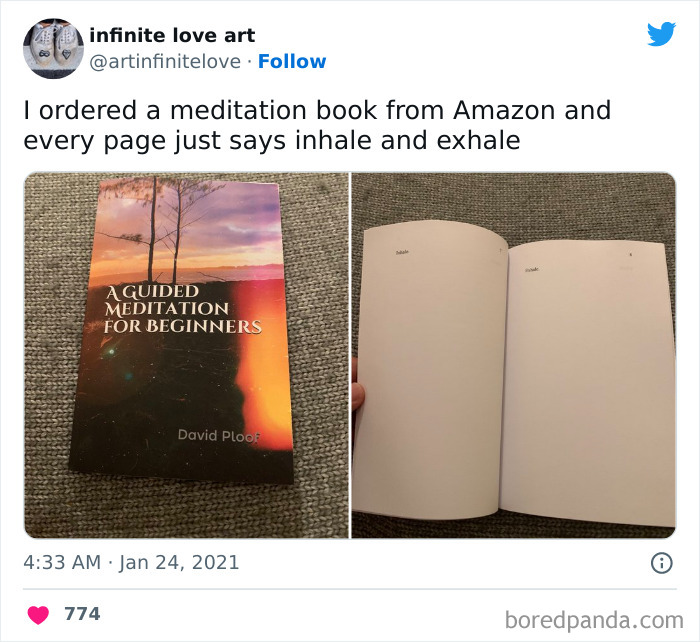
Image credits: unicodePicasso
#9 Another Silverware Set… Another Useless Spoon

Image credits: elrolo123
As we see it, there are two main issues at play here when we’re talking about designy designs, aka over-designed products. Both explain, at least in part, why some creative professionals go completely overboard.
The first is a question of theory vs. practice and how even the best-laid plans don’t necessarily translate into reality. The second is about the relationship between the designer and their (real or imagined) audience—aka the end-users and consumers.
You might have an utterly amazing idea for a product or piece of furniture in your mind. Maybe you’ve even sketched it out! But even though the concept looks amazing on paper, it might not be the best fit for consumers. Something that any creator would be terrified to learn only after launching the idea into the market.
#10 Door Knob Design That Gives You A Fish Eye View Of The Room Ahead
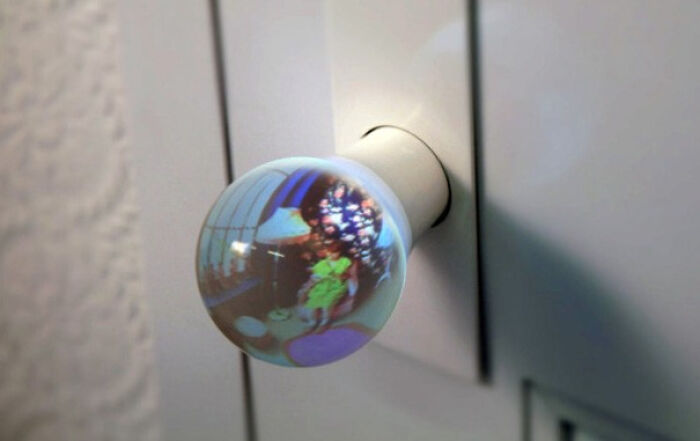
Image credits: Immortalizd
#11 Possibly One Of The Worst Staircases I’ve Ever Seen
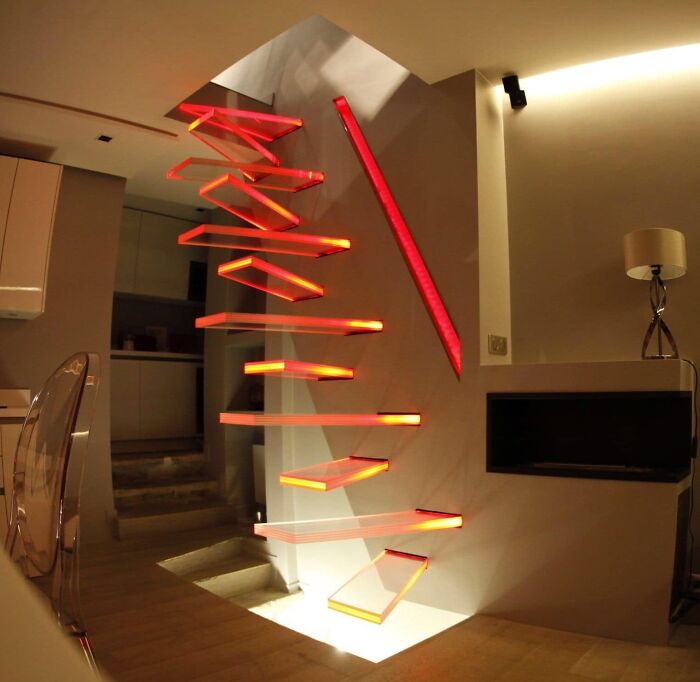
Image credits: FastGinFizz
#12 Holy F**king S**t
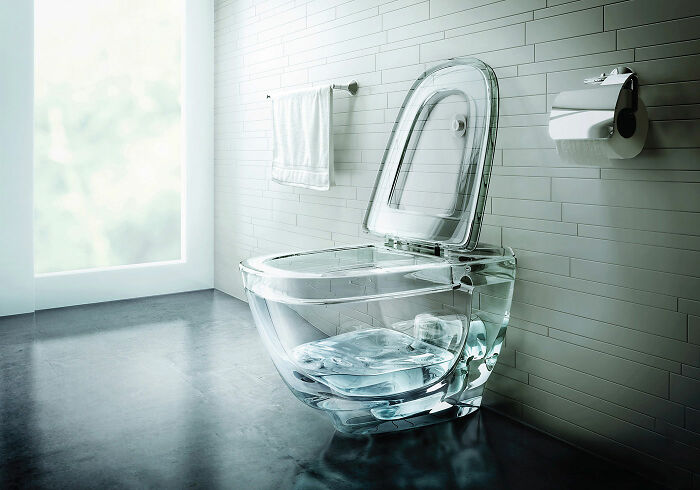
Image credits: reddit.com
Maybe what you’ve come up with is more akin to art and is radically impractical to use every single day. Or the item is incredibly complex and unintuitive to the average shopper on the highstreet: something that you might not realize because you’ve spent so long on the design, you know it like the back of your hand. It’s a case of design short-sightedness where the professional can’t see the forest for the trees.
Meanwhile, the professional in charge of designing the product might be completely disconnected from their intended consumers. This might happen due to a lack of information on buying trends or because of less-than-stellar communication between them and their customers. That means that the designer is essentially stuck inside a bubble with only their own ideas to consider, with very little (if any!) outside feedback.
#13 Swinging In The Conference Room
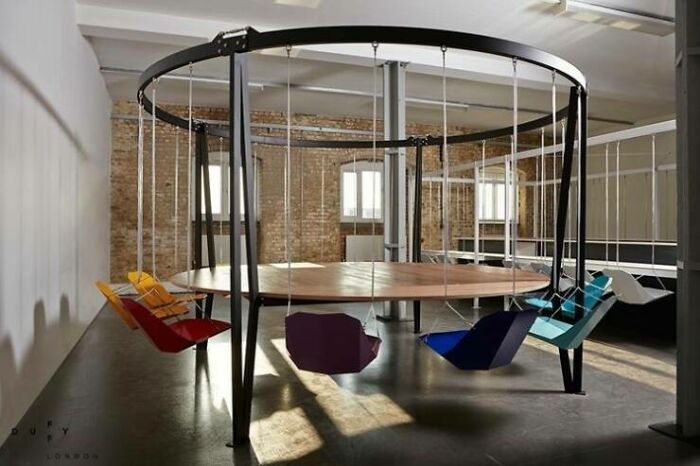
Image credits: Dr_Zol_Epstein_III
#14 A Banana Slide That Trains Your Determination. If You Get Lost, Your Crotch Will Die
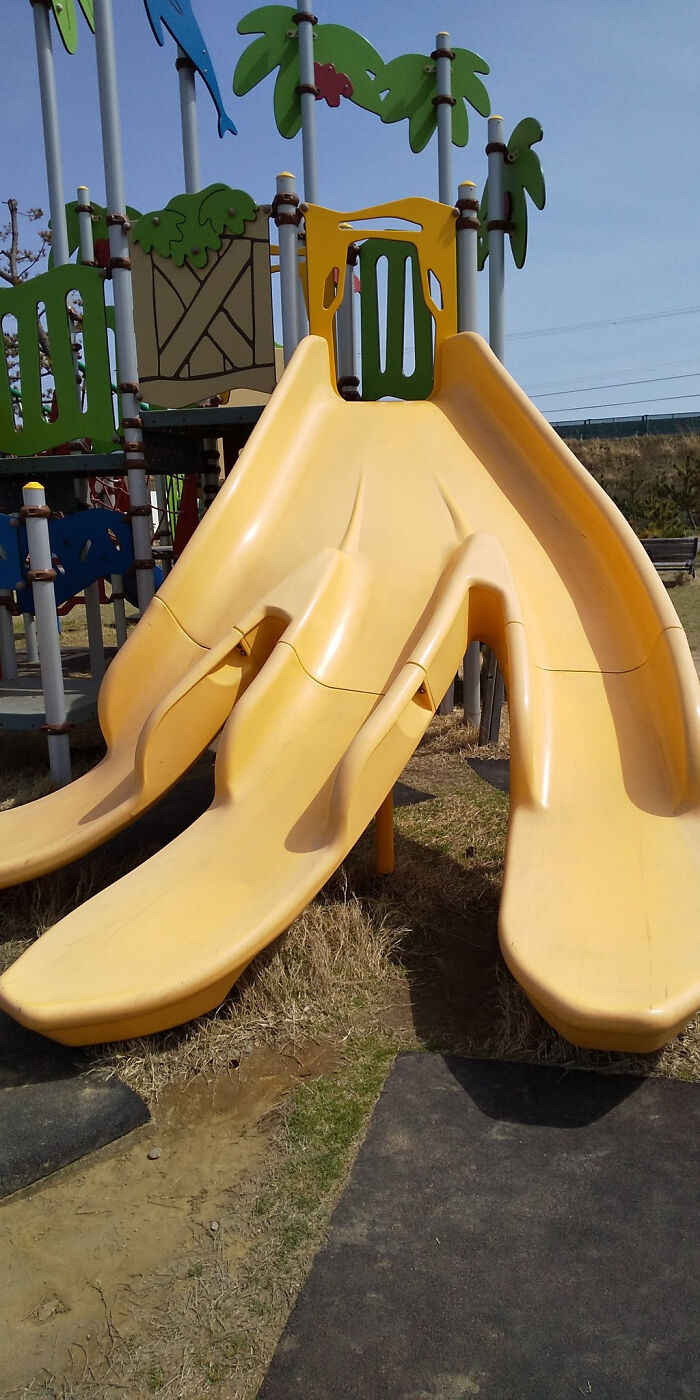
Image credits: DonnySRT-10
#15 No Way This Can Go Wrong
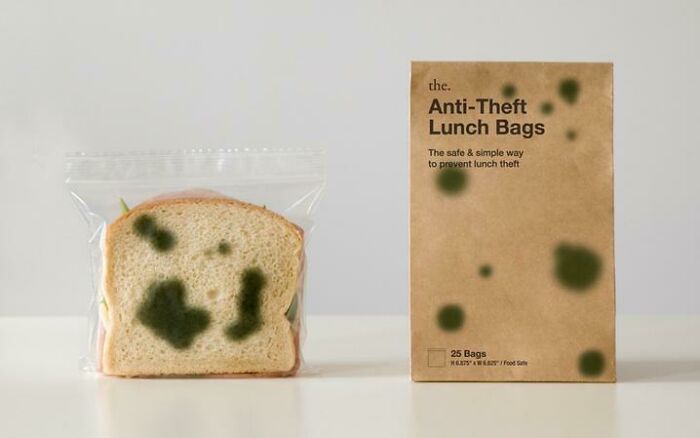
Image credits: R1m1s4k
However, another possible explanation for this disconnect between designers and consumers can be attributed to a more human factor. Namely, arrogance. It’s perfectly fine, even praiseworthy, that you’re confident about your work and that you feel pride in what you’ve achieved. Unfortunately, this can sometimes overshadow the end goal of what’s being sold, namely, that people want to buy and use what you’re offering.
Perhaps the creator feels like they have far better taste than the would-be buyers. So they want to ‘enlighten the masses’ (or something equally as pompous). Here’s the thing, though. Even if it’s a well-intentioned idea to want to educate people about good taste, there are different ways to go about it.
To put it mildly, it’s not the best idea to go about bragging to everyone how much more educated and intelligent you are while poking fun at them for being tasteless. However, when you come from a place of humility and a genuine desire to help, others are more open to what you have to say.
#16 A Car Fender Bicycle
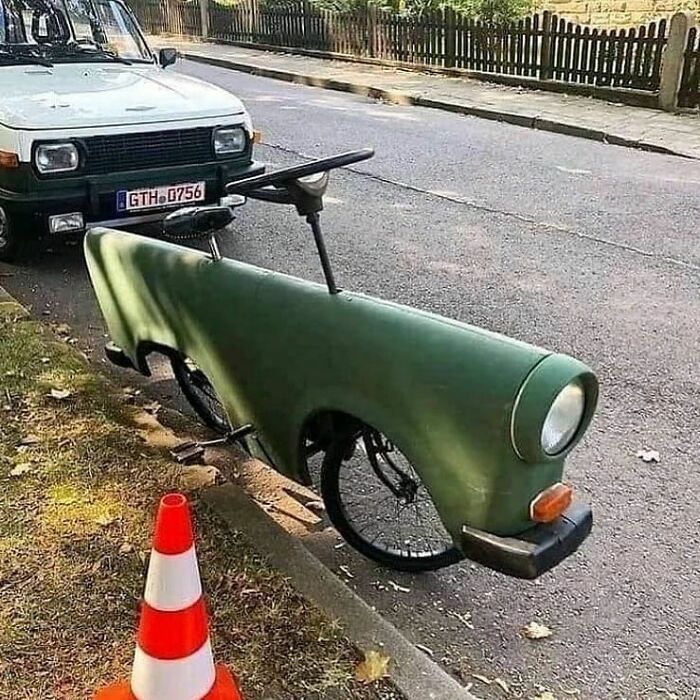
Image credits: VOTROI
#17 This Is The New University Building Of Freiburg That At The Same Time Blinds The Road Traffic
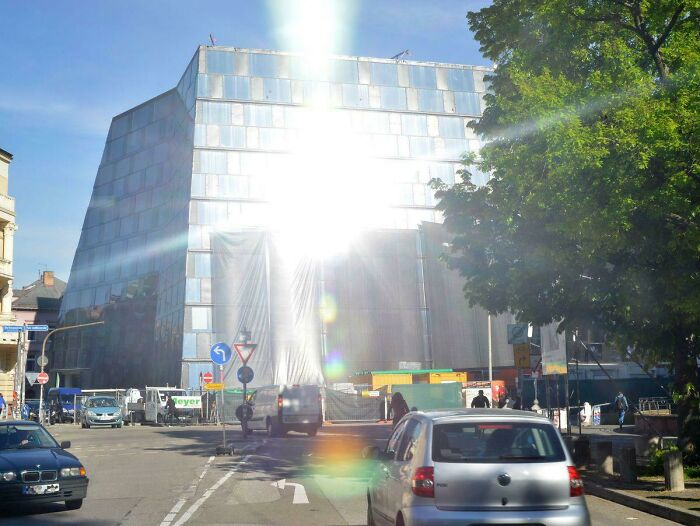
Image credits: schalker1207
#18 Apartments In Amsterdam
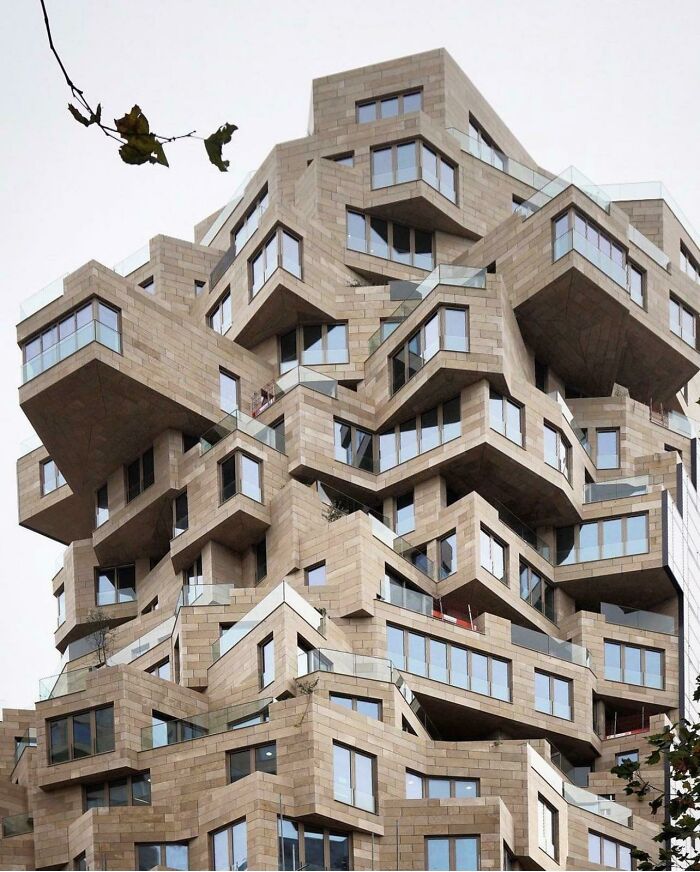
Image credits: spitzyyy
At the same time, no matter how successful and well-received a designer’s work might have been in the past, it doesn’t guarantee that their next idea will be good. Multi-functional furniture might not have the mass appeal that they hope it will, meaning it’ll remain a niche product for very niche buyers.
Similarly, even if your lovingly-crafted set of cutlery is pleasant to look at, it might be utterly atrocious to eat with, so you’re left with a decorative piece that very few people actually like.
#19 Books And Bath
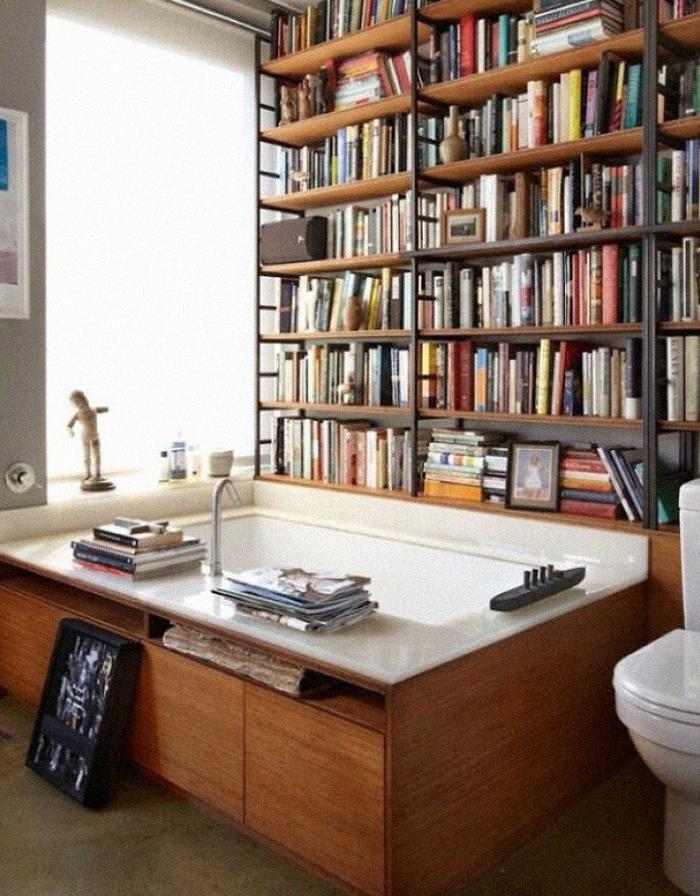
Image credits: hannahwith
#20 Injury Attorney’s Dream Staircase
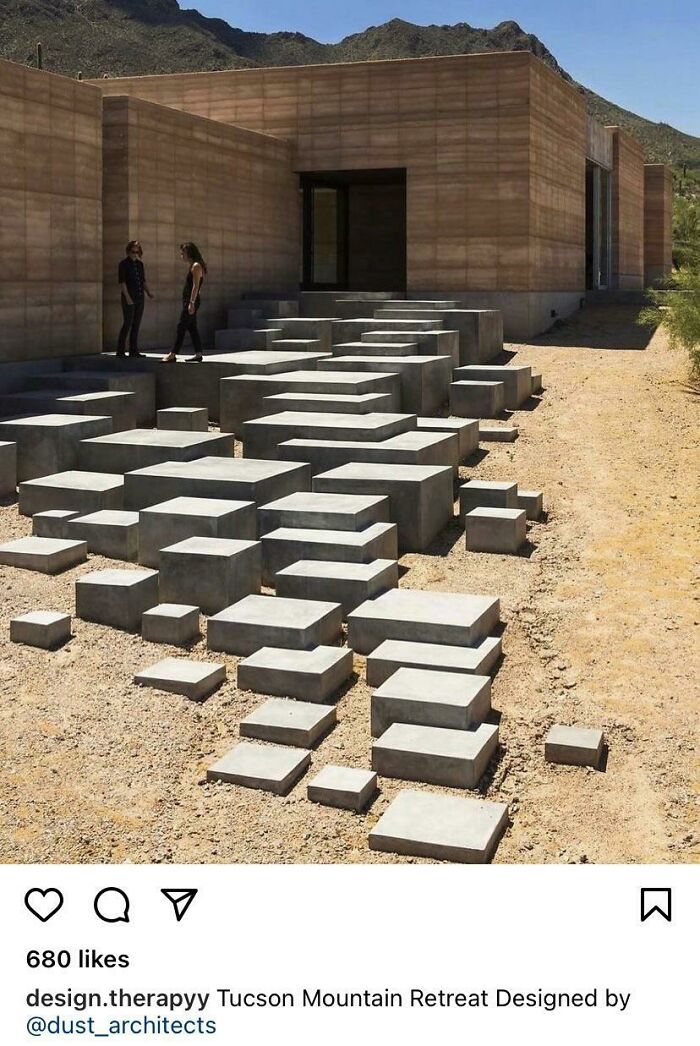
Image credits: CaptainCaptain17
#21 Imagine What It Looks Like In Fall
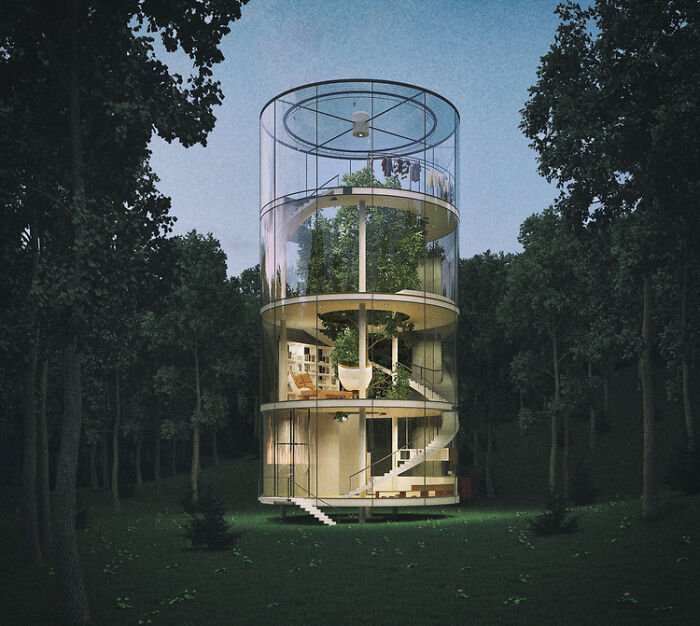
Image credits: VexuBenny
The r/DesignDesign subreddit was founded a few years ago, in mid-July of 2018. Since then, they’ve amassed a following of 120k redditors. The moderators running the whole show stress the fact that the pics shared by the members of the community have to be, at the same time, examples of good and awful design. There should be a balance between the two.
#22 Just No
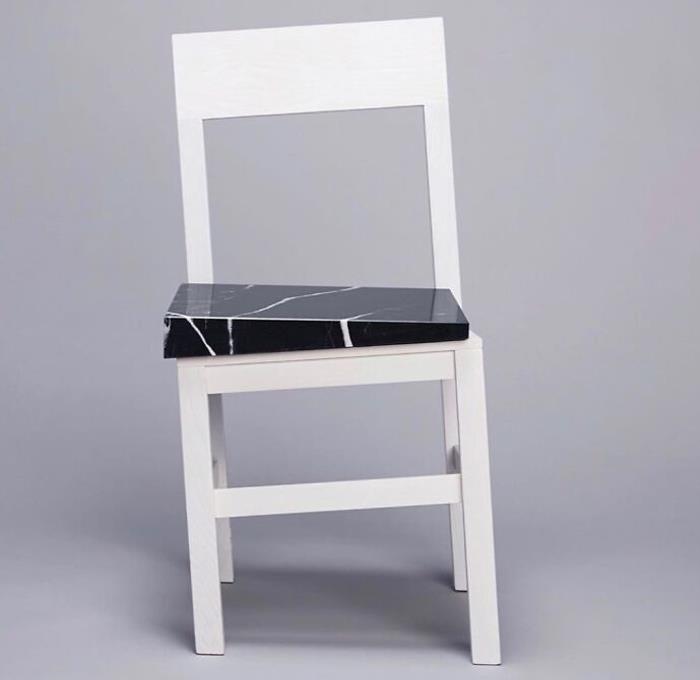
Image credits: Grown_Ass_Kid
#23 Found On Fb… I Can Hear This Image
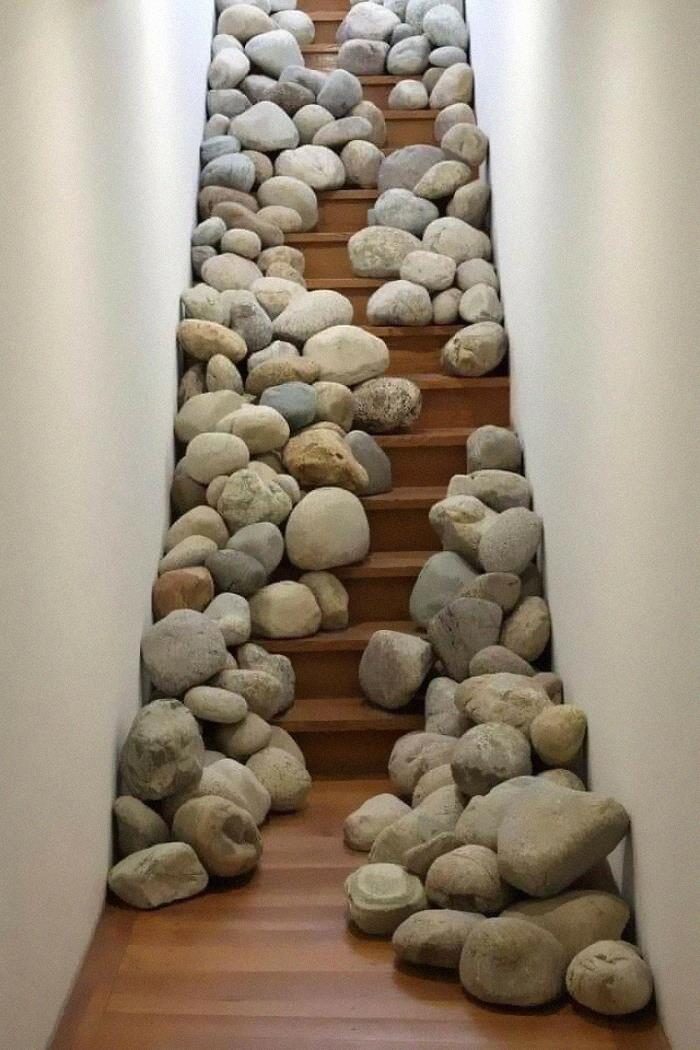
Image credits: 12welveCreations
#24 Just No
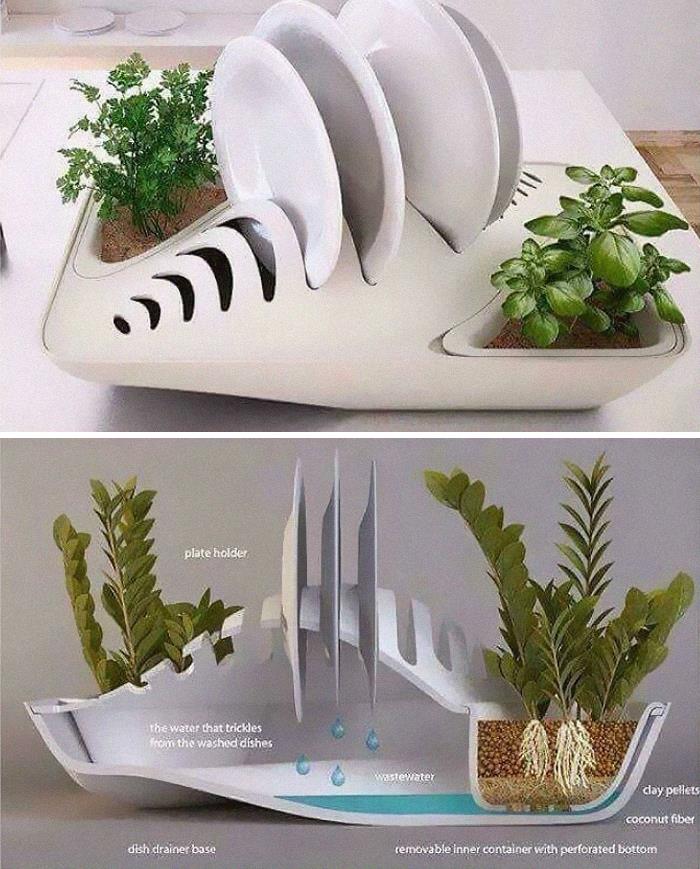
Image credits: DavyBoyWonder
Meanwhile, the mods also ask their members to avoid reposting other people’s photos too much. “Reposts are OK as long as the post hasn’t been submitted in 6 months or more than 3 times,” they set out the rules. That way, the content’s kept fresher and it helps avoid people farming attention just for the sake of attention.
#25 Let Me Just Find My Keys

Image credits: braveNewWorldView
#26 Splash-Proof Urinals
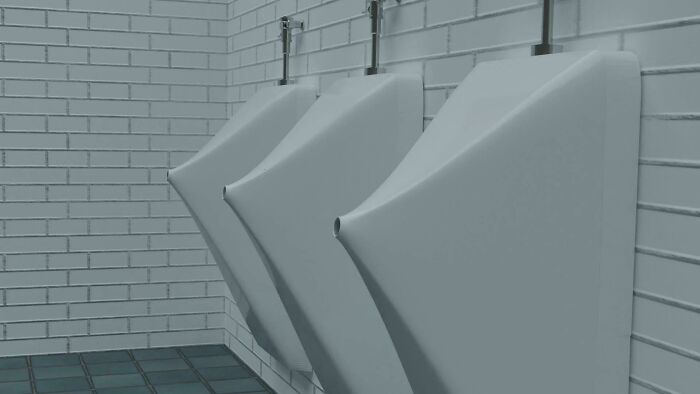
Image credits: Ok-Antelope9334
#27 This Hallway Must Have Looked Awesome On The Blueprints
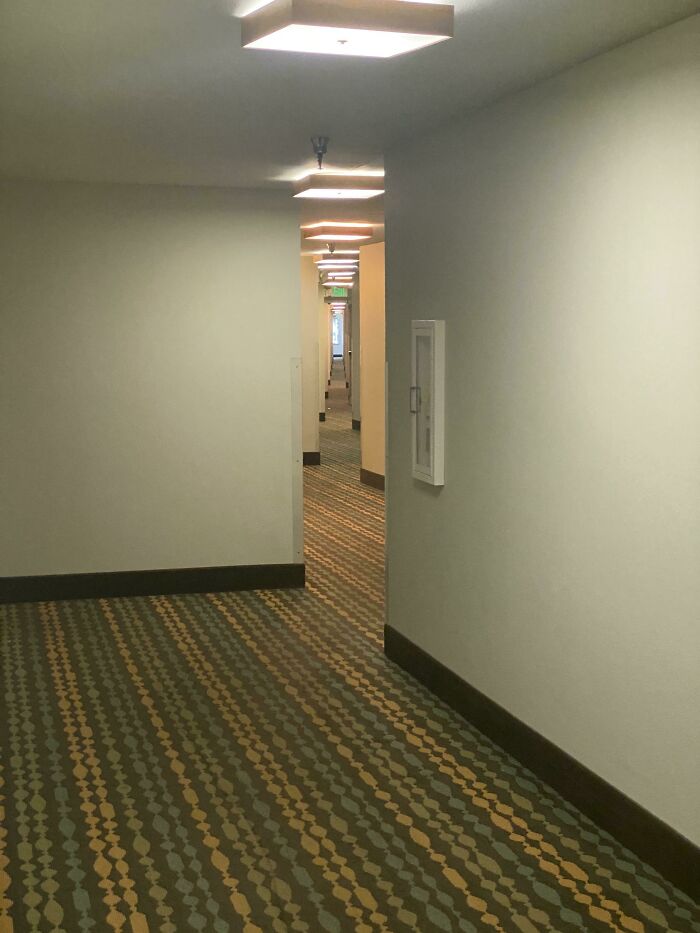
Image credits: mcwiggin
Broadly speaking, taste might be subjective (e.g. preferences for minimalism or maximalism), but there are many things that we can agree on that do and don’t make much sense. If a product is user-friendly, ergonomic, intuitive to use, and matches our expectations, then we can say that it’s an example of good design.
#28 Oh Yes, Reverse-Lamp
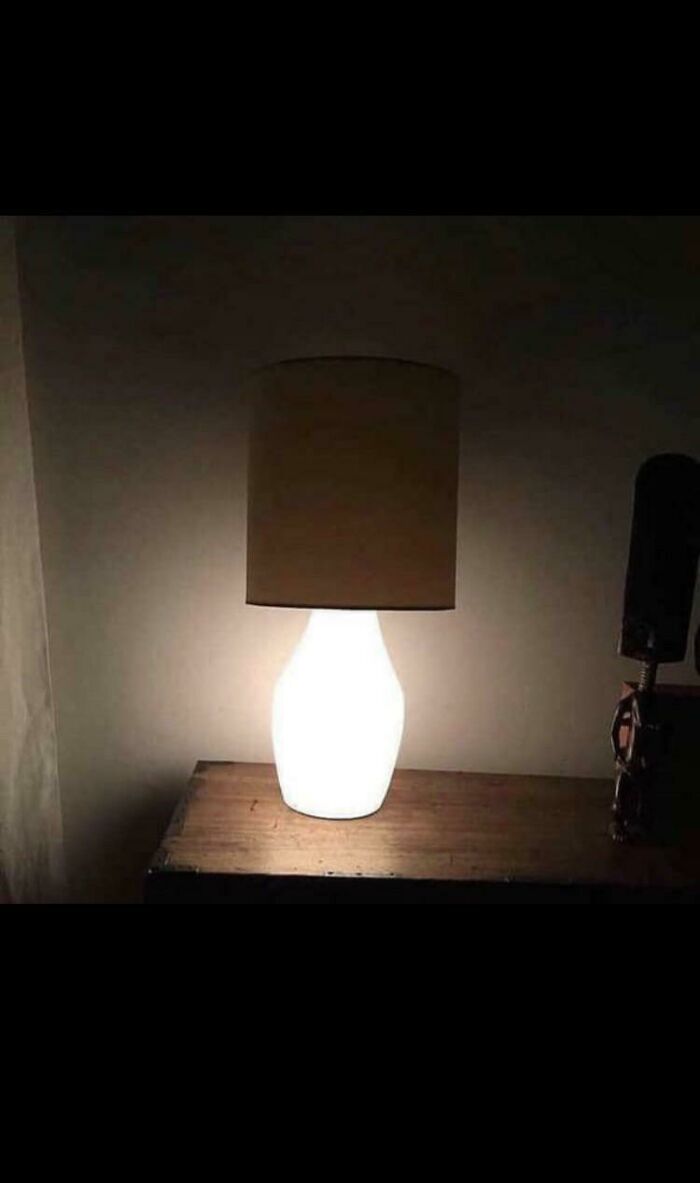
Image credits: Matuteconsuaj
#29 These Would Be Awful To Use
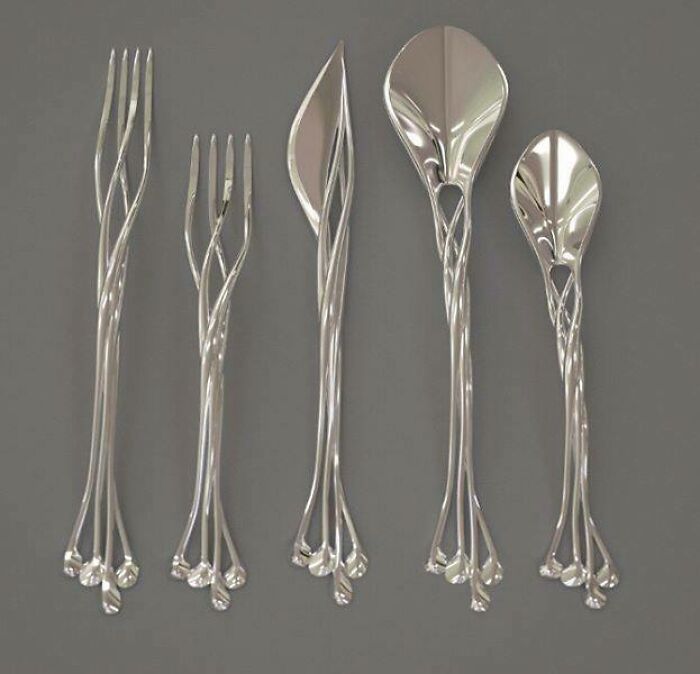
Image credits: mossycavities
#30 A Balcony Without Sun Or Fresh Air Is Just A People Shelf
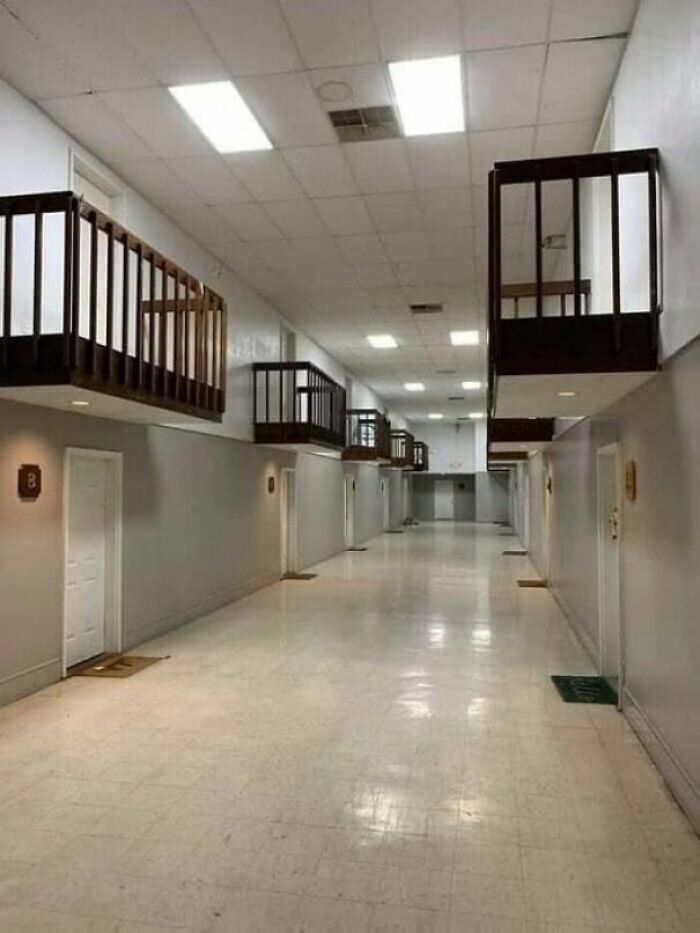
Image credits: WithaK19
On the flip side, something that’s more like a puzzle that requires an IQ of 160 to figure out won’t get many smiles from the crowd (unless they bought it specifically because they love over-designed, over-complicated stuff). Put the user first and you can’t go wrong. Put your designs above them and you might end up in the grey zone where quality and awful taste meet.
#31 Does This Count?

Image credits: DavyBoyWonder
#32 This Fire Pit That Doubles As A Side Table When You Tip All The Ash On The Floor
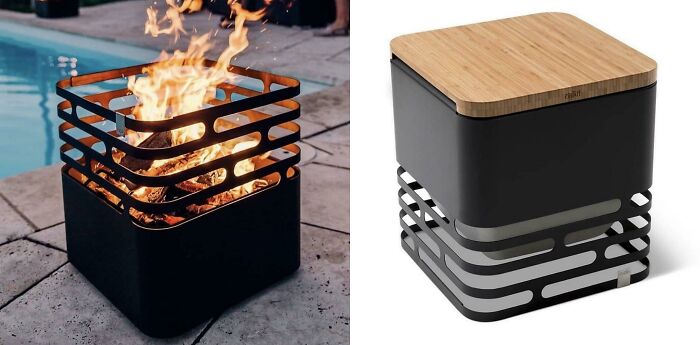
Image credits: OhoBenderez
#33 For Me, The Juicy Salif Is The Pinnacle Of Design Design
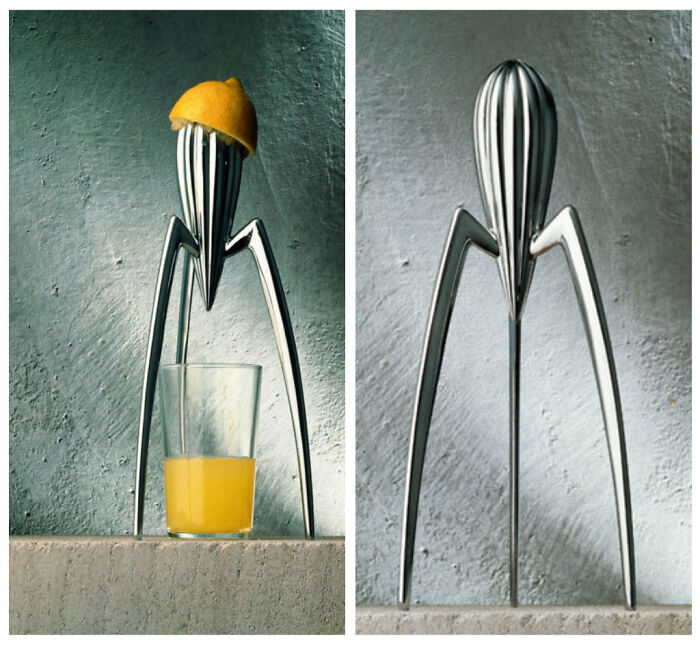
Image credits: Willch4000
#34 Reinventing The Pint
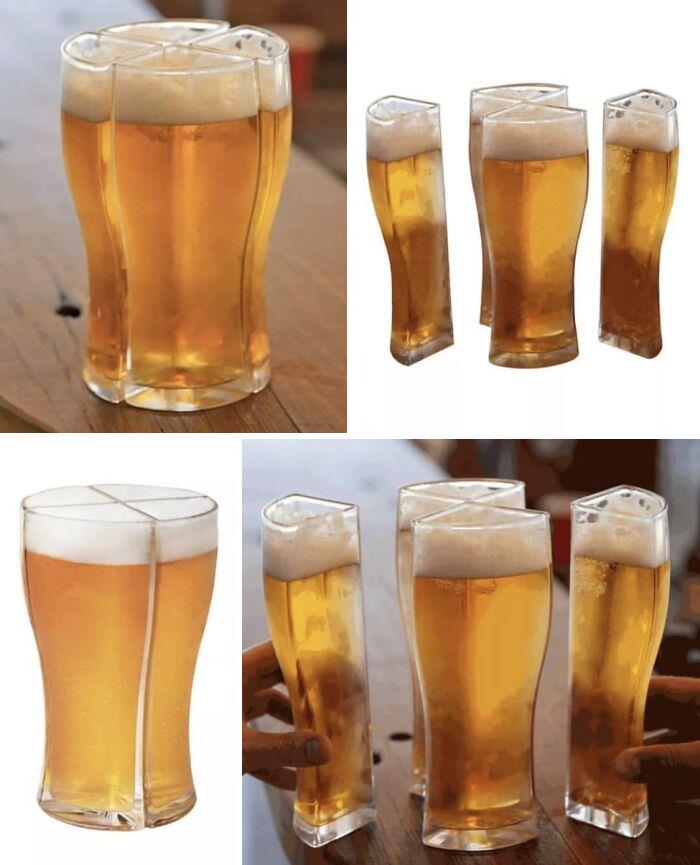
Image credits: zeph_yr
#35 Why? Just Why?

Image credits: MIRIIE
#36 Thanks I Hate It

Image credits: Tacklefina
#37 When You Want The Guarantee Of A Broken Neck From Your Staircase
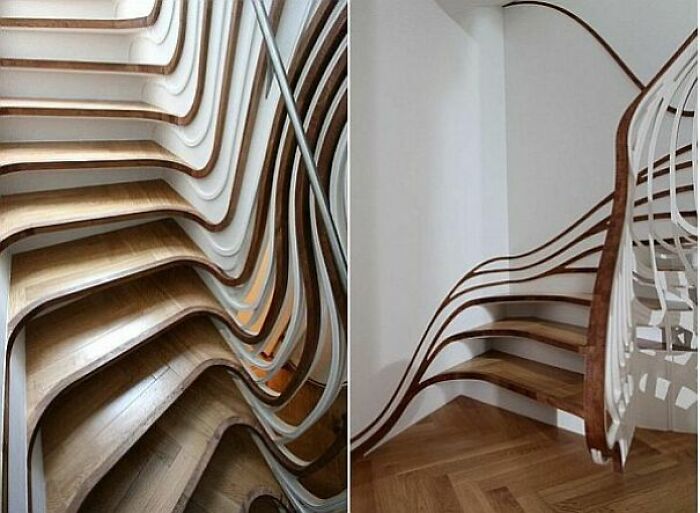
Image credits: Helpful-Substance685
#38 Clocks
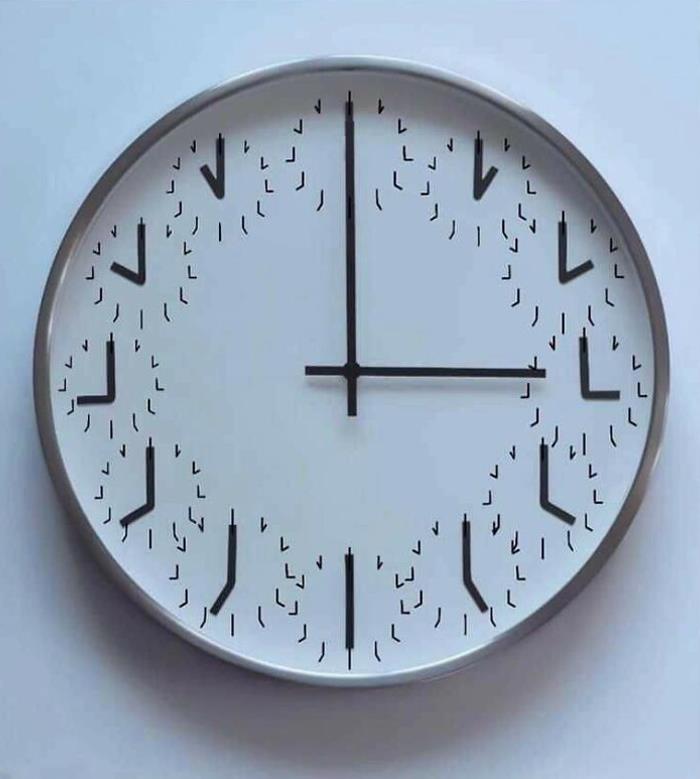
Image credits: jesset77
#39 Because A Hat Would Be Far To Complicated

Image credits: echis
#40 The Lucky Knot Bridge In China
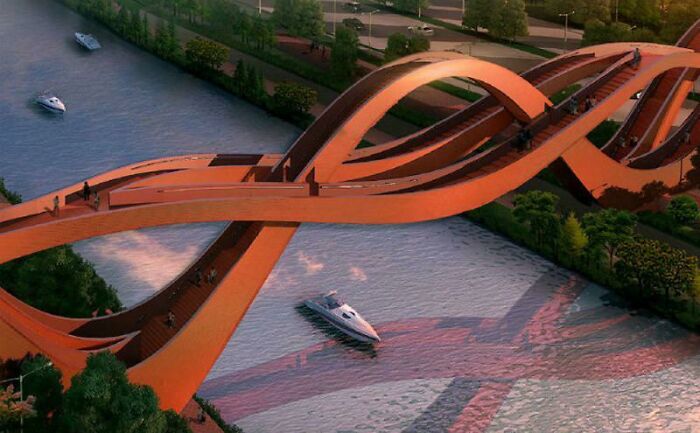
Image credits: reliseak
#41 This Sink. Spotted On A Facebook Ad
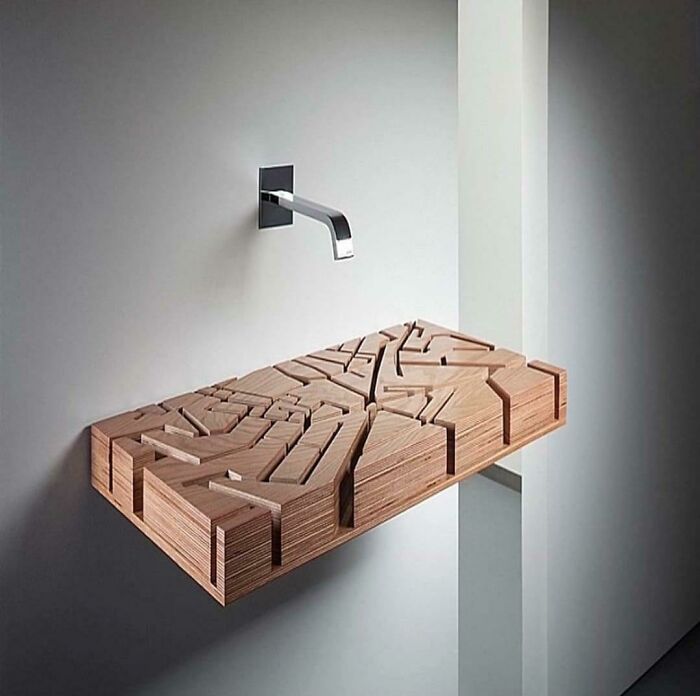
Image credits: reddit.com
#42 W Fart Free Water

Image credits: 20-CharactersAllowed
#43 A Bookshelf To Store Some Pebbles Or Something
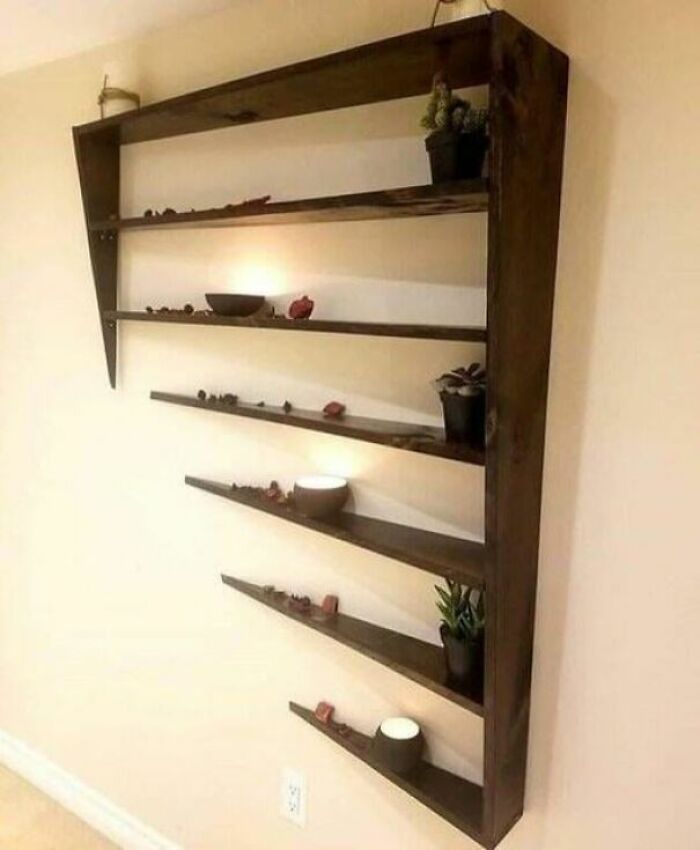
Image credits: 2roK
#44 This Luxurious Toilet

Image credits: markkobarr
#45 That Looks Comfortable
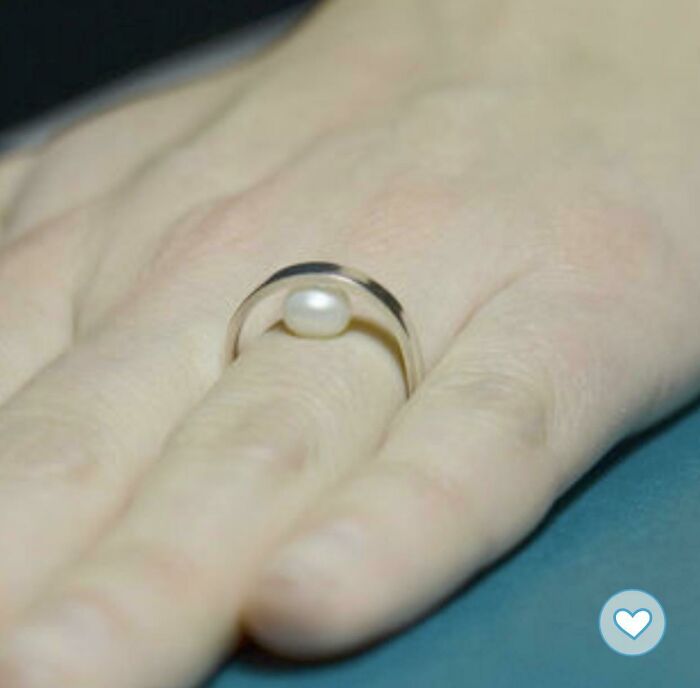
Image credits: ffrsh
#46 Love Designy Cumbersome Roundware
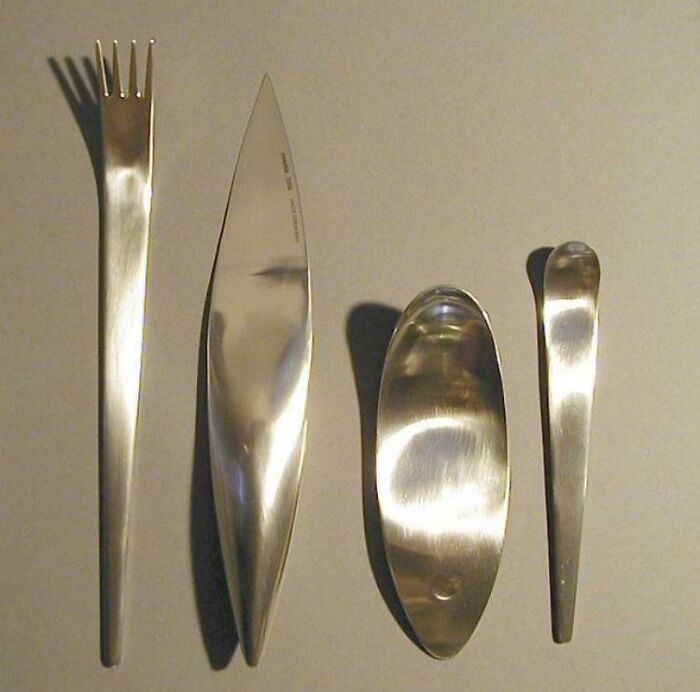
Image credits: Used_envelopes
#47 Dear God I Just Needed To Pee
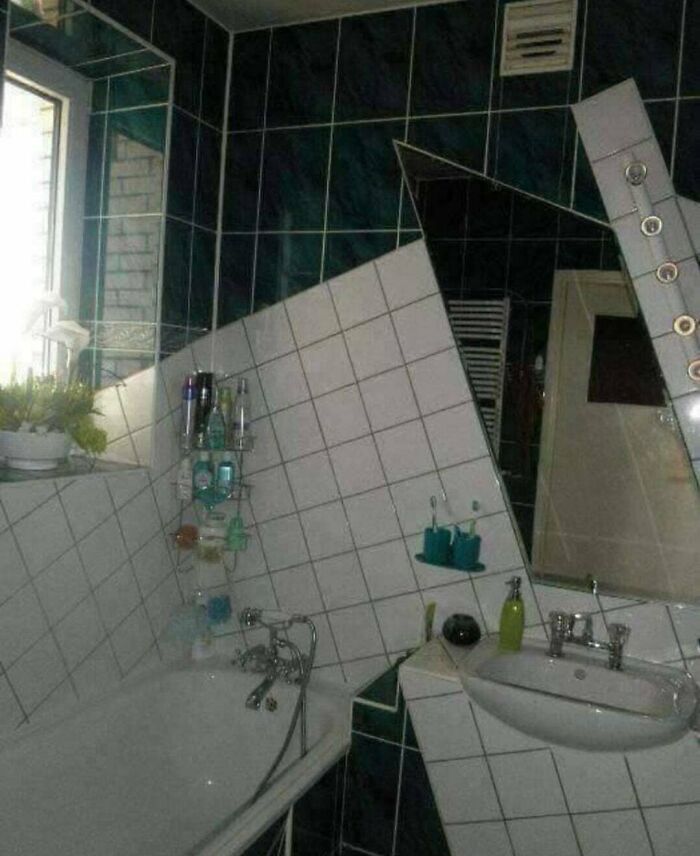
Image credits: mastermithi29
#48 A Maze Of Concentric Circles On The Back Of The Phone Fitting Its Earphones Perfectly
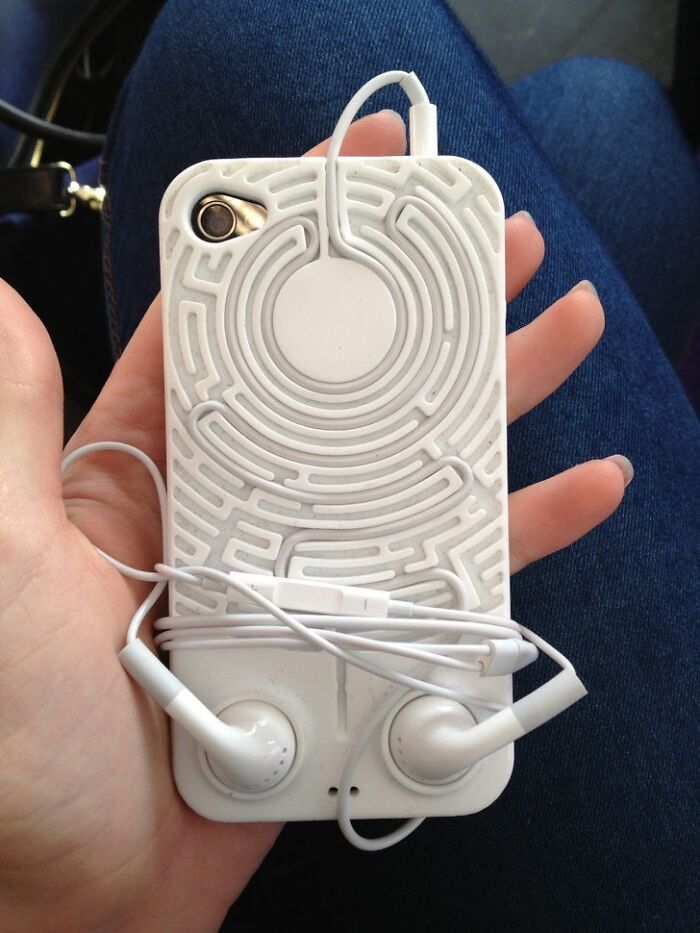
Image credits: airkiko
#49 Saw This On Insta
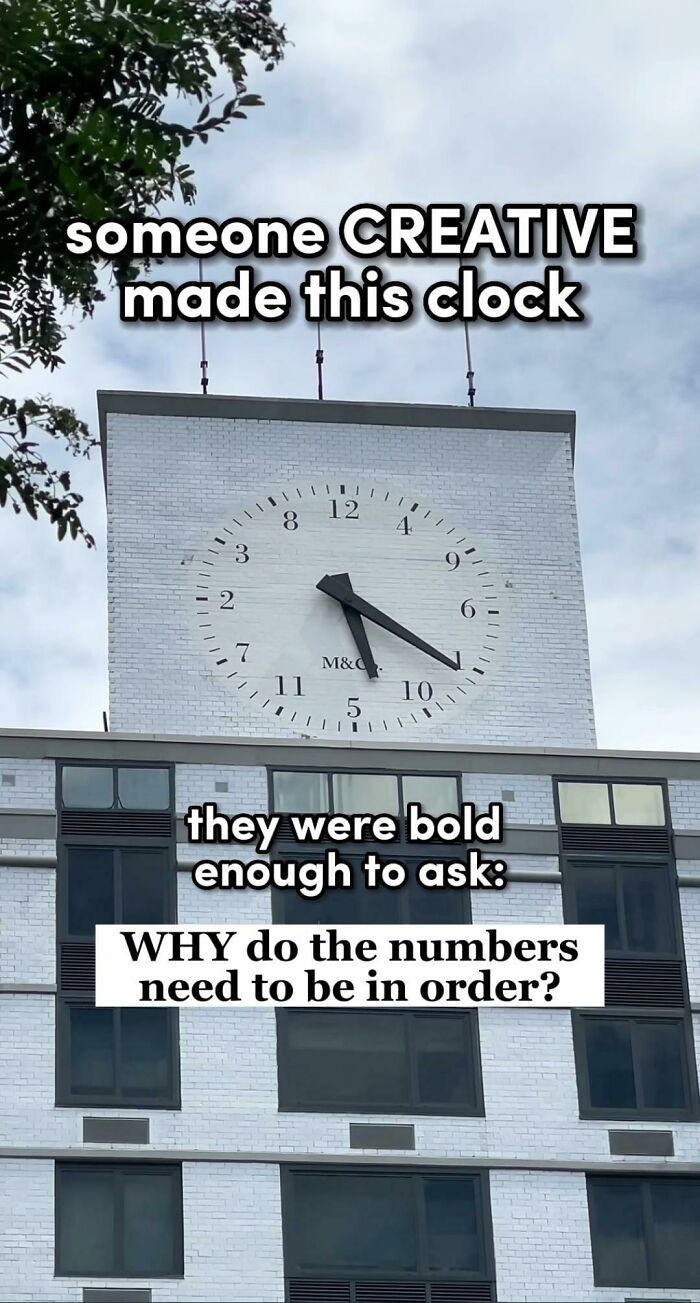
Image credits: paulekas_
#50 Stock Market Bench
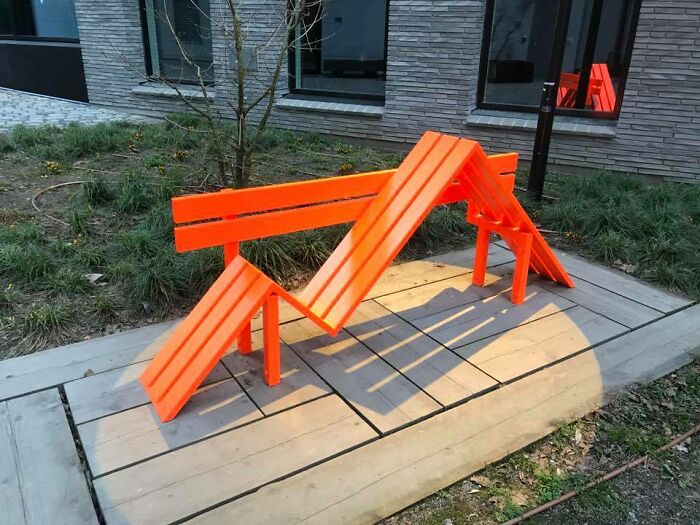
Image credits: joshart
40 Homes That Feel Too Dreamy To Be Real, As Shared On The ‘Somewhere I Would Like To Live’ Instagram Account
May 7, 2022
If you live big city life, you probably know what it feels like to rent an overpriced studio, share an apartment with fellow grown-ups or cram yourself into a cupboard-sized flat that means lie-ins are simply impossible. No wonder more and more people on Earth find themselves living in tiny spaces, known as tiny apartments that can be as small as 10 square meters. Tokyo, anyone?
So if you are starting to feel a little claustrophobic in this busy world, this Instagram account comes as a breath of fresh air. Welcome to “Somewhere I Would Like To Live,” an account that offers a beautiful collection of mesmerizing places that truly exist somewhere. Curated by Ruben Ortiz and Katty Schiebeck, the founders of Katty Schiebeck interior design studio, the account is a real treat for interior design fans and anyone who appreciates aesthetically pleasing things.
Scroll down through the most beautiful posts shared on the page and hit upvote on the ones you’d like to live in!
#1
94-years-old Agnes Kasparkova turns a small village in her art gallery in Czech Republic.
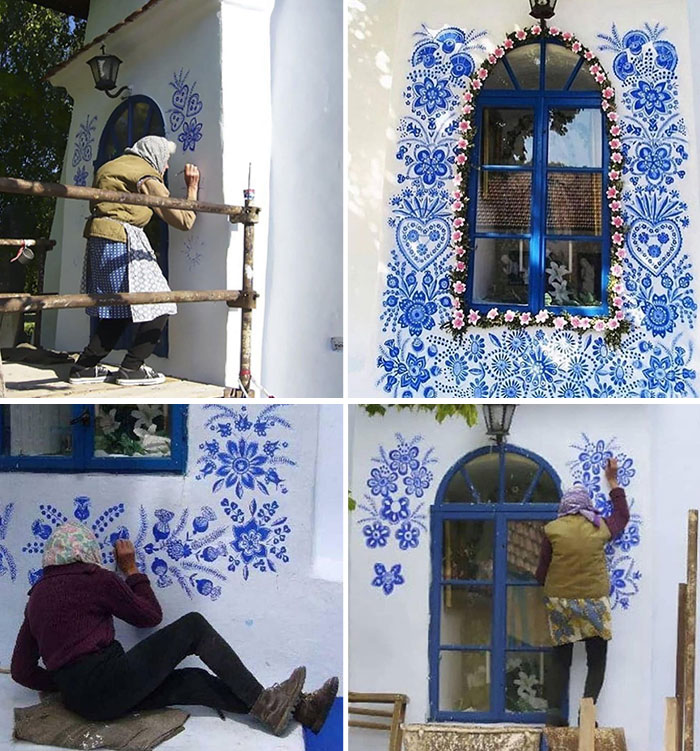
Image credits: somewhereiwouldliketolive
#2
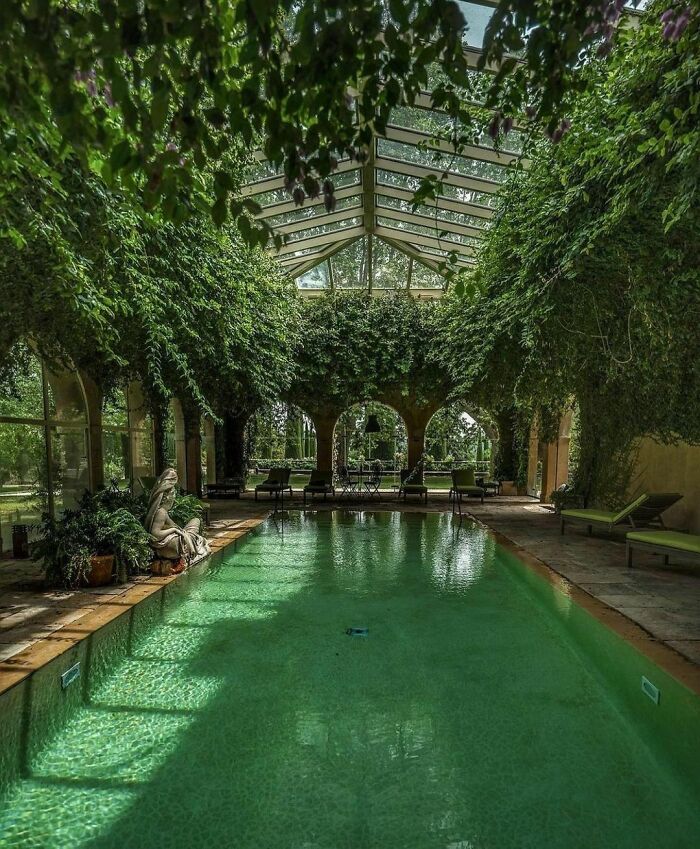
Image credits: somewhereiwouldliketolive
#3
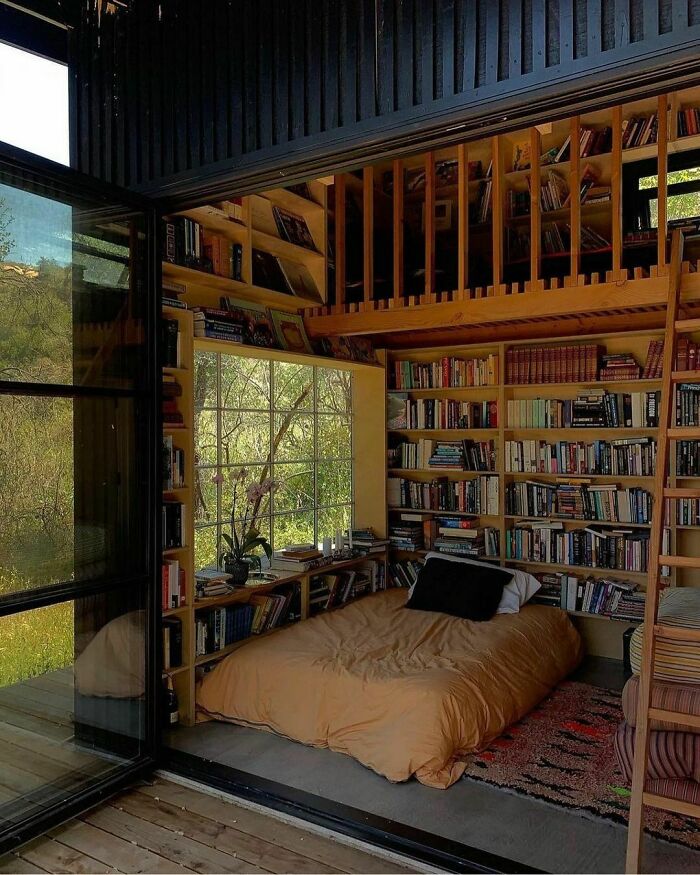
Image credits: somewhereiwouldliketolive
Our planet Earth is so full of breathtaking places, you would probably need a whole lifetime to travel them all. But let’s say you just decided to do just that. Where to start? How to plan it? What to do and more importantly, not to? These are some of the questions you should consider before buying a one-way flight ticket.
Meanwhile, Big 7 Travel announced the list of the world’s top 50 bucket list destinations that shouldn’t surprise us. “White sandy beaches are still a must-visit for many, with vibrant cities also making an appearance on a lot of people’s bucket lists,” says Clayton-Lea, the head of the content at Big 7 Travel. In fact, countries with naturally beautiful scenery and world-famous landmarks came out on top: 22% of the destinations on the list have white sandy beaches, while 52% are iconic cities.
#4
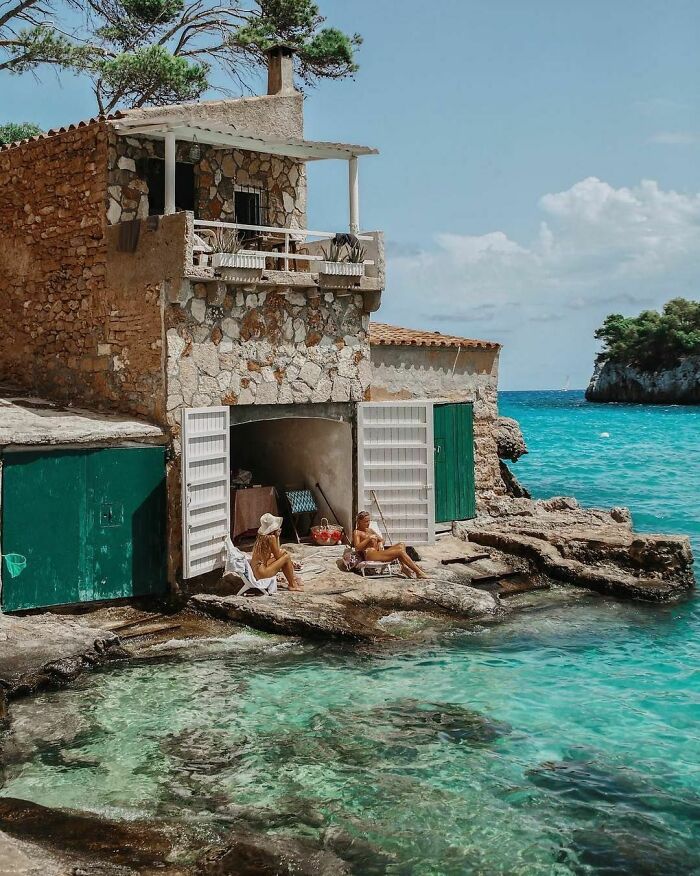
Image credits: somewhereiwouldliketolive
#5
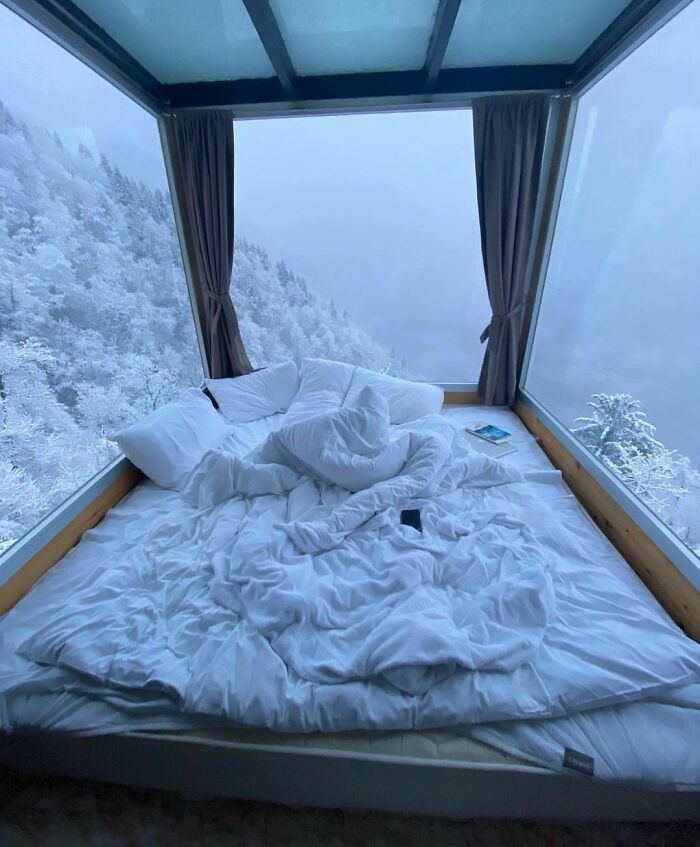
Image credits: somewhereiwouldliketolive
#6
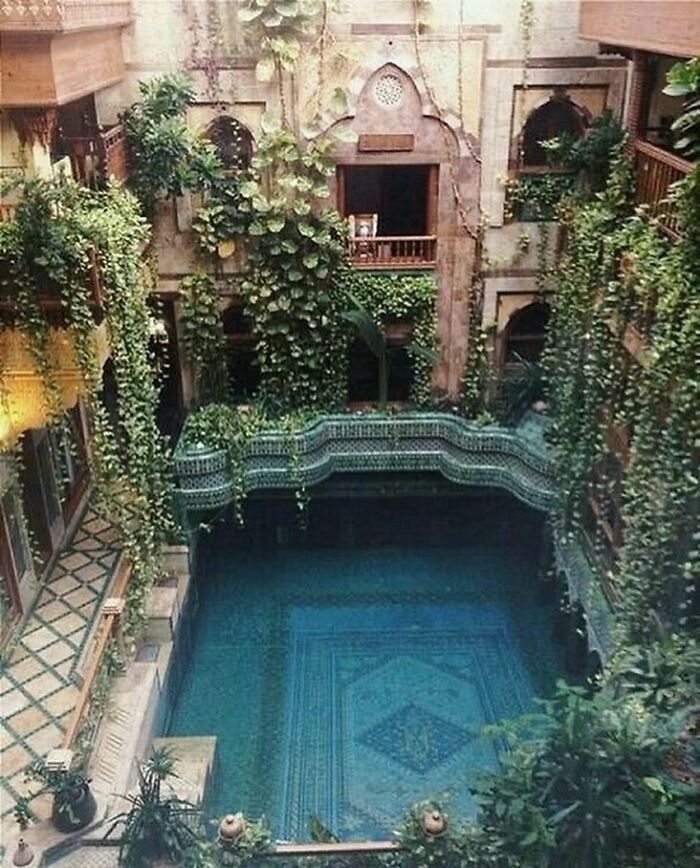
Image credits: somewhereiwouldliketolive
While Bali topped the list of the 50 most popular bucket list destinations on Earth, some travel picks were less expected. “The top 10 list has a lot of the expected dream destinations, but there are a few surprises on the list: Paro Valley in Bhutan, for example, or Virunga National Park in the Congo,” Clayton-Lea commented. “I think this shows a great appetite for a need to get off the grid and can only assume that social media (and Netflix, in the case of Virunga!) is responsible for spreading the word of these amazing places.”
#7

Image credits: somewhereiwouldliketolive
#8
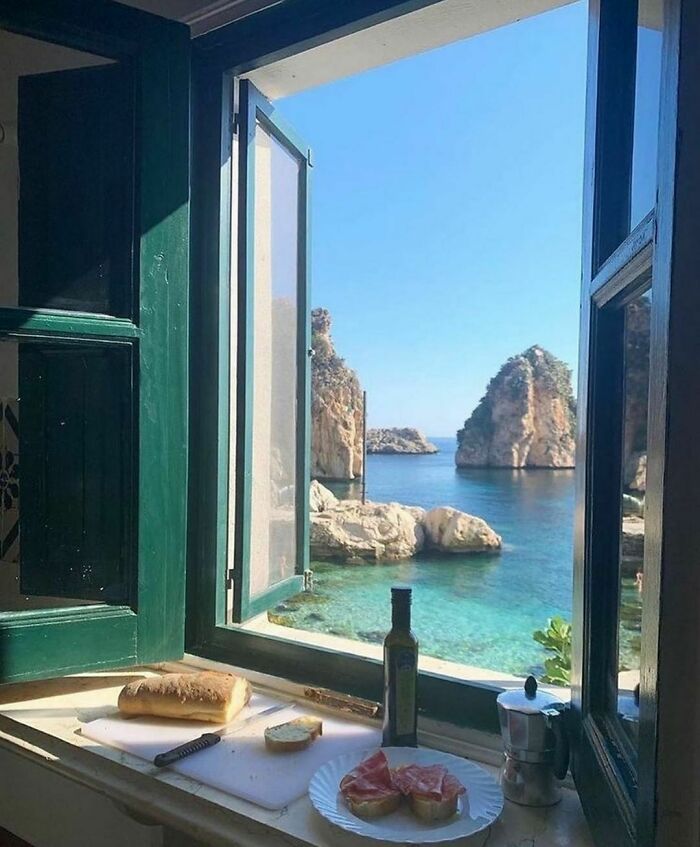
Image credits: somewhereiwouldliketolive
#9

Image credits: somewhereiwouldliketolive
Bored Panda reached out to Jolene and Andrzej Ejmont, the serial travelers and creators of family travel blog “Wanderlust Storytellers” to find out some tips that you will find useful in case you set out on a mission to visit any of these places.“It’s no secret that often things go against the plan while traveling. But the best way to ensure that your mood stays good, even when things go not according to plan, is to pre-plan the ‘buffer time’ for when you are at a particular destination,” the Ejmont family told us. “For example: if you are going to Rome for three days exploring, book four days to be safe. And if that doesn’t help, there’s always cocktails, chocolate and ice cream.”
#10
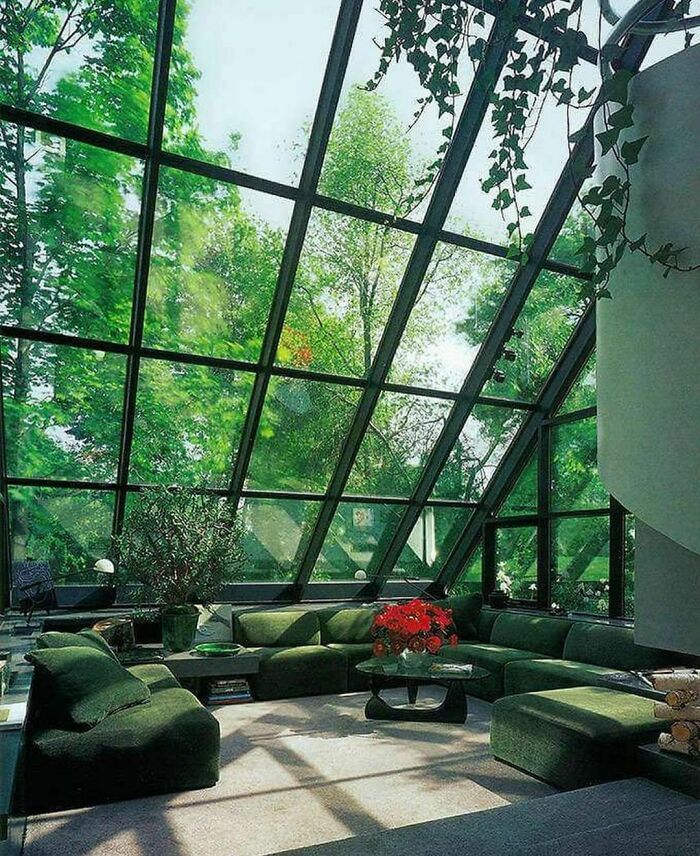
Image credits: somewhereiwouldliketolive
#11
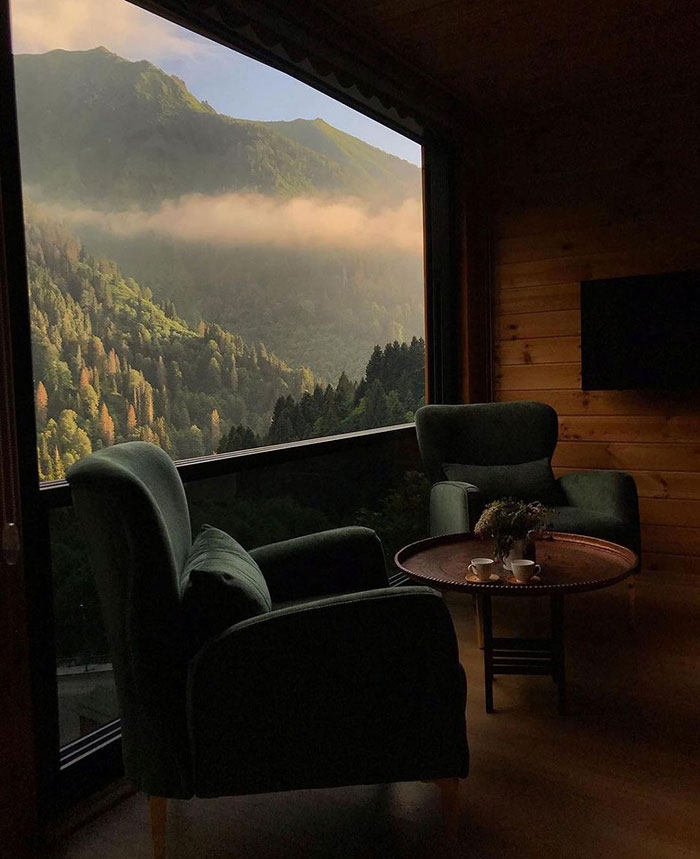
Image credits: somewhereiwouldliketolive
#12
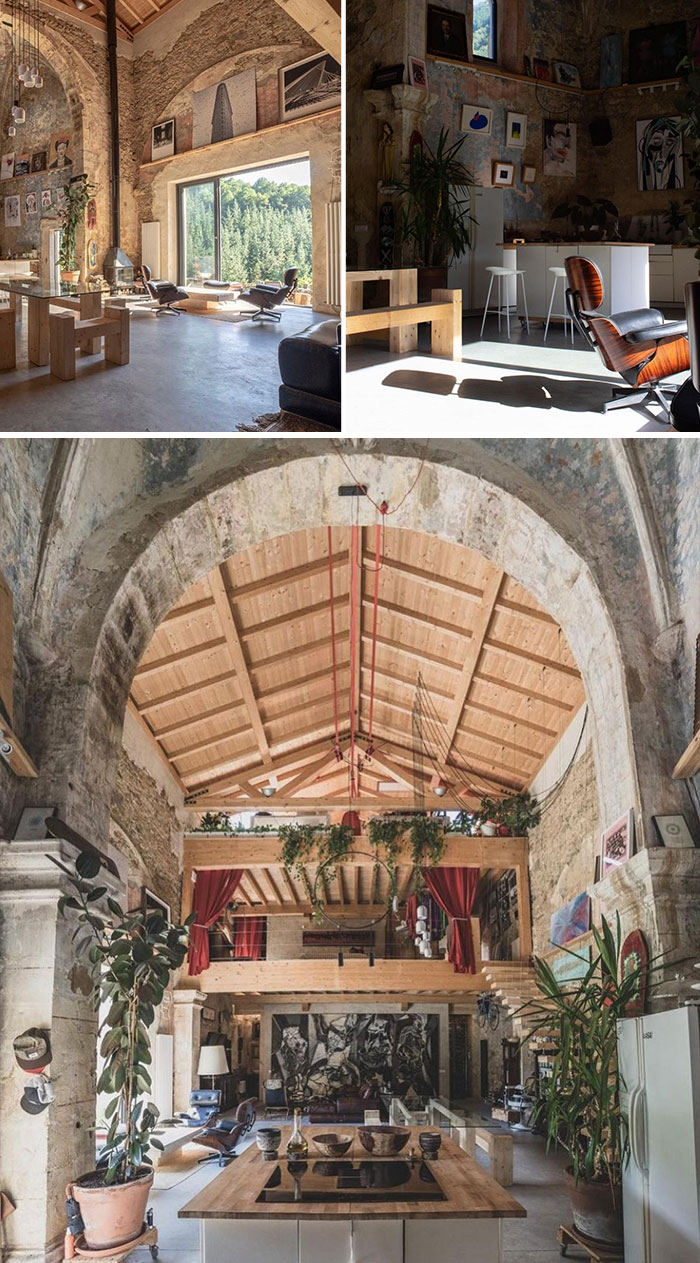
Image credits: somewhereiwouldliketolive
Moreover, little details count when you travel and hiring a car without a GPS is such an easy mistake to make, but it can surely make your travel go sour. “It is so much better to rely on the GPS than your personal phone’s maps. It doesn’t matter then if you happen to have no reception on your mobile phone,” Andrzej said.
#13
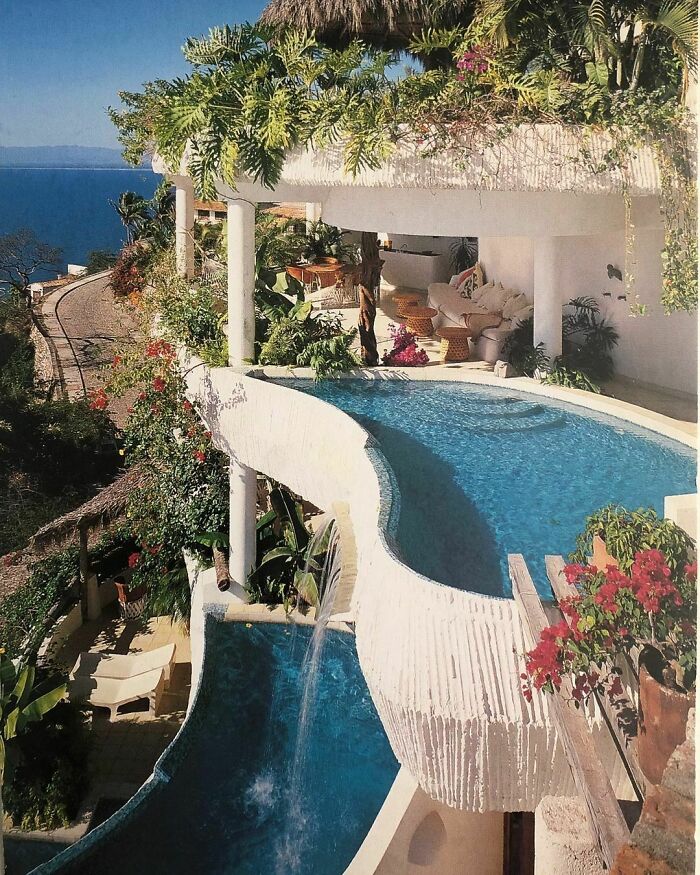
Image credits: somewhereiwouldliketolive
#14
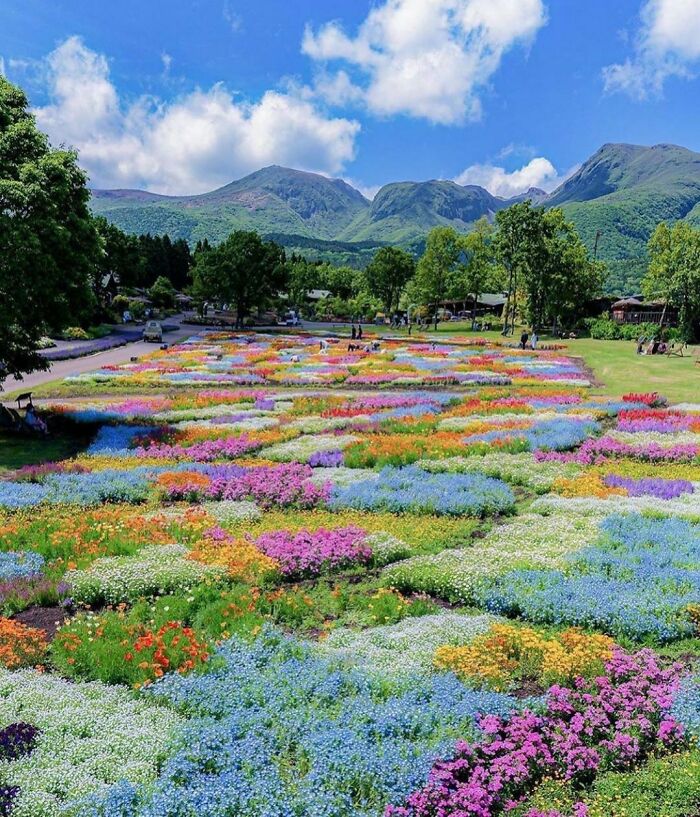
Image credits: somewhereiwouldliketolive
#15
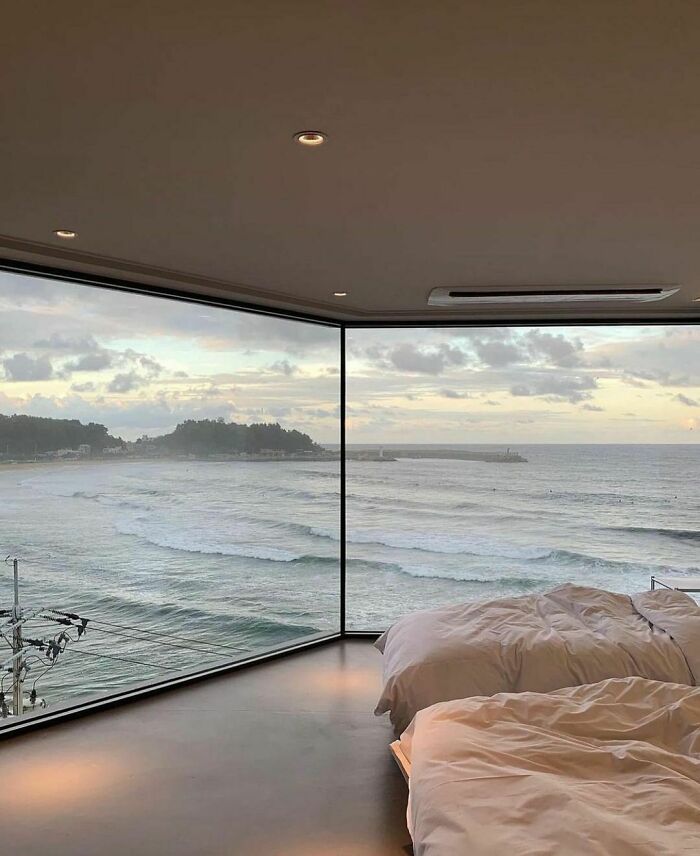
Image credits: somewhereiwouldliketolive
When asked whether, in their opinion, people are generally more experienced at traveling these days, the Ejmont family said that’s definitely the case. “People are slowly venturing out to more and more of less-travelled destinations and experiencing travels like never before.”
“This, of course, creates more understanding for travel and as a side effect, enriches more and more souls with tolerance, humility and compassion,” Andrzej told us.
#16
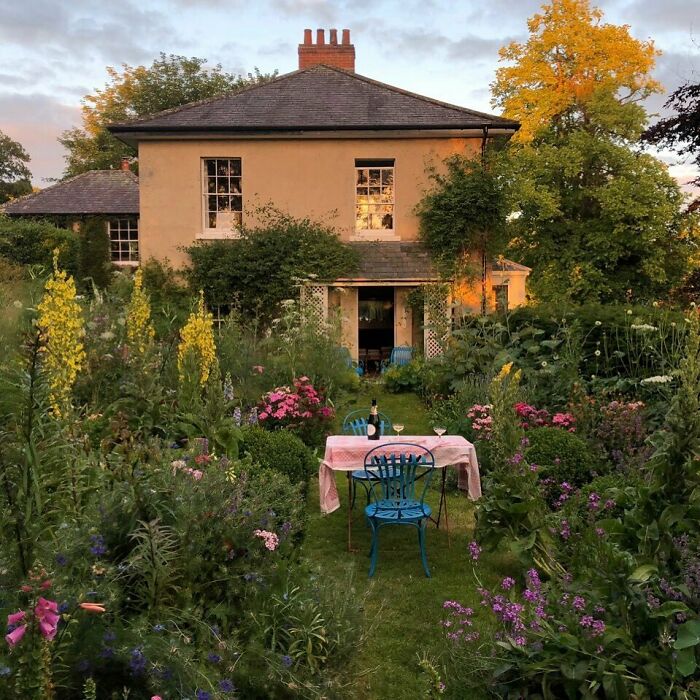
Image credits: somewhereiwouldliketolive
#17
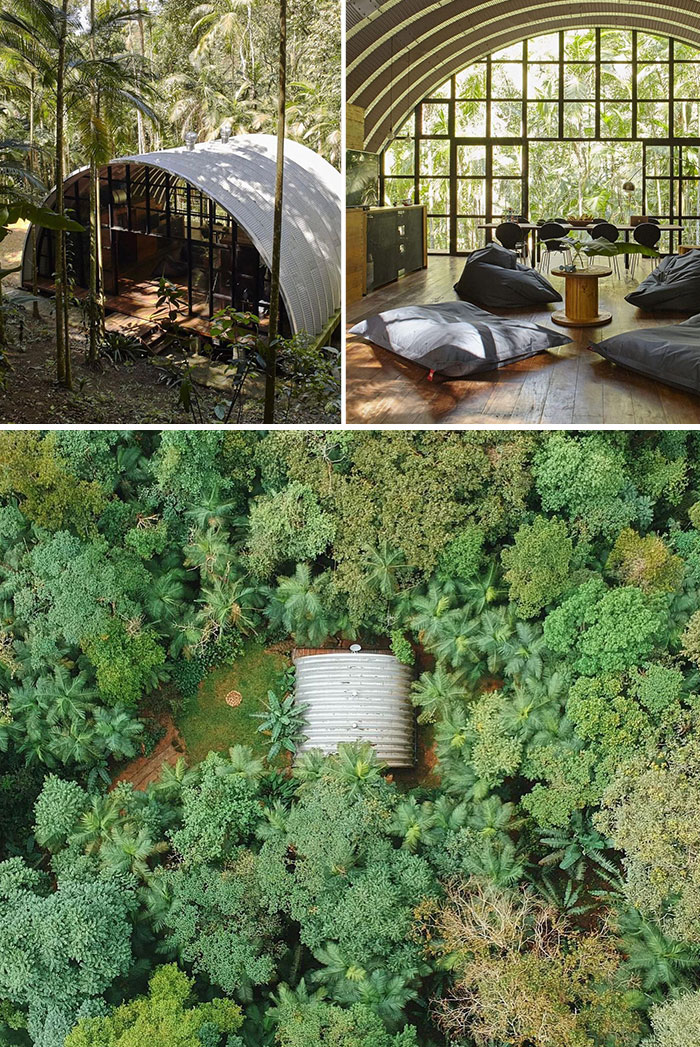
Image credits: somewhereiwouldliketolive
#18
“‘The Scola Tower’ Built in the 17th century, It stands over 42 feet tall in the sea by La Spezia, #Italy The tower was originally designed, as part of a defensive system for the Senate of the Republic of Genoa”
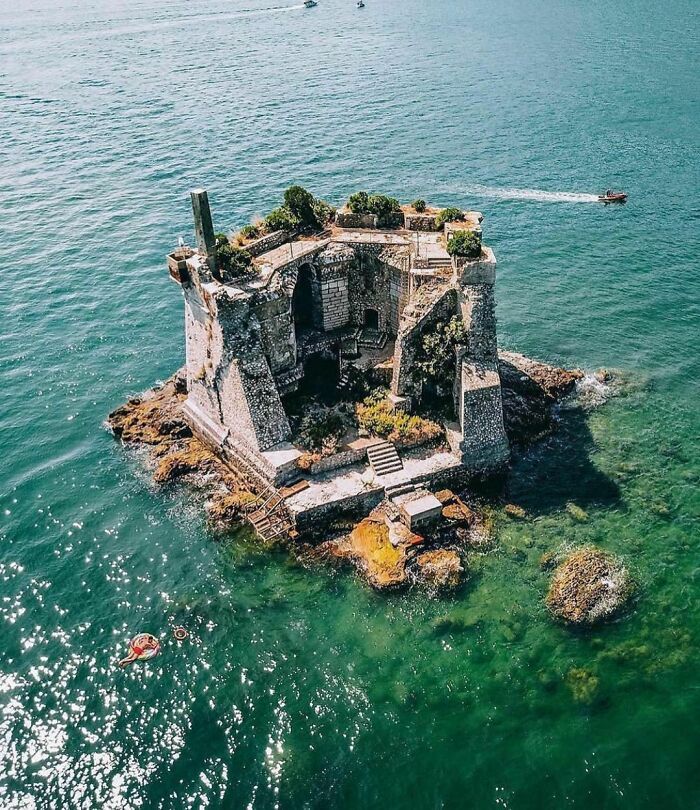
Image credits: somewhereiwouldliketolive
When asked about solo traveling, which seems to be tending lately, Andrzej said that solo travels are filled with adventures like no other. “To lose yourself in passion for travel and be open-minded to whatever comes your way, whomever you meet… definitely an adventure in itself.”
#19
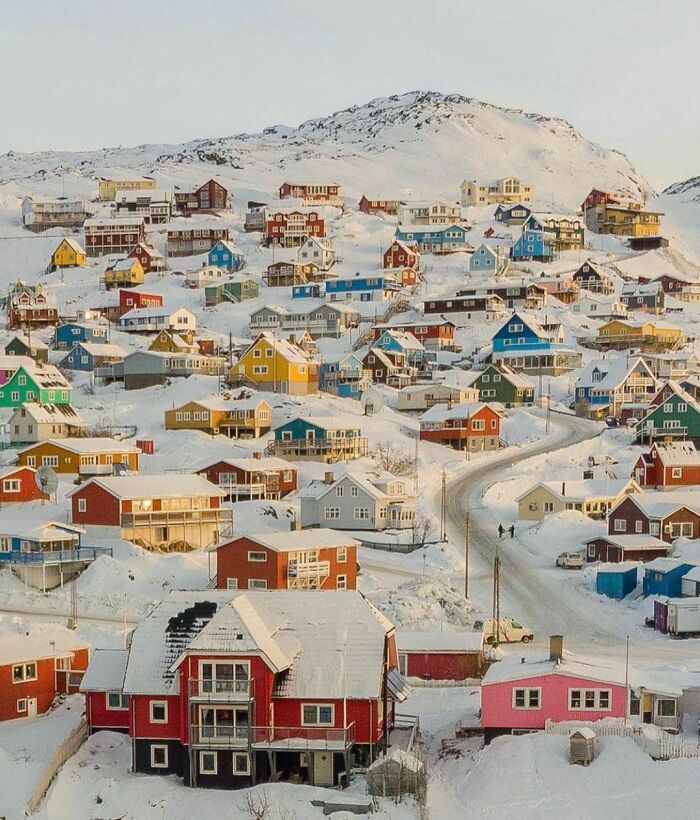
Image credits: somewhereiwouldliketolive
#20
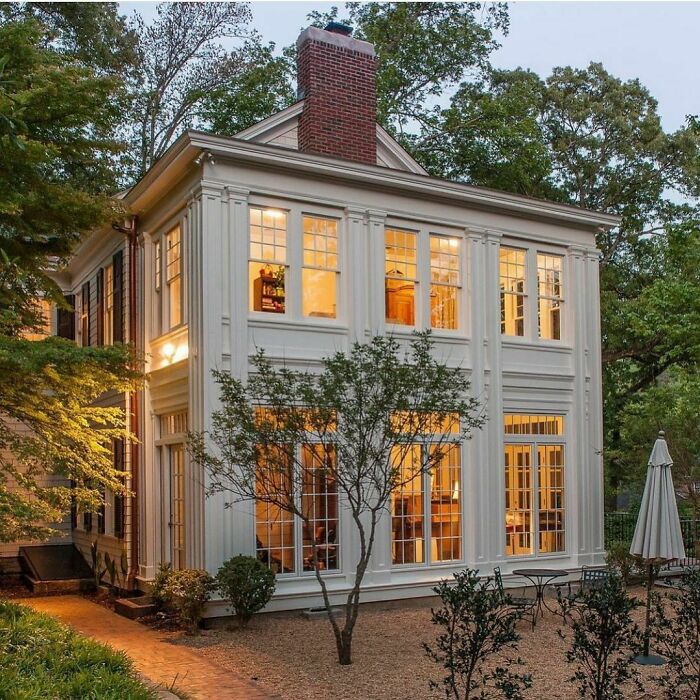
Image credits: somewhereiwouldliketolive
#21
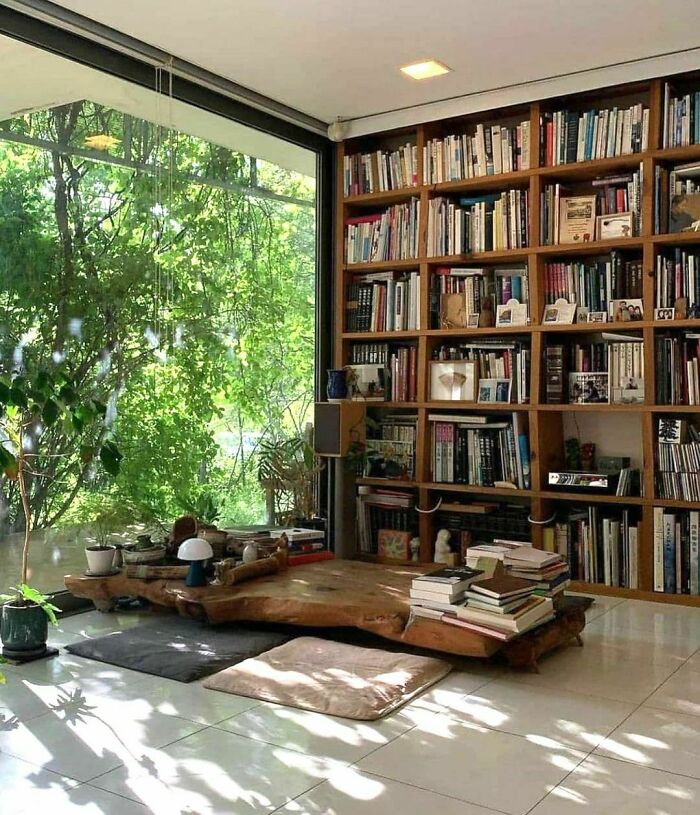
Image credits: somewhereiwouldliketolive
#22
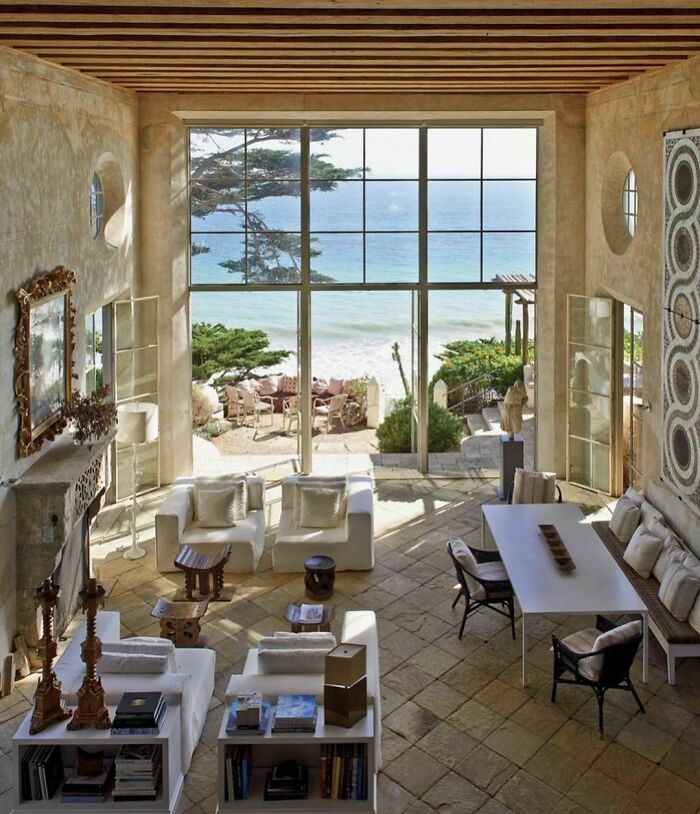
Image credits: somewhereiwouldliketolive
#23
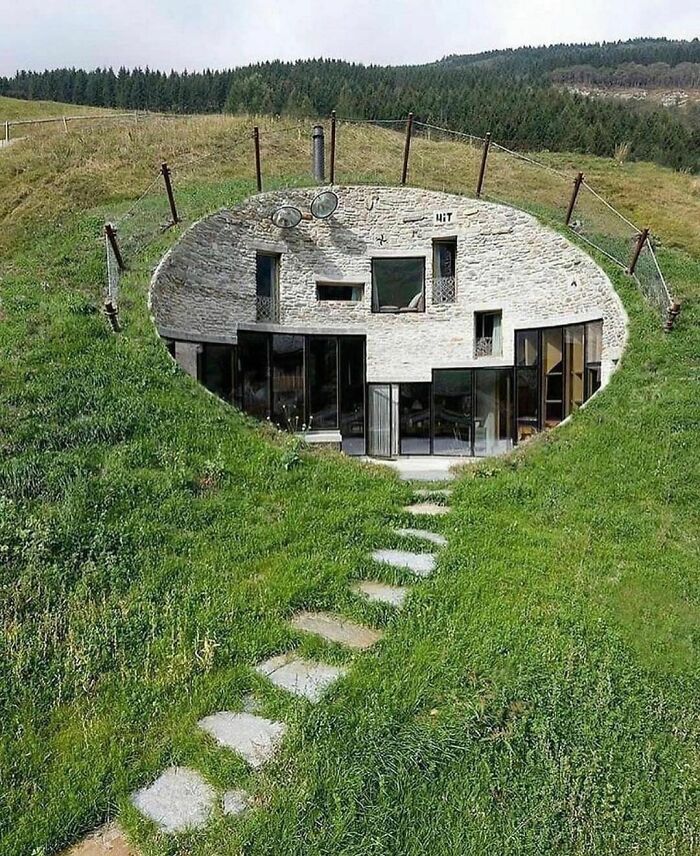
Image credits: somewhereiwouldliketolive
#24
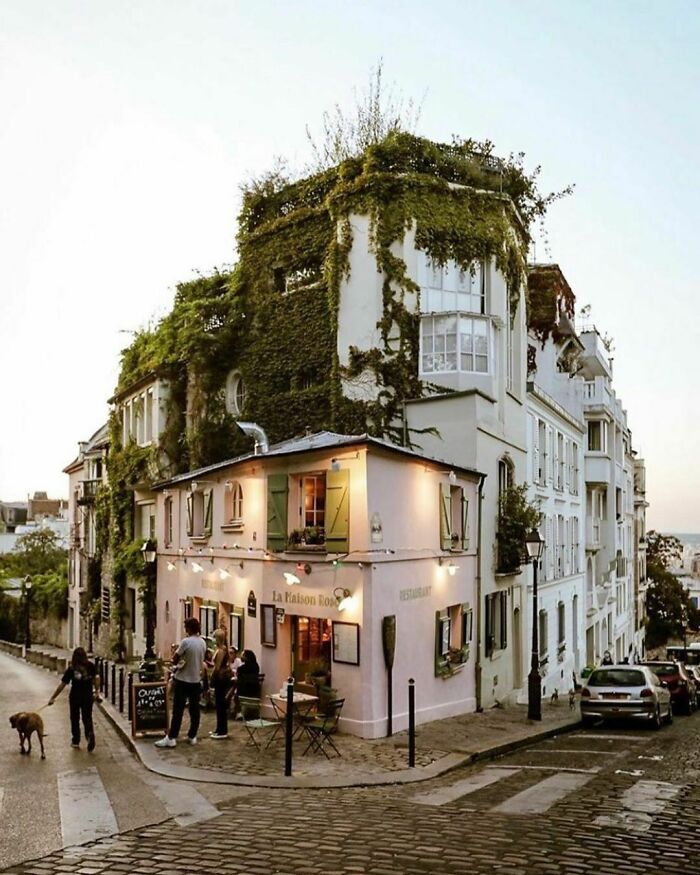
Image credits: somewhereiwouldliketolive
#25
“Barcelona’s Liceu opera audience was made up of 2292 plants. A string quartet performed Puccini to the potted plants before they were donated to 2292 health workers”
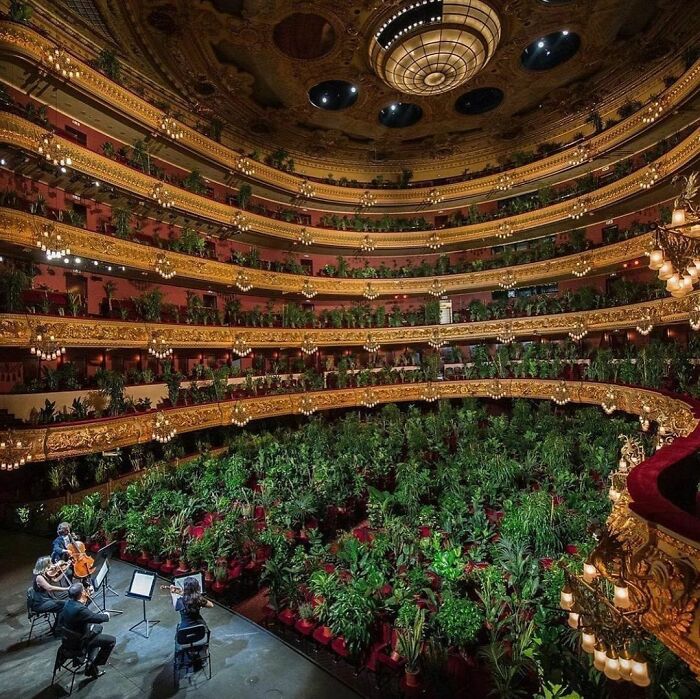
Image credits: somewhereiwouldliketolive
#26
“The gardens of Eden”
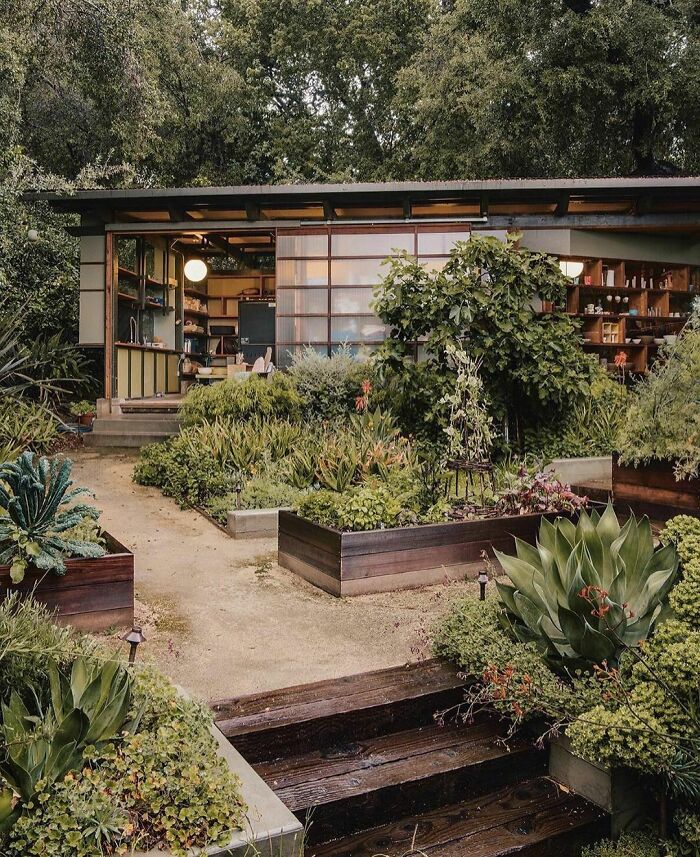
Image credits: somewhereiwouldliketolive
#27
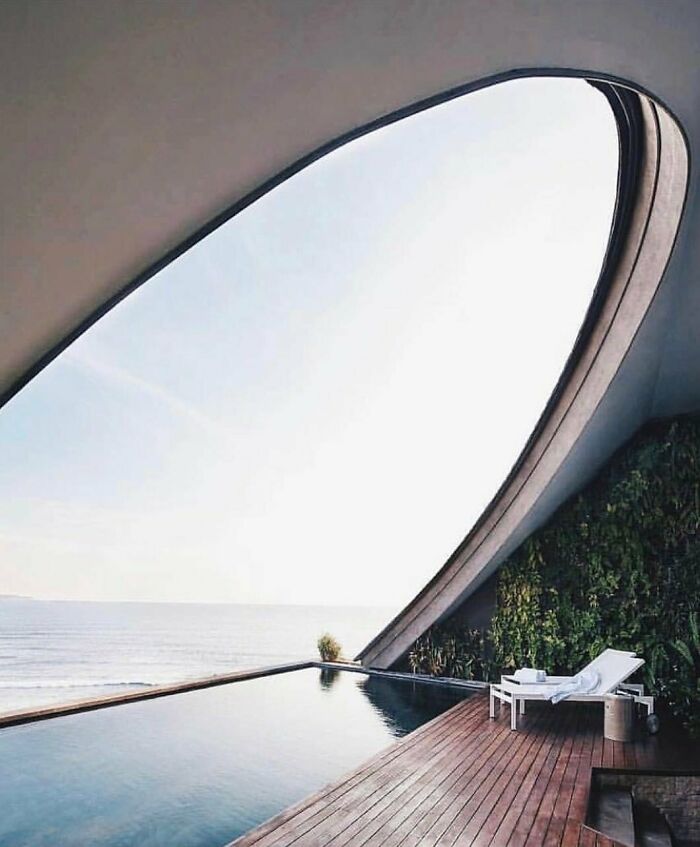
Image credits: somewhereiwouldliketolive
#28
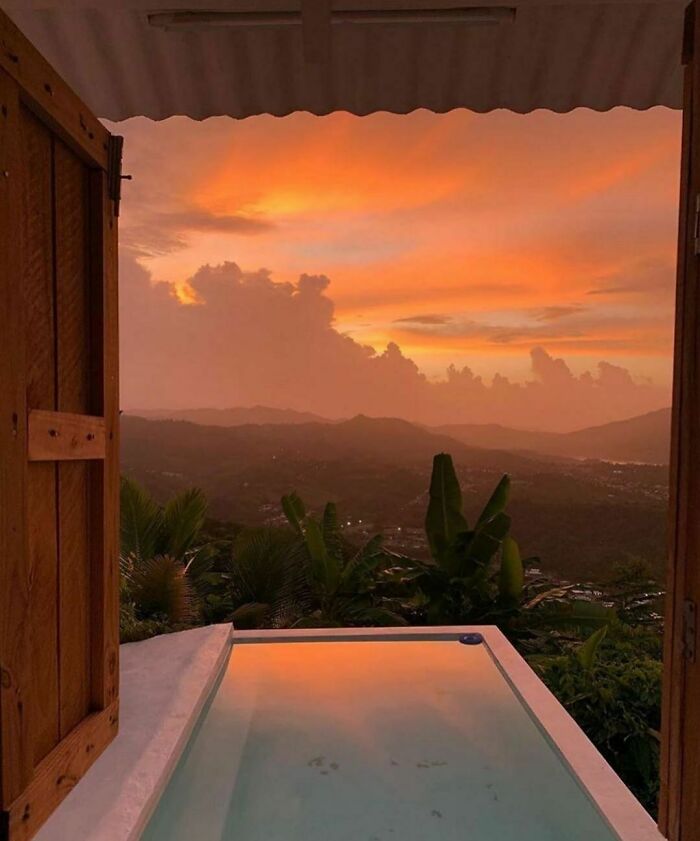
Image credits: somewhereiwouldliketolive
#29
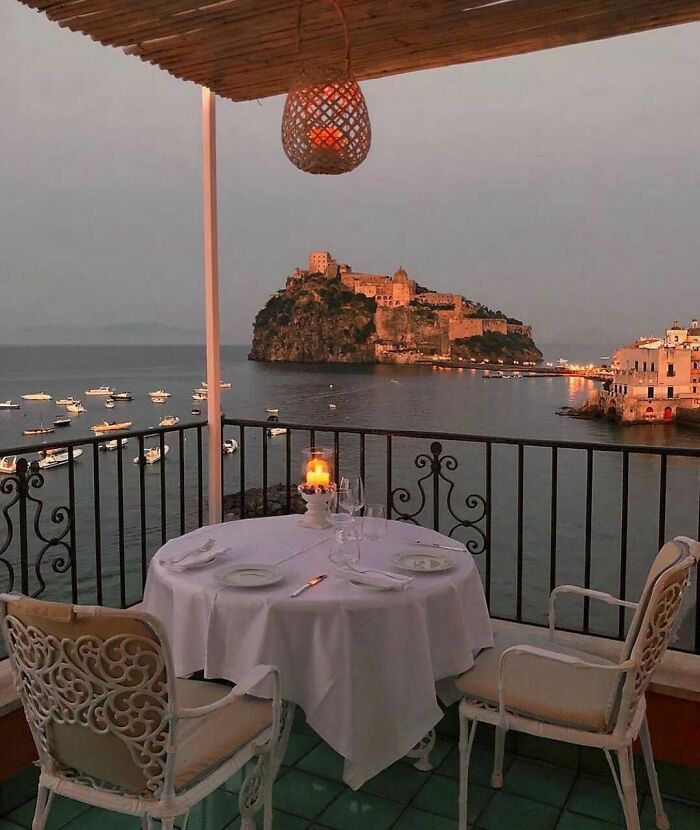
Image credits: somewhereiwouldliketolive
#30
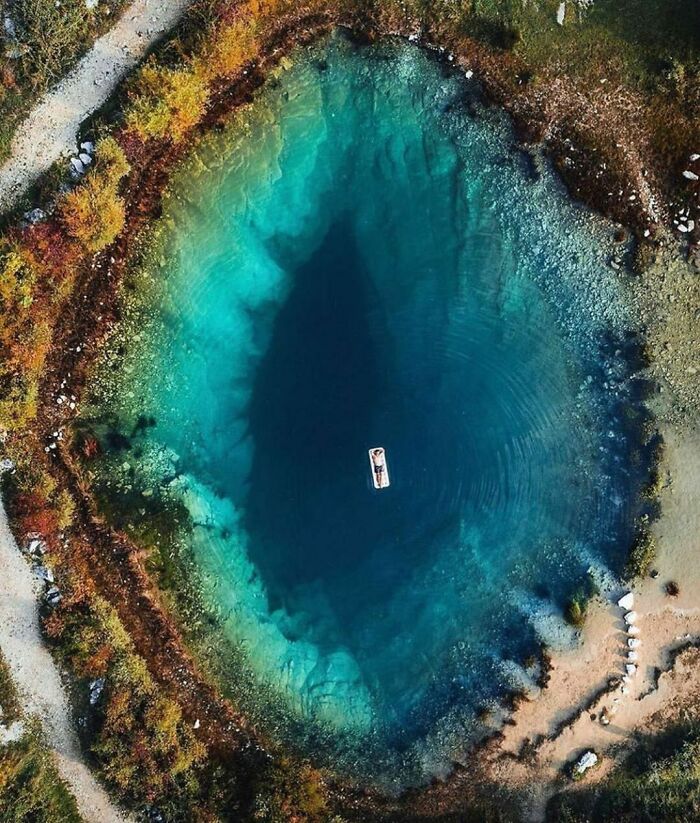
Image credits: somewhereiwouldliketolive
#31
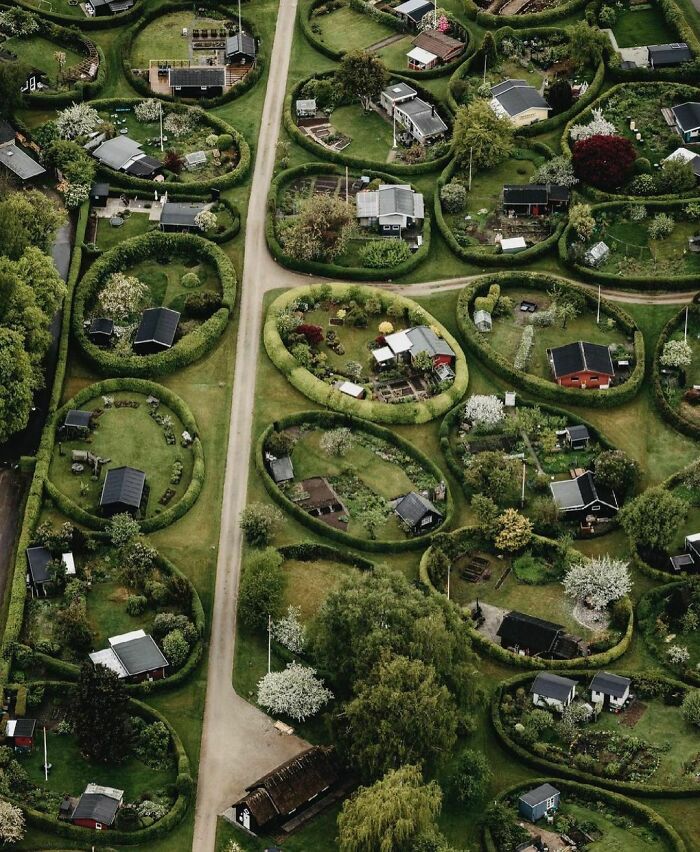
Image credits: somewhereiwouldliketolive
#32

Image credits: somewhereiwouldliketolive
#33
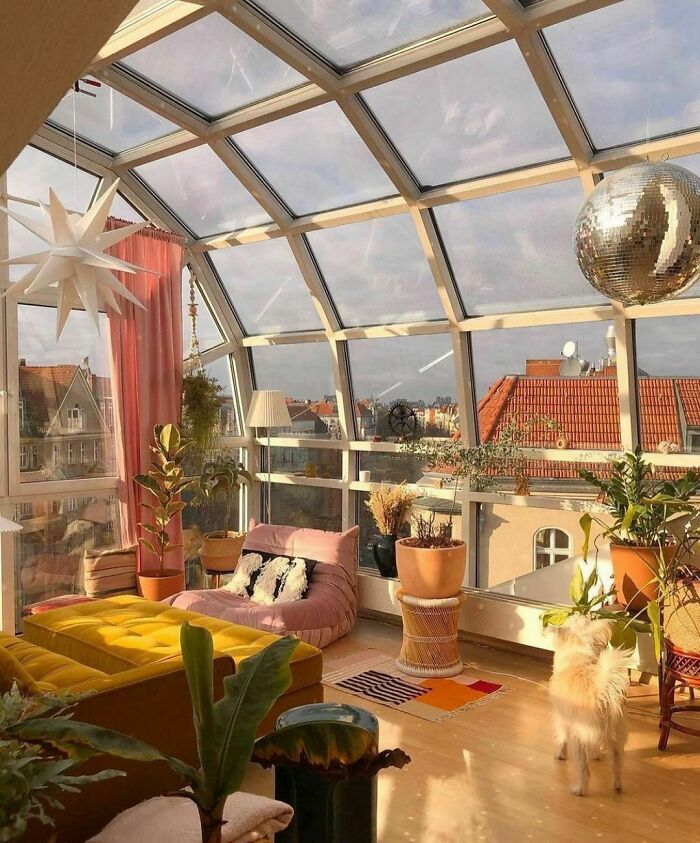
Image credits: somewhereiwouldliketolive
#34
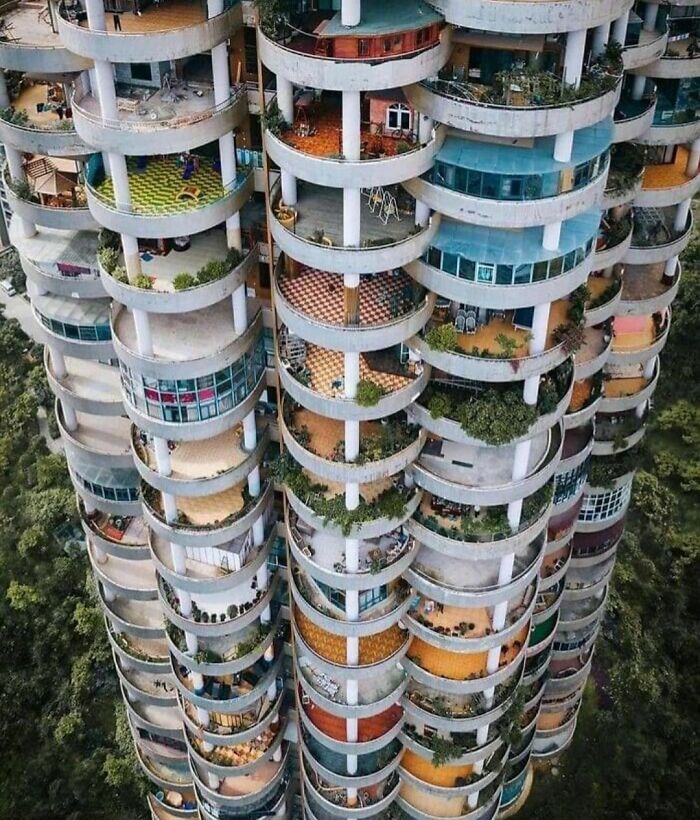
Image credits: somewhereiwouldliketolive
#35
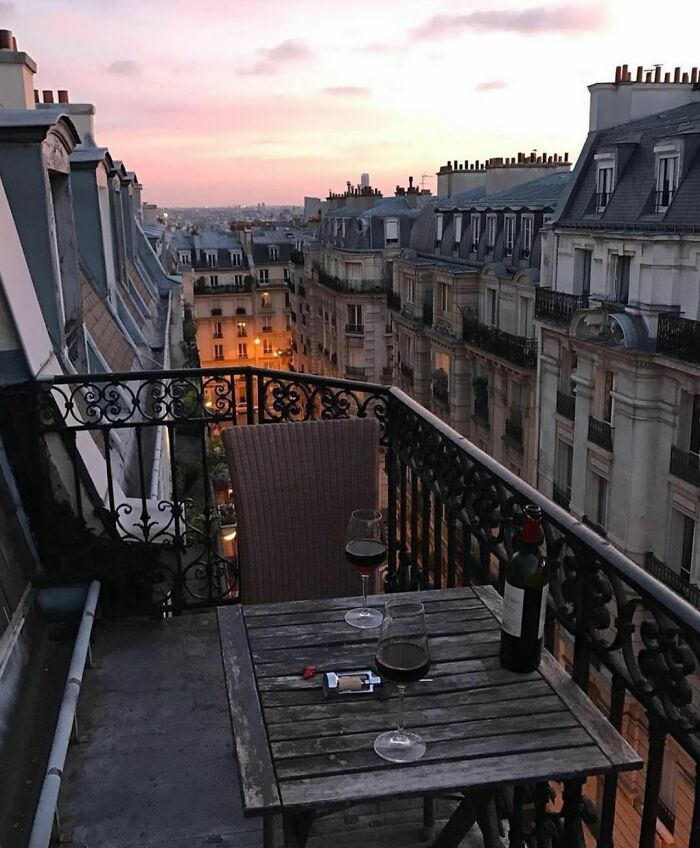
Image credits: somewhereiwouldliketolive
#36

Image credits: somewhereiwouldliketolive
#37
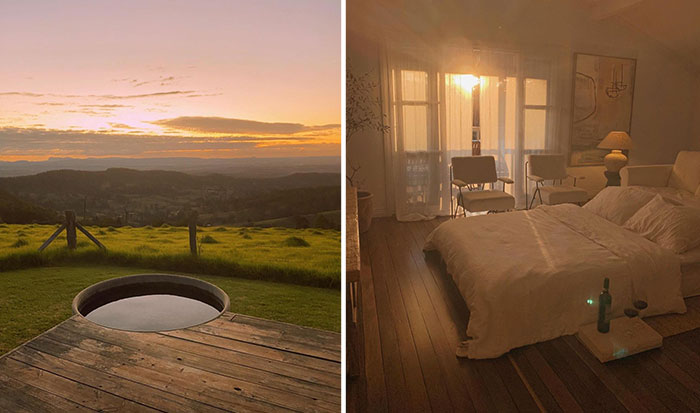
Image credits: somewhereiwouldliketolive
#38
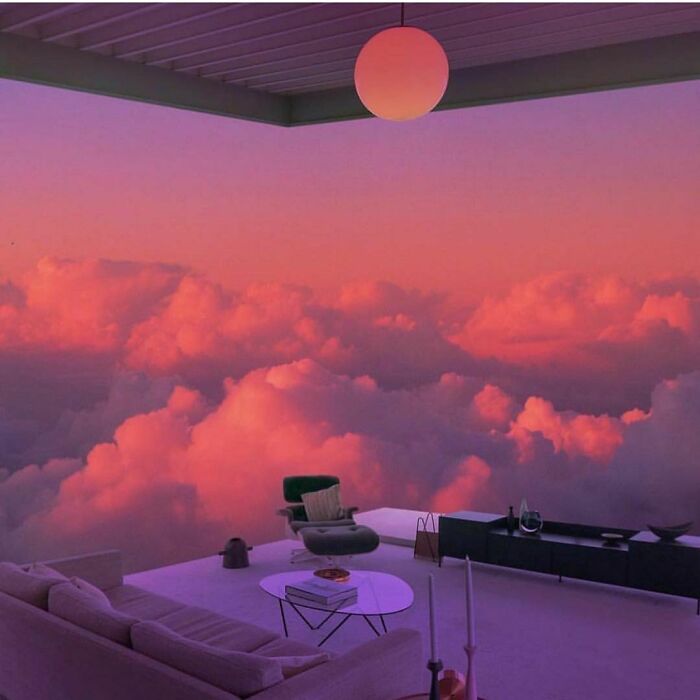
Image credits: somewhereiwouldliketolive
#39
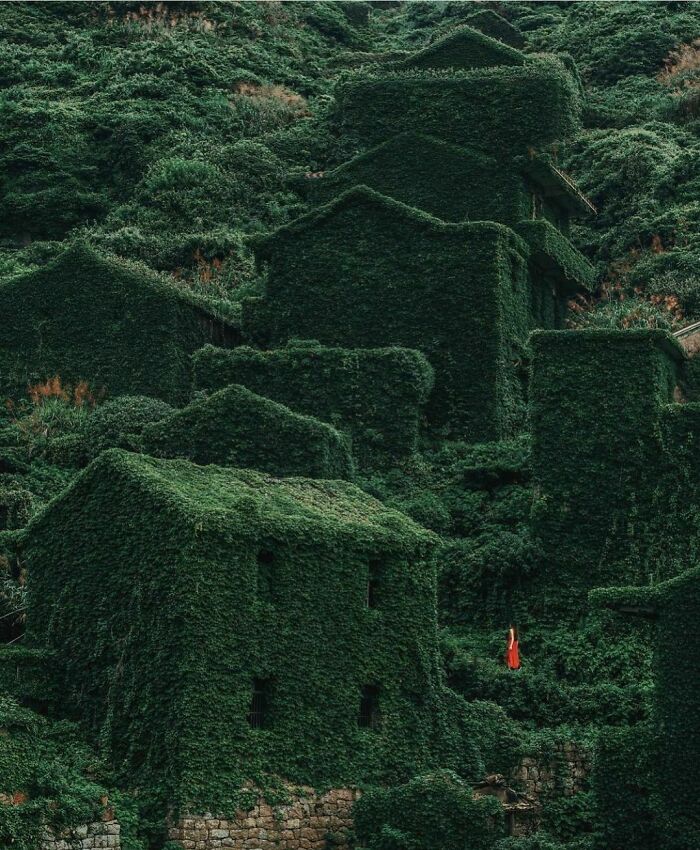
Image credits: somewhereiwouldliketolive
#40
Paris
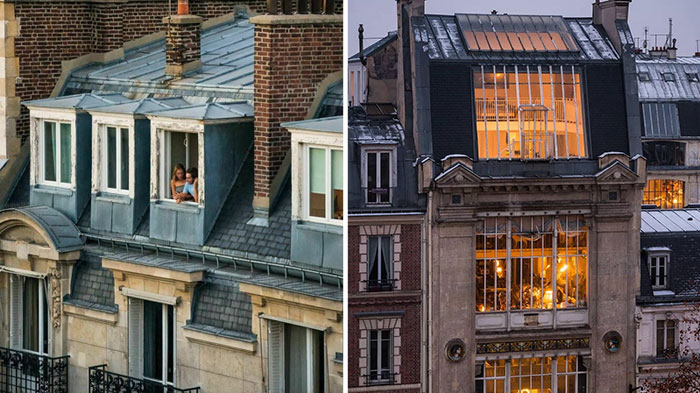
Image credits: somewhereiwouldliketolive
‘That’s It, I’m Architecture Shaming’: 40 Architecture Examples That Look So Bad, People Just Had To Shame Them
May 7, 2021
Some buildings will absolutely fascinate you with their stunning designs, genius architectural decisions, and the sheer power of their aesthetics. This article isn’t about these kinds of buildings, however. Nope! Not all buildings are made equal, you see, and the ‘bad’ ones need to be shamed publicly so that others don’t copy their designs. So we’ll be focusing exclusively on just plain terrible architectural decisions.
And the worst of the worst end up on the ‘That’s It, I’m Architecture Shaming’ Facebook group where users mercilessly prod and poke bad design. It’s fun, it’s educational, it’s something cool to scroll through during your next coffee break.
Remember to upvote your fave photos that you love to hate and be sure to follow the architecture-shaming Facebook group if you like their stuff. They’re a growing community with awesome content.
Bored Panda spoke about what separates good and bad design, the need to democratize the access to quirky private property designs, as well as about the roles that architecture plays with an expert in the field from Sweden who has a background in urban planning. You’ll find our full interview with her below.
#1 I Dunno, Slim Doesn’t Seem To Be Digging This Situation
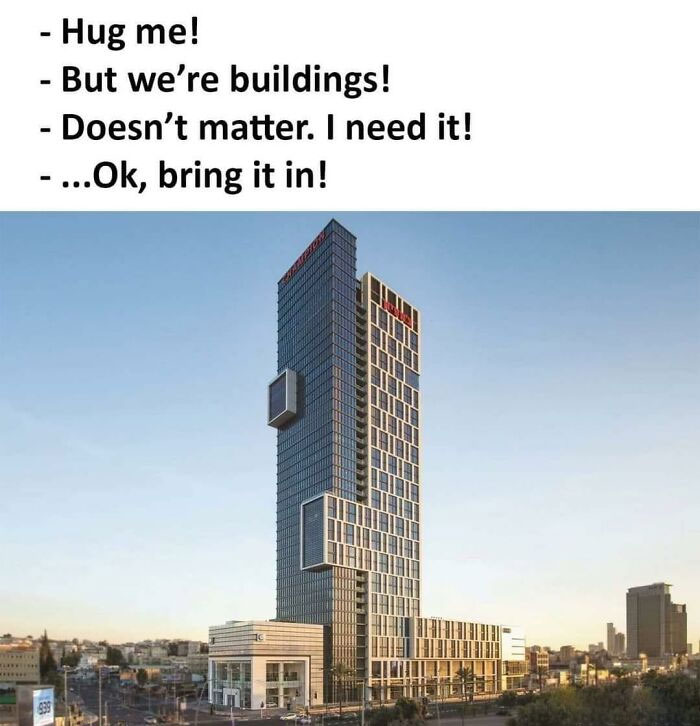
Image credits: architectureshaming
#2 I Do Not Give A Damn How Well It’s Cantilevered Or How Strong The Struts Are. I Do Not Have The Kind Of Luck It Would Take To Set Foot In This House
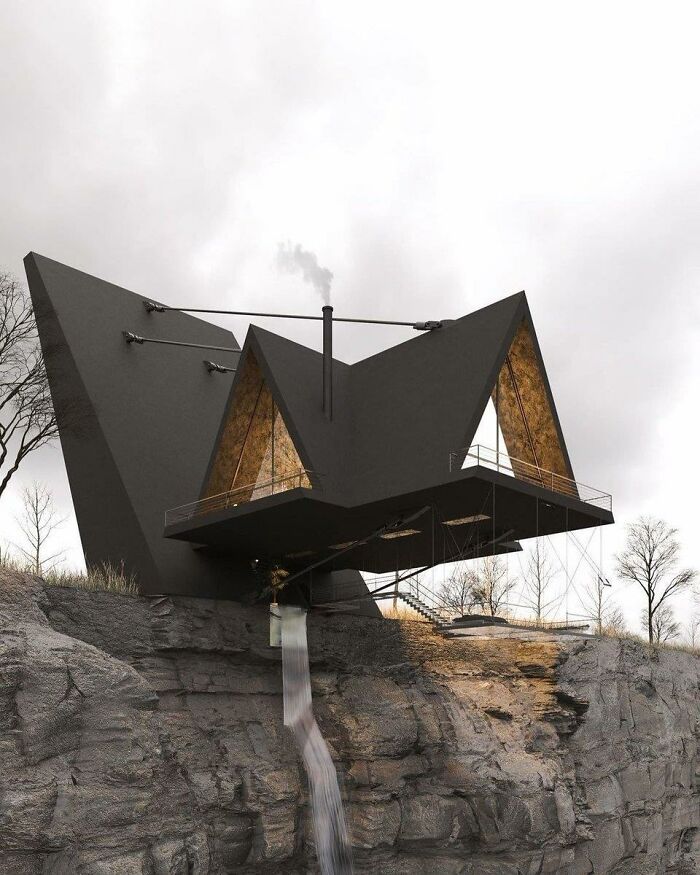
Image credits: architectureshaming
#3 This Pillar Was Straight Last Week. This Is The First Floor Of A Seven-Floor Building
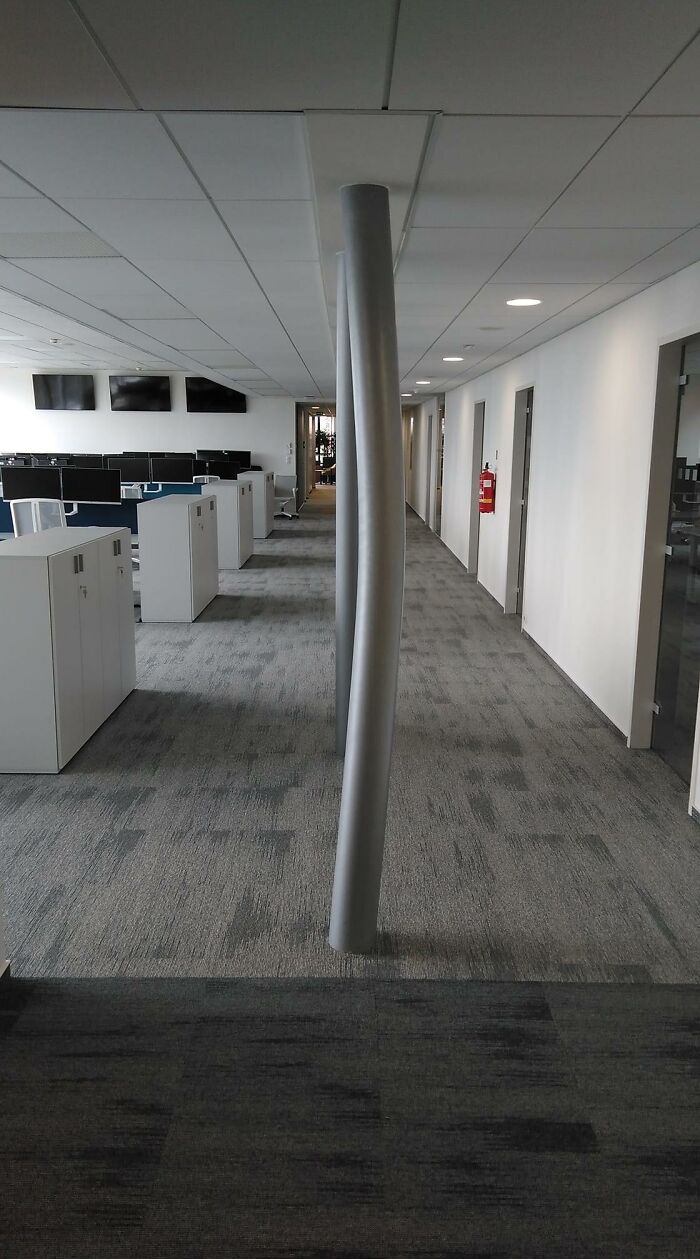
Image credits: architectureshaming
The Sweden-based urban planning expert explained to Bored Panda that while public spaces must meet safety and accessibility standards, aesthetic standards can be much more fluid for buildings. The expert spoke to Bored Panda on the condition that she remain anonymous. (Remember, just because you’re an expert in something and want to be helpful doesn’t mean that you always like the limelight… unlike quirky architecture which just begs you to look at it!)
“Most of the time, the elements of the built environment should be in harmony amidst each other and with the surroundings. However, sometimes, something bolder and out-of-the-box might form an engaging contrast,” she said. However, the urban planning expert shared with Bored Panda that, in her personal opinion, our built environments have to engage us, as well as stimulate our minds and senses. In fact, she believes that architecture’s ability to make us think is one of its most powerful aspects.
#4 The Cactus Is *chef’s Kiss
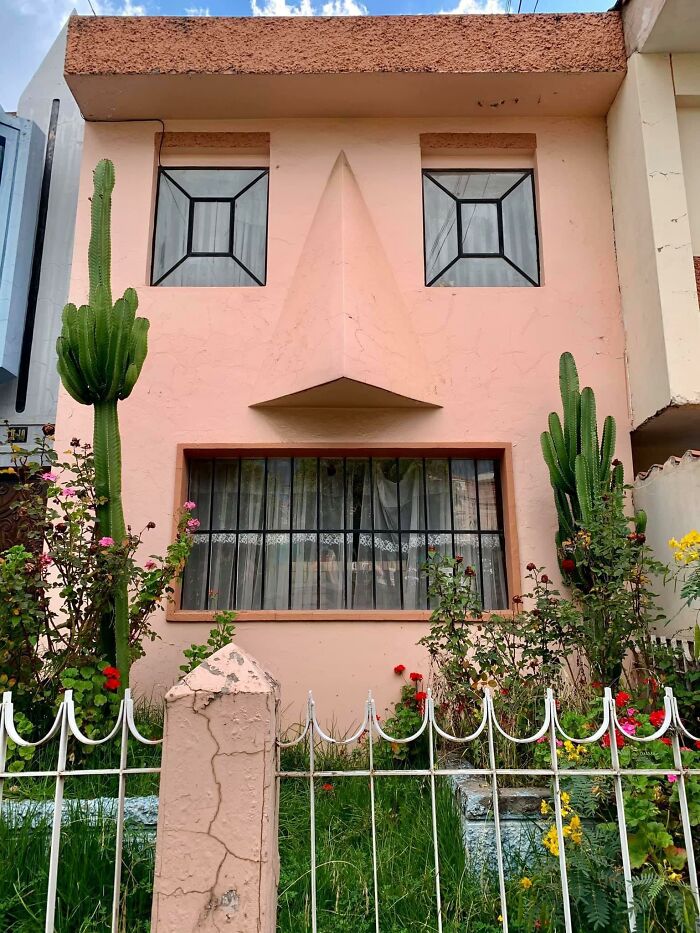
Image credits: architectureshaming
#5 This Is Not Photoshopped
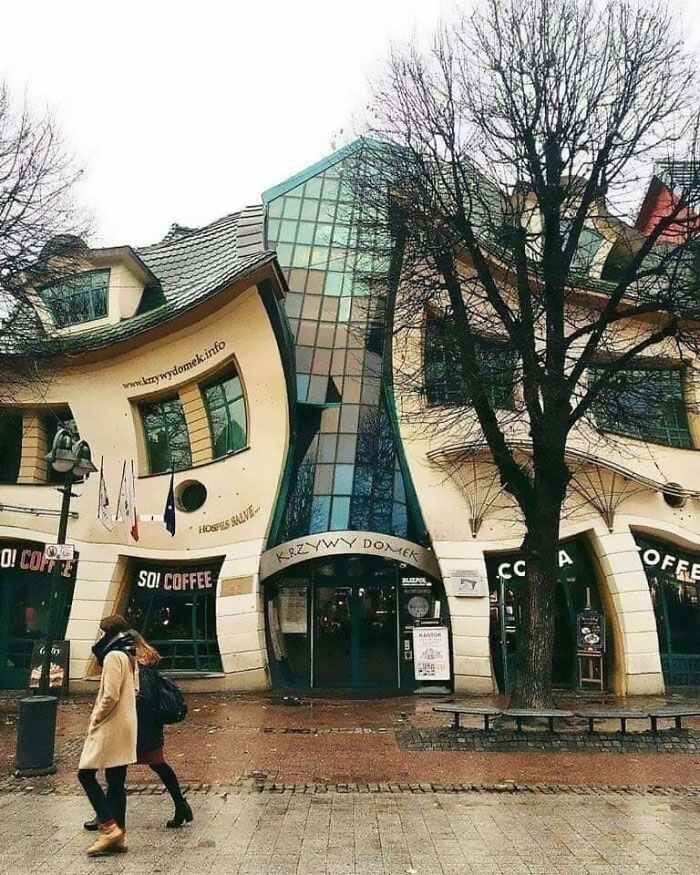
Image credits: architectureshaming
#6 Opera And Ballet Theatre Of Cheboksary (Russia)
Top: original picture
Bottom: slightly photoshopped picture

Image credits: architectureshaming
“There are circumstances where the architecture should create a sense of calmness and safety, yet there are instances in which it is not bad if the architecture provokes us and makes us think, ‘Why don’t I like the look of this building?’”
The urban planner said that we should give people the freedom to express themselves as they wish when it comes to designing their private property. As long as they have the means, nearly everything is allowed, in her opinion.
#7 That Gives Me Anxiety
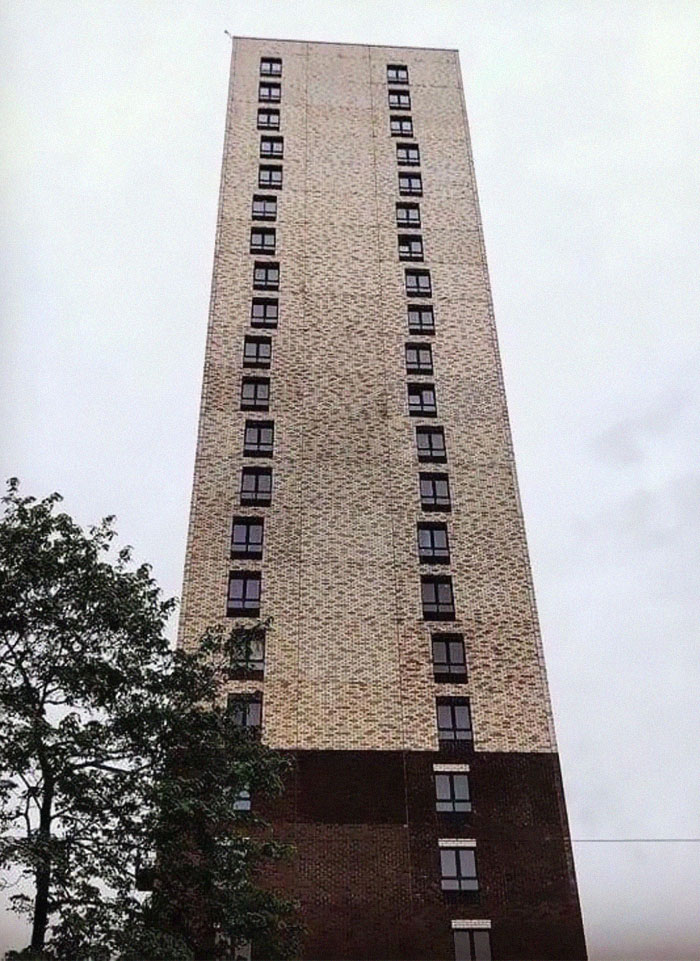
Image credits: architectureshaming
#8 I Might Like This If Those Were Slides

Image credits: architectureshaming
#9 A Friend Of Mine Cross-Posted This And It Made Me Think Of Y’all
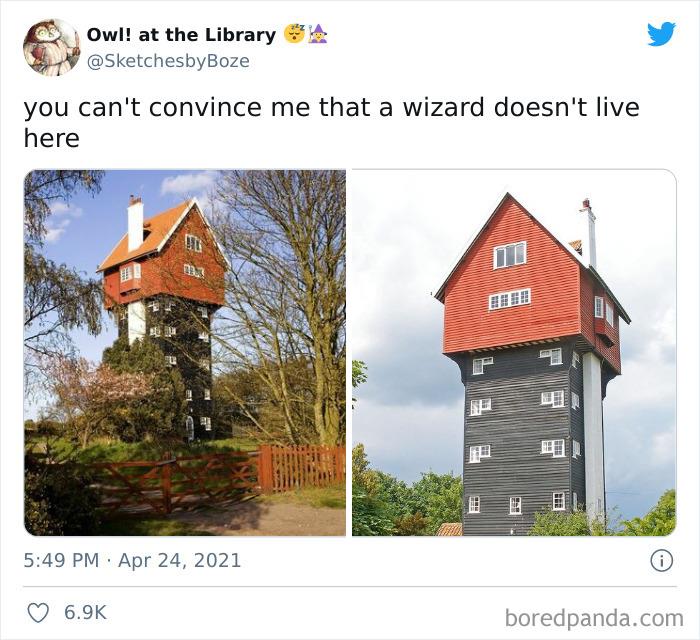
Image credits: architectureshaming
“Quirky architecture comes from our innate desire to demonstrate our uniqueness. However, not everyone who has the means has an average taste for aesthetics. Yet, as long as it is for the people who inhabit or use their private space, I mean why not?” she told Bored Panda that as long as you’re not actively harming anyone else with how bad your designs are, you should be able to be as unique as you want. Even if it falls short of objective aesthetic standards.
#10 This Looks Like A Place A Villain Would Live
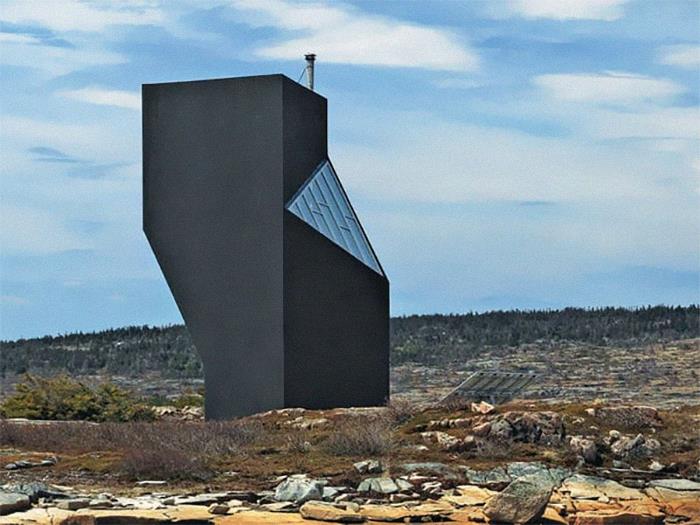
Image credits: architectureshaming
#11 Who Remembers Those Gerbil Enclosures That Look Like This?
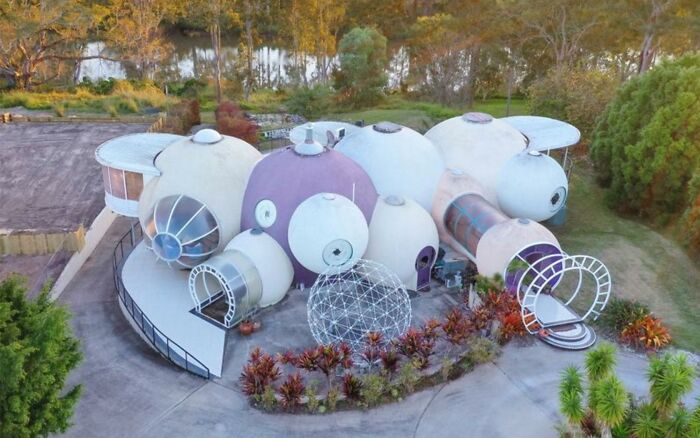
Image credits: architectureshaming
#12 I’ll Meet Your Brutalism, And Raise You This
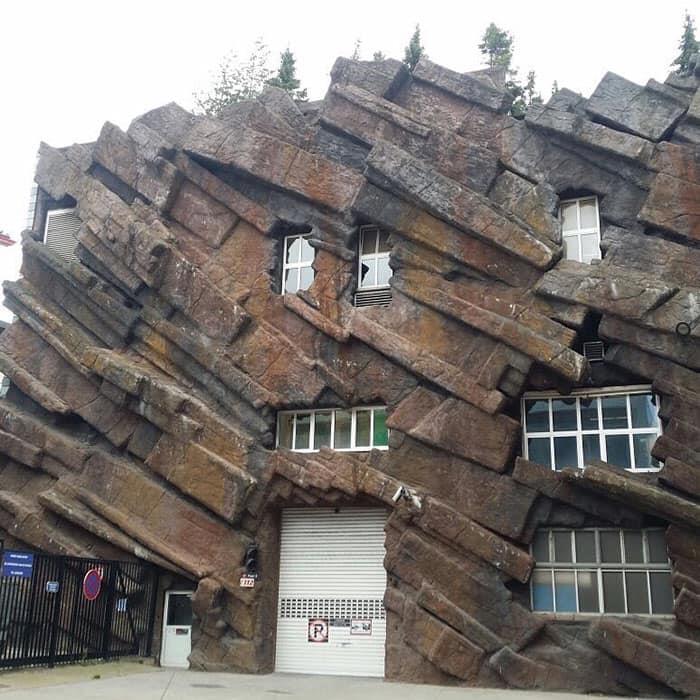
Image credits: architectureshaming
However, the expert acknowledged that others in the industry might not see things the way that she does. Others, she said, believe that private property must be in harmony with the surroundings.
“But, I think that we should not cross that thin line where architecture becomes reserved for only the wealthy and for those with ‘good taste’ (whoever decides that). I’m only talking about private property here, though. When it comes to public space, there should be a consensus between the public and the professional about the design,” she said that the rules for the private and public spheres are very different.
#13 Art Nouveau On Psychedelics

Image credits: architectureshaming
#14 Um… What Is This?

Image credits: architectureshaming
#15 “Sharkitecture”
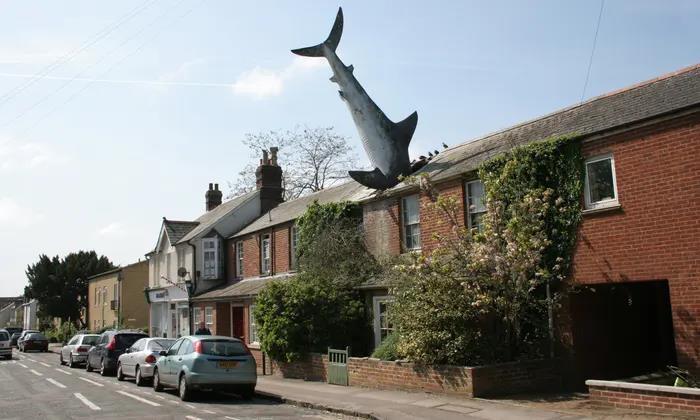
Image credits: architectureshaming
The urban planning expert also had some advice when it comes to design. “Firstly, even though I often advocate for unconventionally looking buildings, I do not encourage purposefully provocative architecture. The building should be designed with the intention to accommodate and protect society. It should create a sense of safety but not be boring,” she told Bored Panda that we ought to strike a balance between uniqueness and service, expression and community.
#16 A House I Used To Drive Past In A Little Iowa Town. All I Ever Heard From Locals Was That This Place Had A Terrible Leaking Problem When It Rained
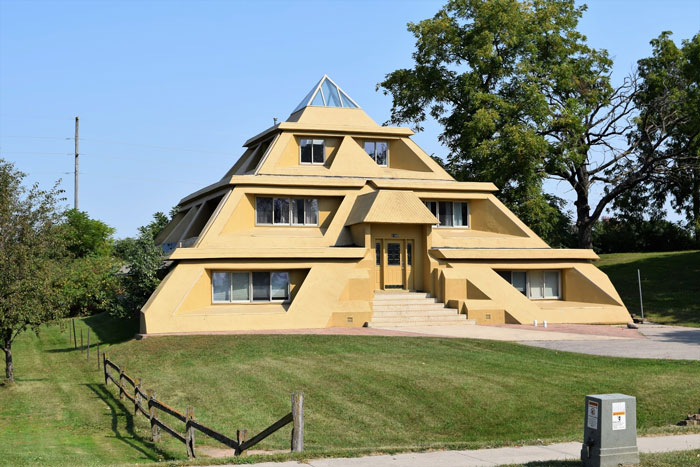
Image credits: architectureshaming
#17 Toilet-Shaped House (Named Haewoojae), Built By Sim Jae-Duck, The Chairman Of The Organizing Committee Of The Inaugural General Assembly Of The World Toilet Association
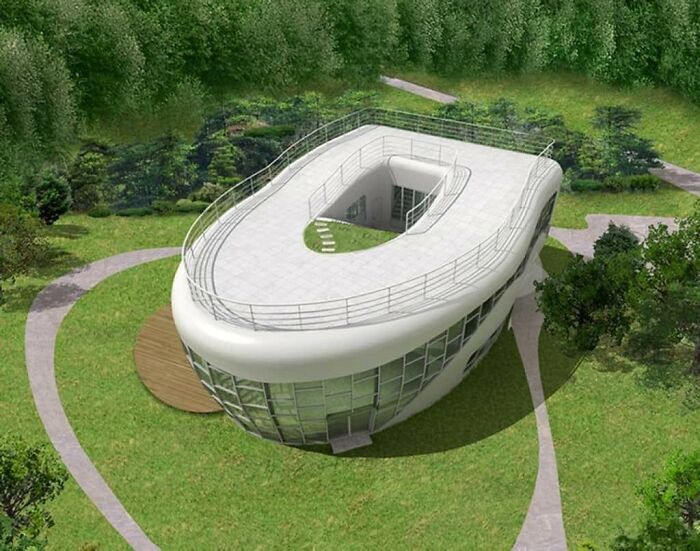
Image credits: architectureshaming
#18 I Wonder Who Thought This Would Be A Good Idea
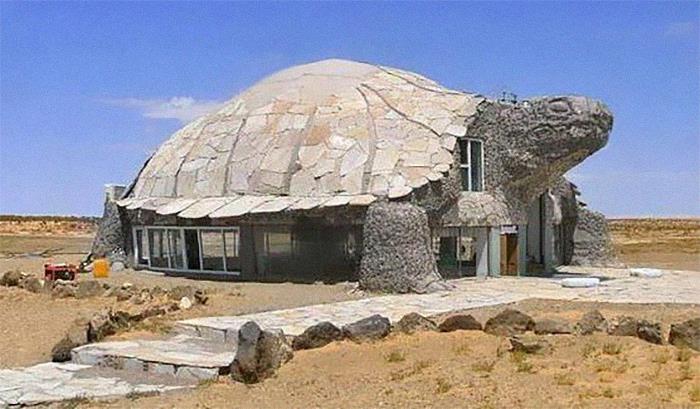
Image credits: architectureshaming
What’s more, the expert from Sweden pointed out that accessibility, inclusiveness, and empowerment should also be key features of any architectural project. “Also, I prefer somewhat complex but systemic designs. Minimalistic and box like floor plans are good in some cases where easy access is necessary (for example, hospitals) yet they can be completely mind-numbing while more complex floor plan designs are more mind-stimulating (for example, good for schools, in my opinion).”
#19 The “Snail House” In Bulgaria Actually Does Look Like A Snail
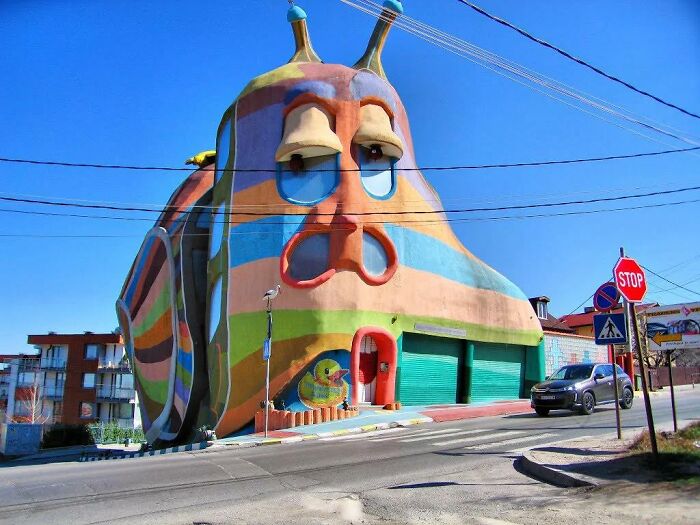
Image credits: architectureshaming
#20 You Too Can Have Your Own White Castle

Image credits: architectureshaming
#21 I Will Haunt Your Dreams! Residential Building In Belgium
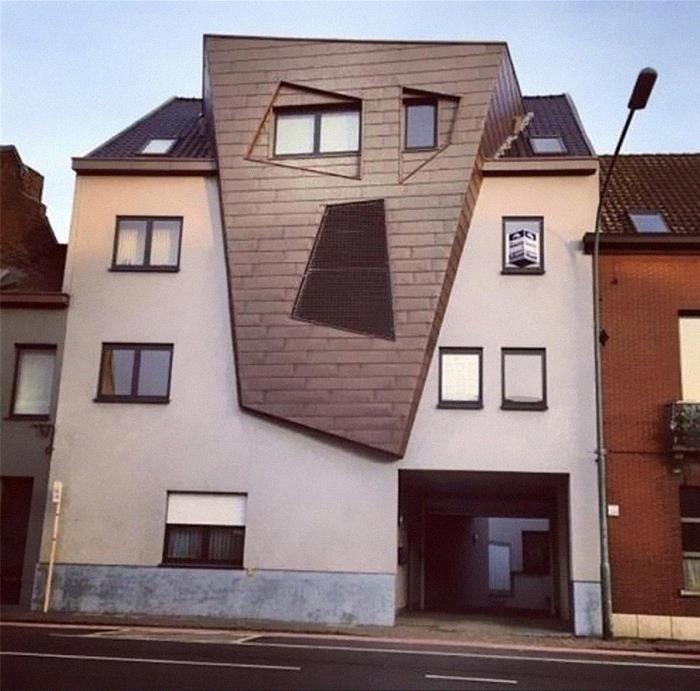
Image credits: architectureshaming
At the time of writing, the ‘That’s It, I’m Architecture Shaming’ community had 64.1k members. However, it’s growing so rapidly, that by the time you’re reading this, dear Pandas, that number could be much, much higher. Just in the last week alone, the group grew by over 7.3k members. And they’ve made upwards of a thousand posts in the last month.
#22 Interesting Concept

Image credits: architectureshaming
#23 I Think Syndrome From The Incredibles Lived Here
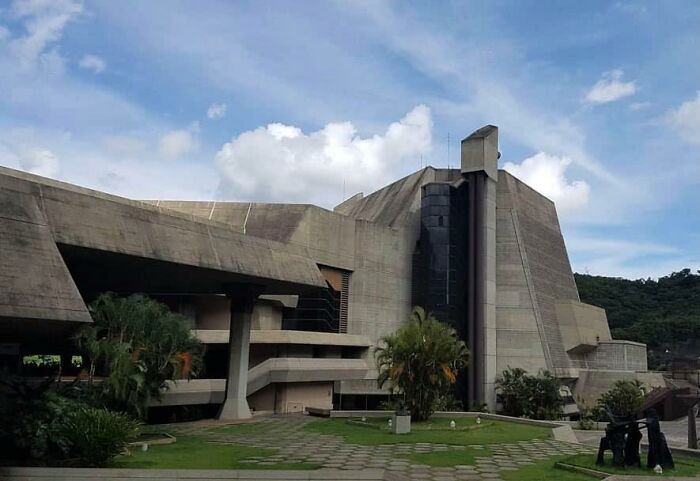
Image credits: architectureshaming
#24 Can We All Just Take A Moment And Acknowledge That Prince Produced Some Great Music, But He Lived In A Water Treatment Station
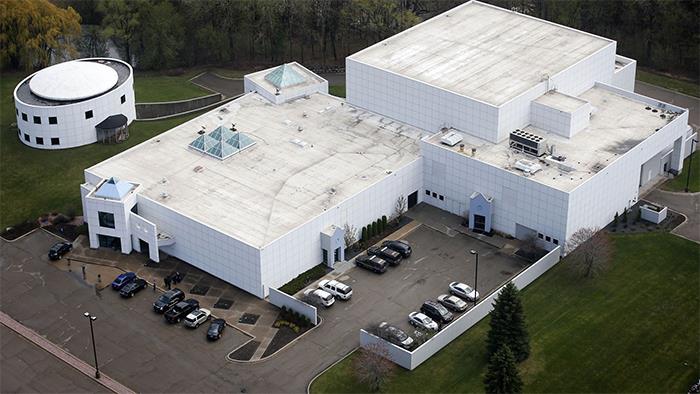
Image credits: architectureshaming
Because of this fast growth and the issues that came with it, the administrator of the ‘Architecture Shaming’ group, Oregon-based Matthew Brühn, addressed the community and the changes that took place in April. In short, the rules are much more structured now.
#25 Bangkok’s Elephant Building. The Tusks Are A Bowling Alley In My Imagination
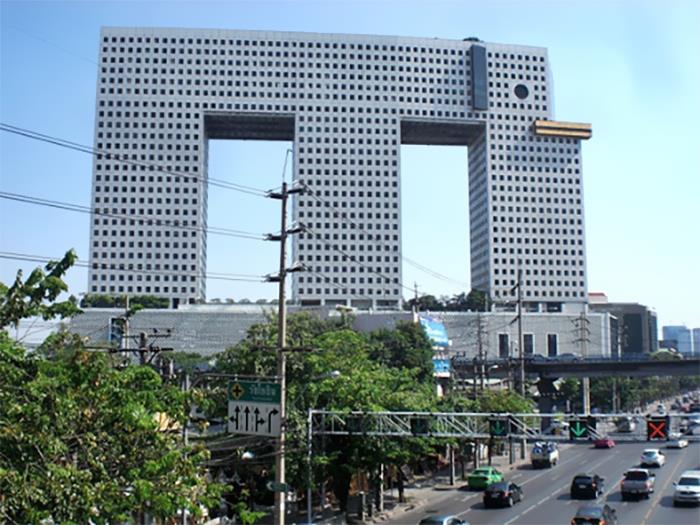
Image credits: architectureshaming
#26 This Is Plane Awesome
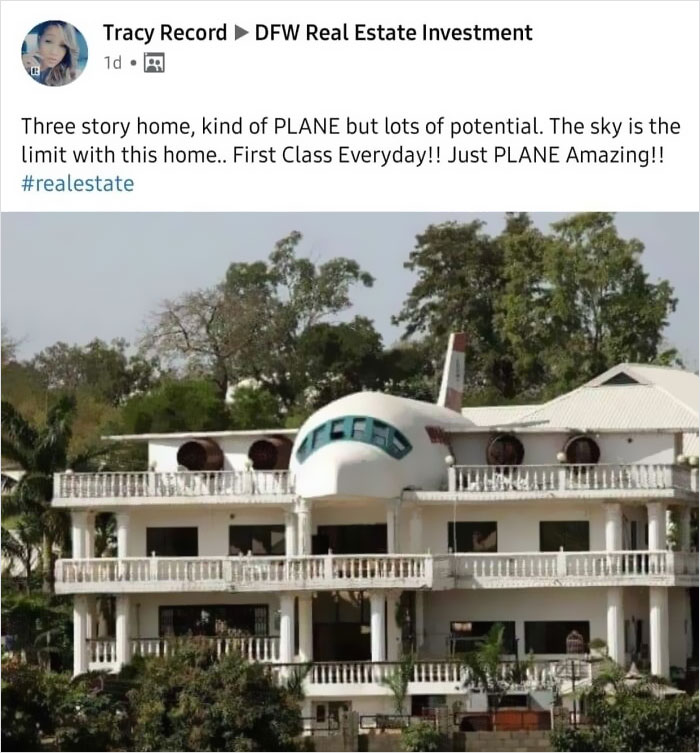
Image credits: architectureshaming
#27 They Drew The Line At A Fountain In The Kitchen

Image credits: architectureshaming
Matthew pointed out that the admins have been getting tired of the “massive influx of negativity” that came with more and more members joining the community. While the admin expressed his admiration for how wonderful many members are, he also noted that the group will start filtering out overly-aggressive posts.
#28 Why?
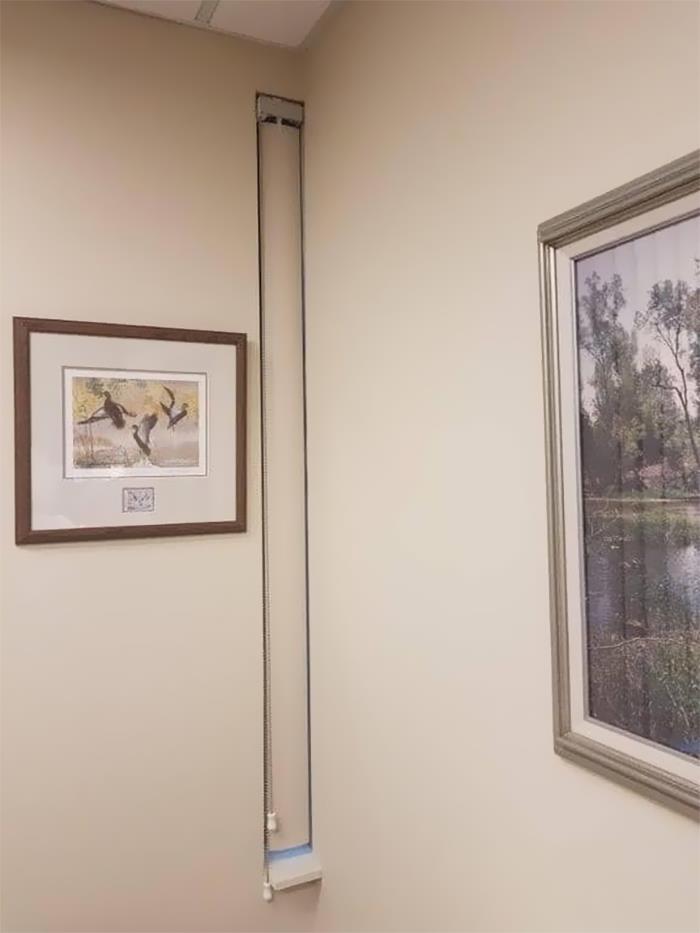
Image credits: architectureshaming
#29 Saw This On A Walk Today. A Table Lamp, In A Glass Box, Hanging From The Roof Of A Carport
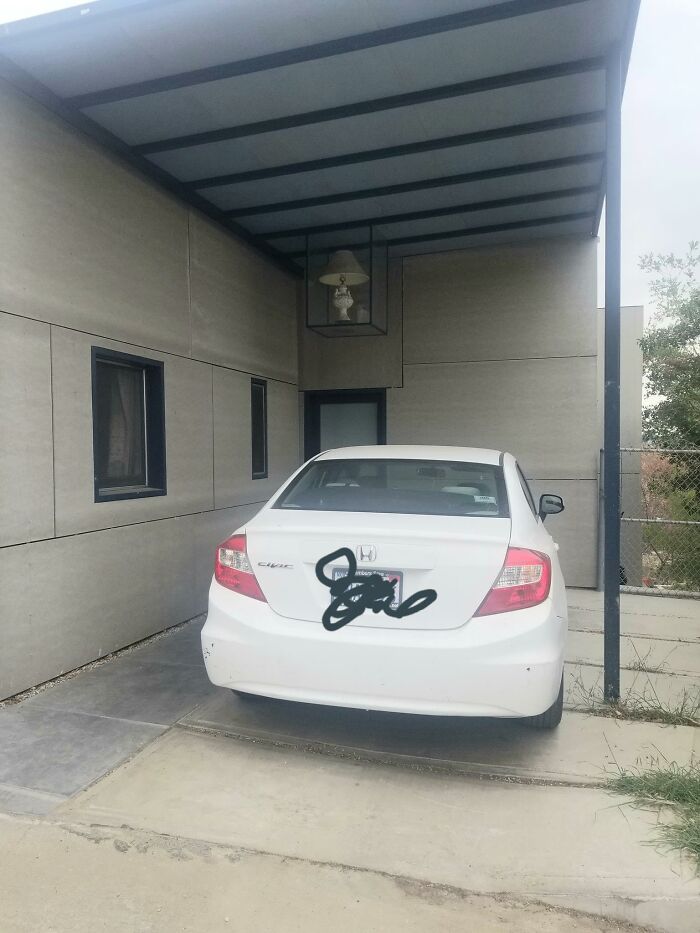
Image credits: architectureshaming
#30 Spotted This Gem In Tel Aviv
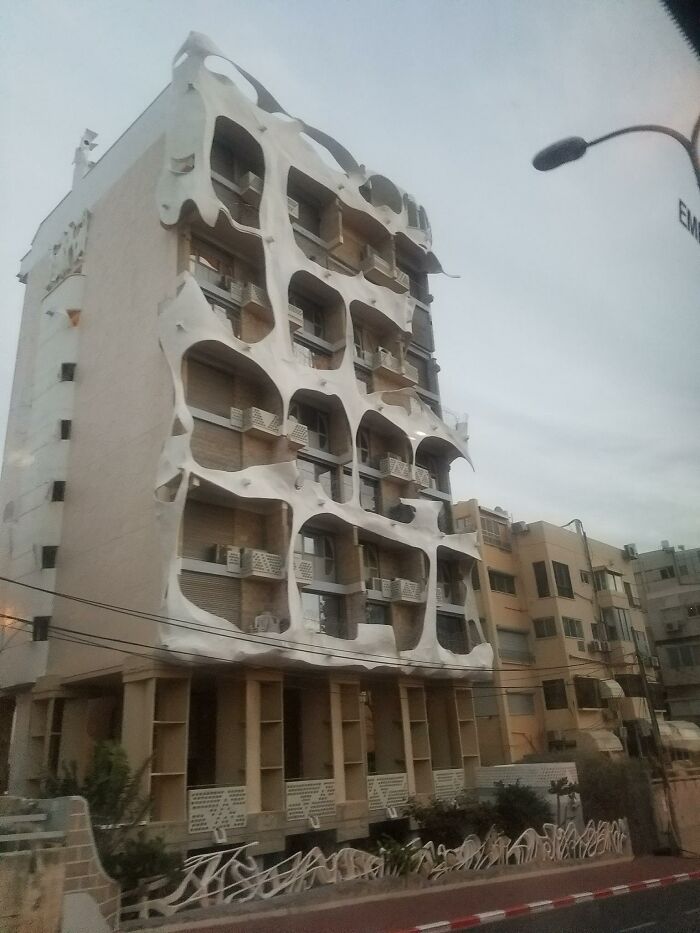
Image credits: architectureshaming
“Don’t take it personally; we’re just trying to create an atmosphere where we can all have fun and be kind. There’s now the equivalent of a small city of us all here now, so that will be more difficult,” Matthew pointed out. He added that mentions of politics and religion will be deleted while all potential new members have to answer some questions before they get in. Which, at the end of the day, leads to a friendlier and happier community that, we’re sure, plenty of you Pandas will want to join.
#31 Surrealist Neighborhood
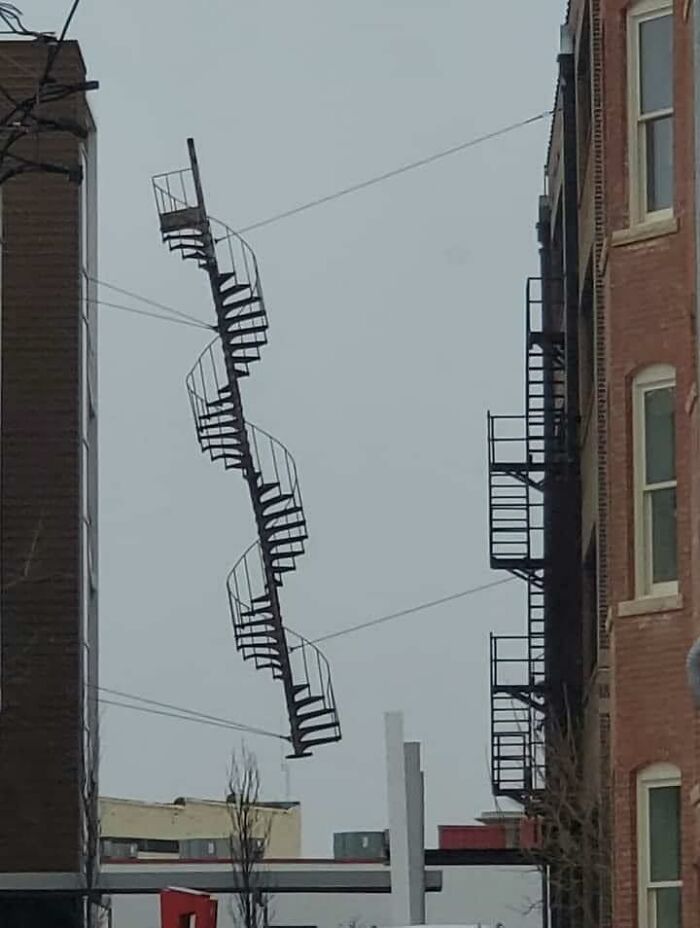
Image credits: architectureshaming
#32 This Building Has My City In A Uproar
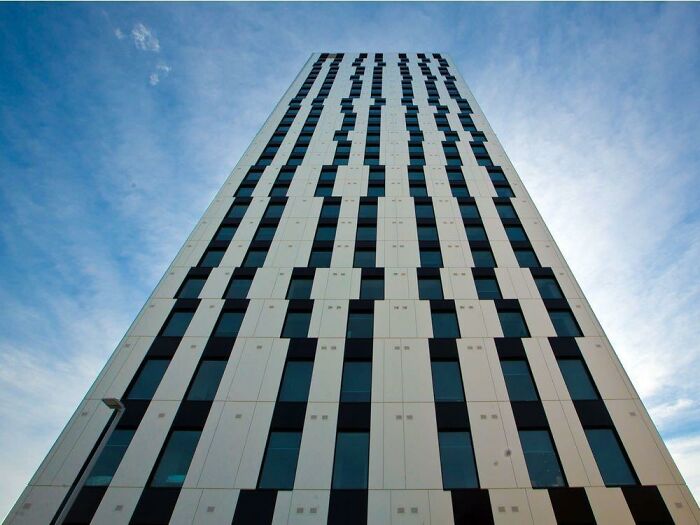
Image credits: architectureshaming
#33 Forbidden Waffle In Santiago
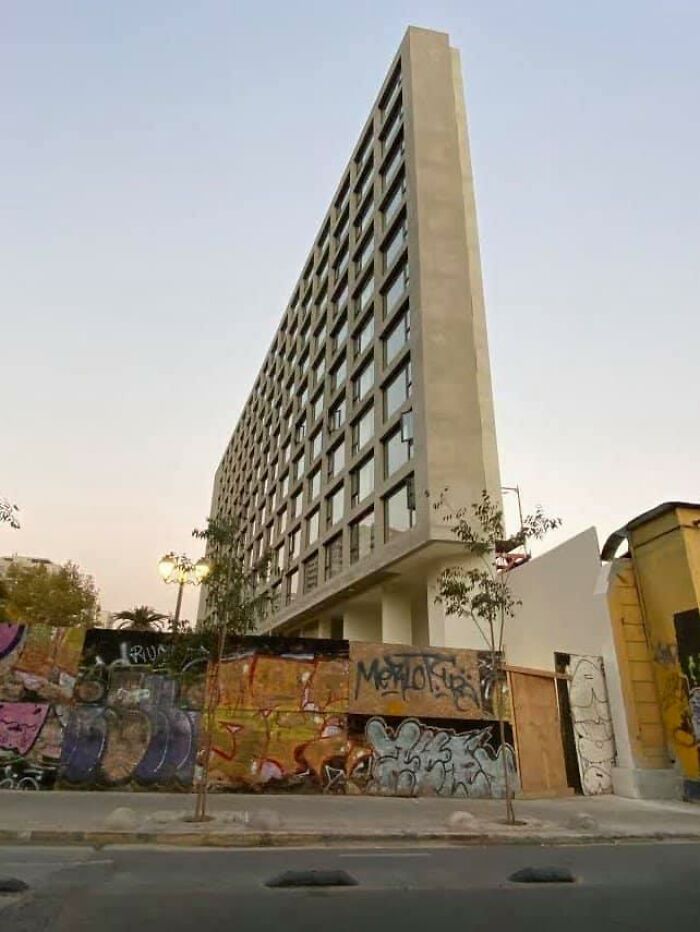
Image credits: architectureshaming
#34 The Glorious Flower Of Communist Brutalism That Is The Former Central Post Office In Skopje, Macedonia. Some People Want It Preserved
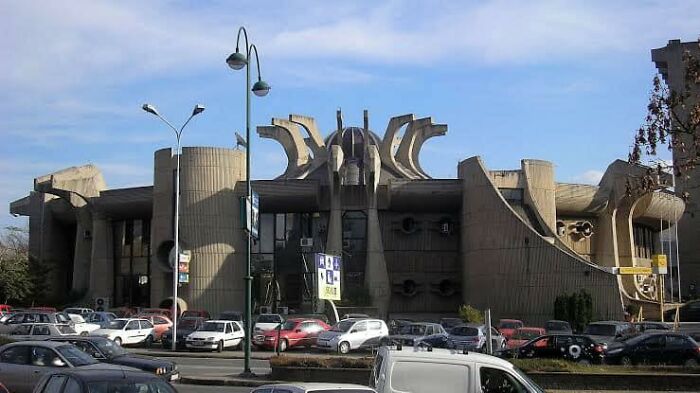
#35 This Place Is All Curb Appeal

Image credits: architectureshaming
#36 Please Don’t Take It Too Seriously, Just A Surprised House

Image credits: architectureshaming
#37 Kind Of Reminds Me Of A Church (Granted, A Strange One) But It’s Actually A House With A 6,000 Sq. Ft. Garage… And Its Own Car Wash
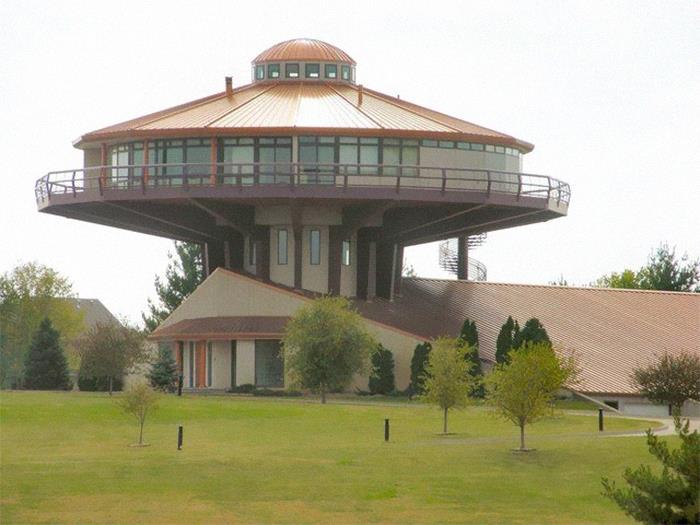
Image credits: architectureshaming
#38 I’ve Been Looking At Homes Trying To Get Ideas For When We Move In A Few Years And I Came Across A House That Was Perfect In Every Way Except One
What in the ever living fudge is this – one pass thru is ‘eh, but this one has three-at different levels plus the added detriment of the worlds worst architectural detailing around it. Please someone else tell me that you hate this as much as I do. I know it’s probably more interior design but it’s just so ugly.
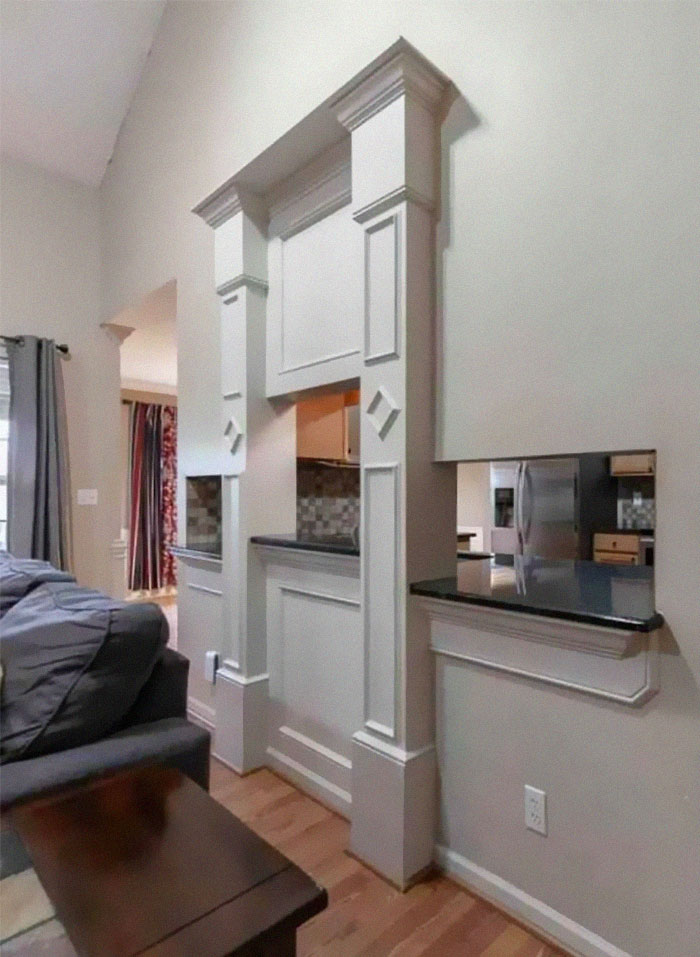
Image credits: architectureshaming
#39 Just
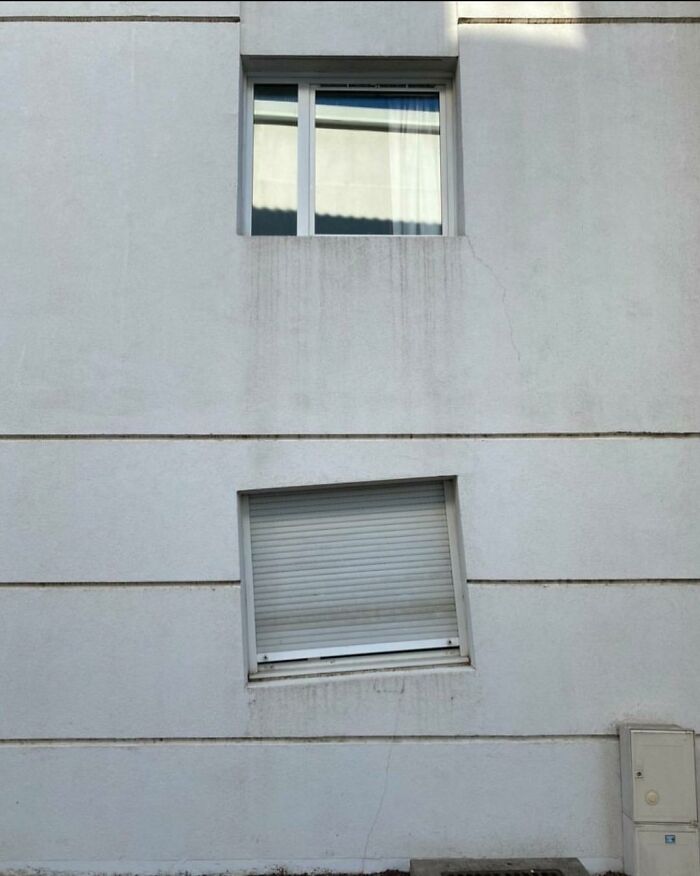
Image credits: architectureshaming
#40 Car Dealership Trying For More Of A Classy Look!
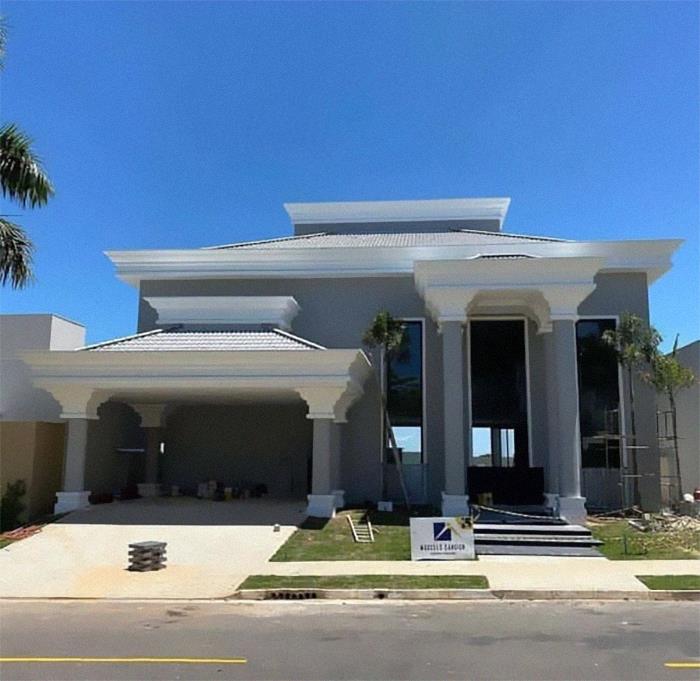
Image credits: architectureshaming

